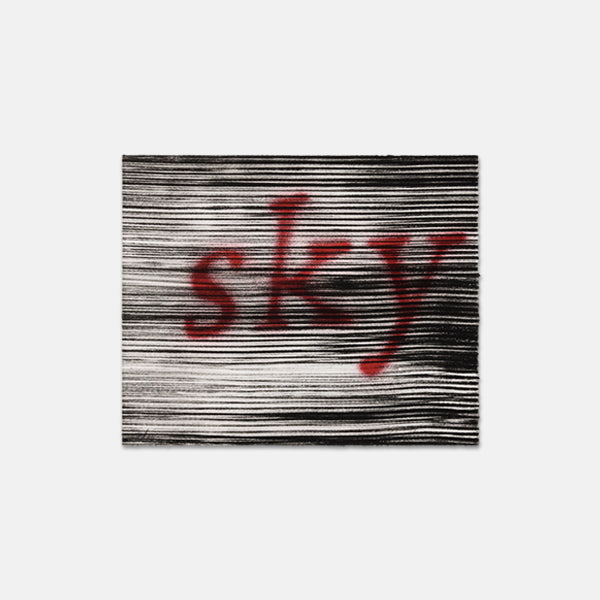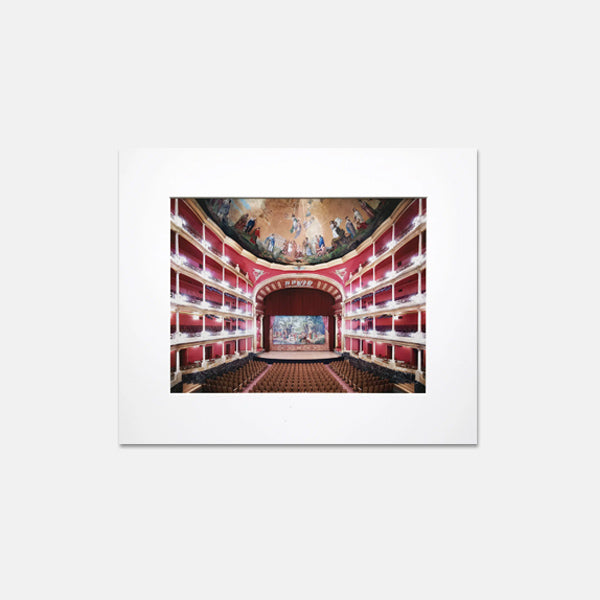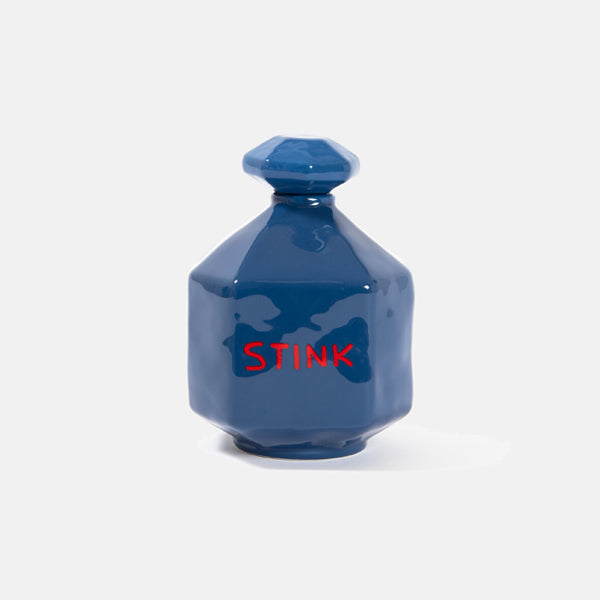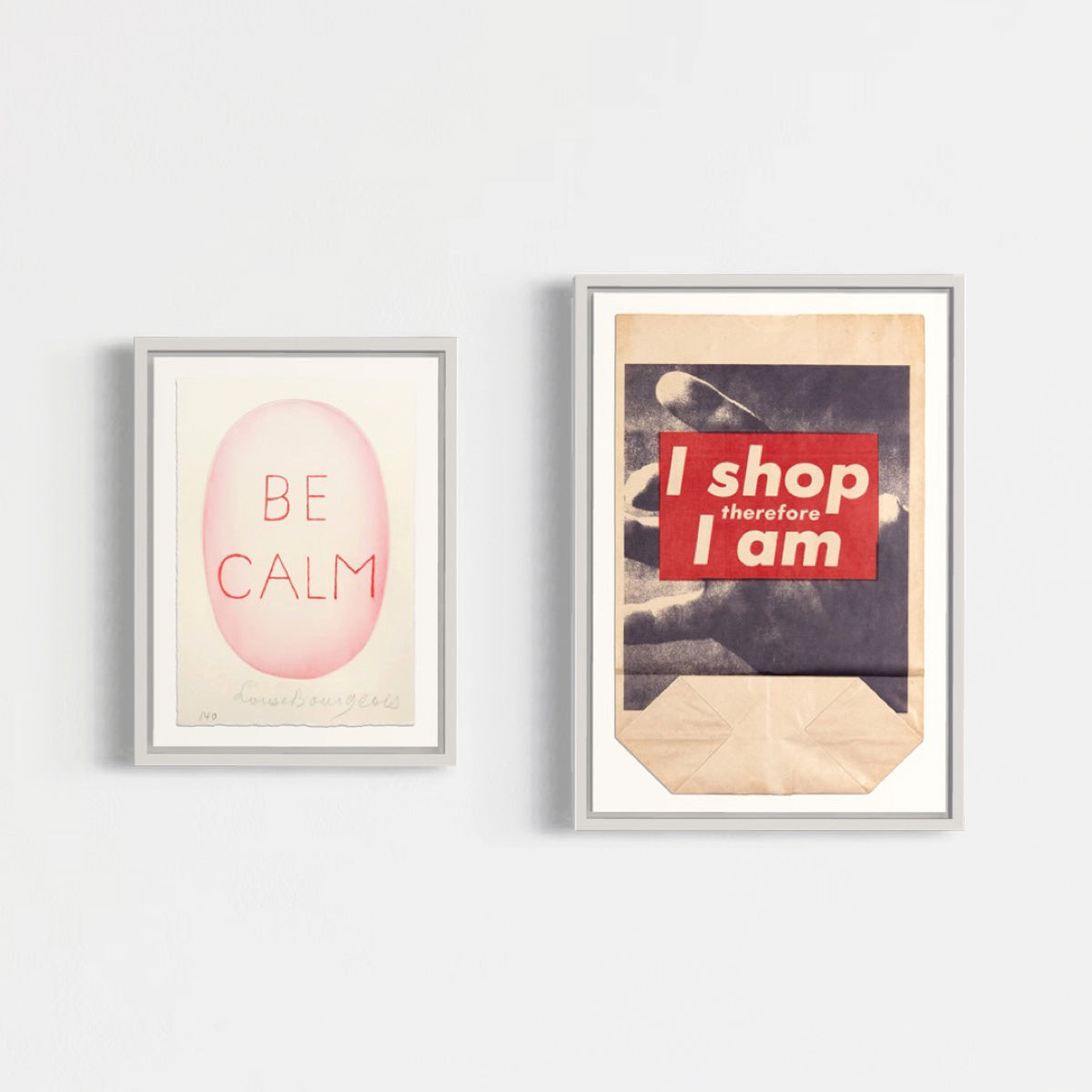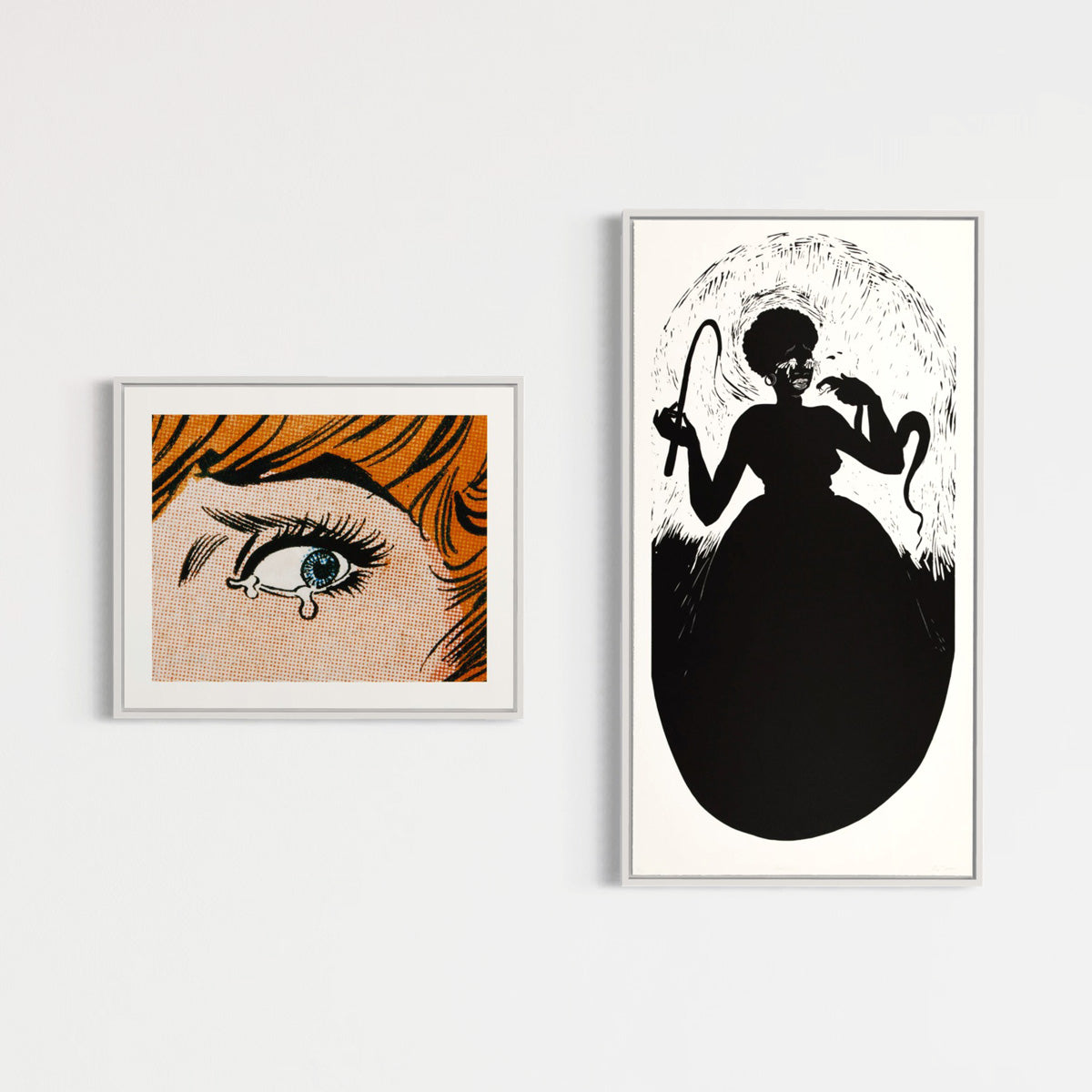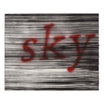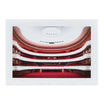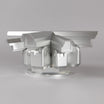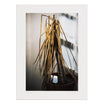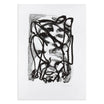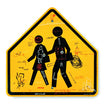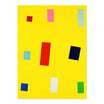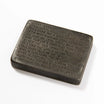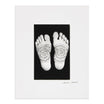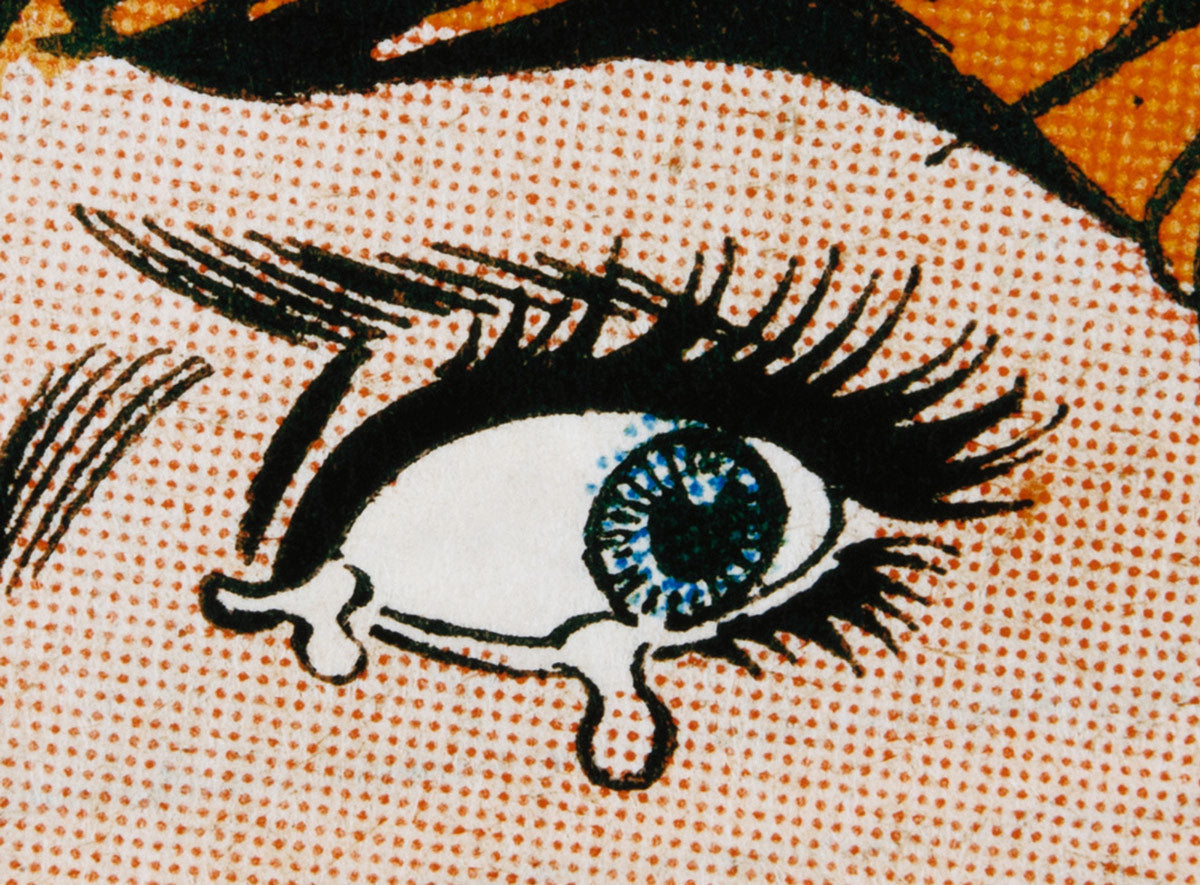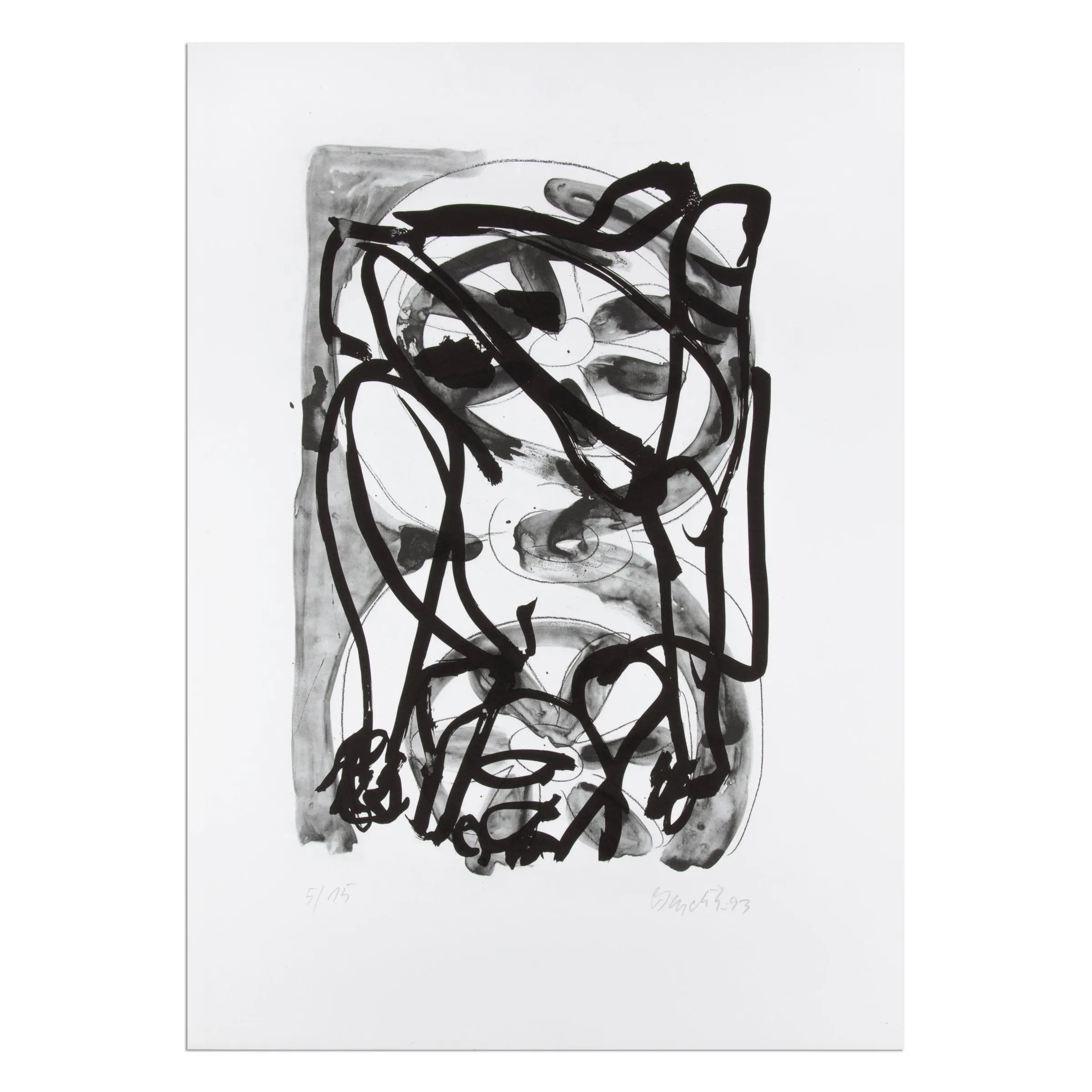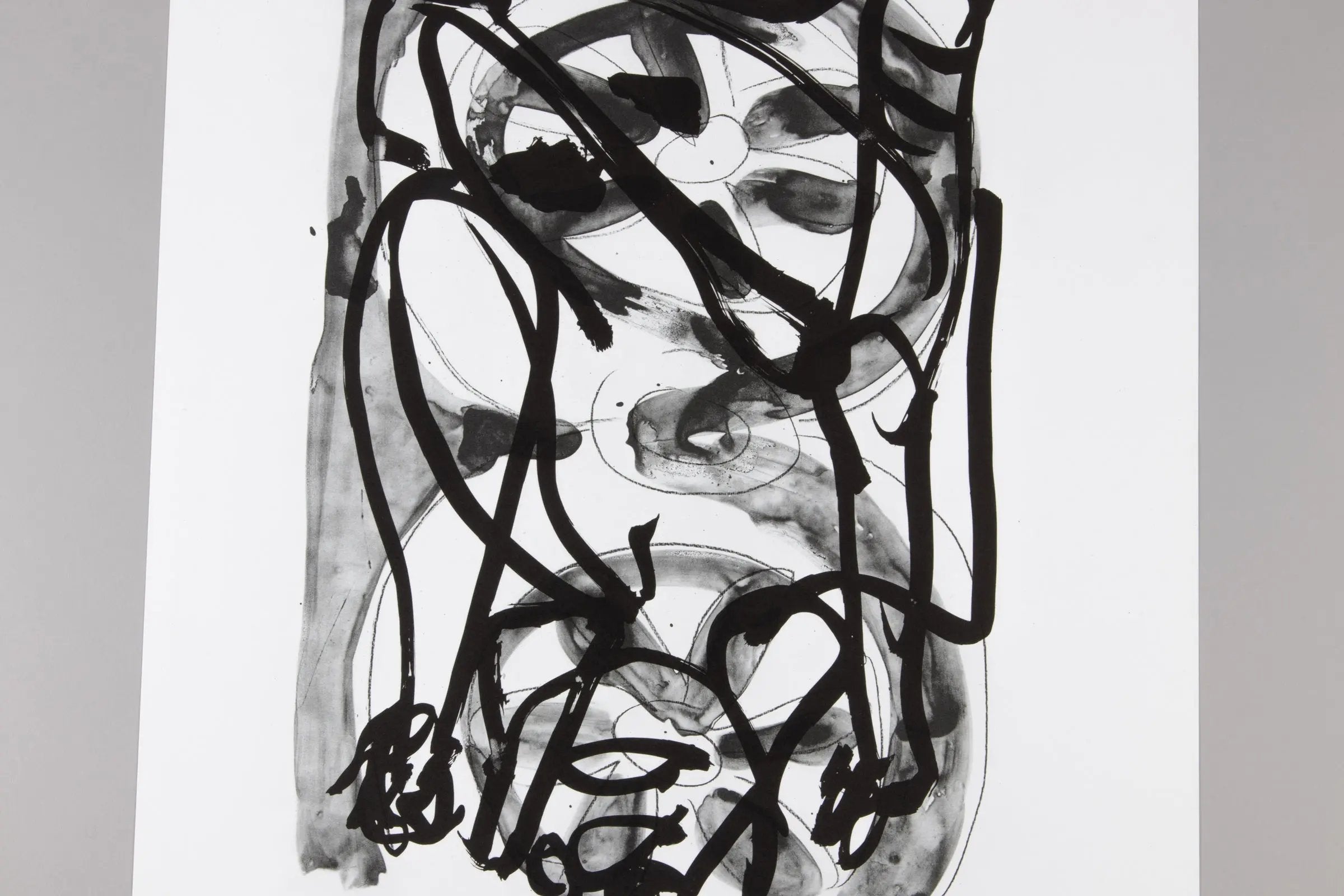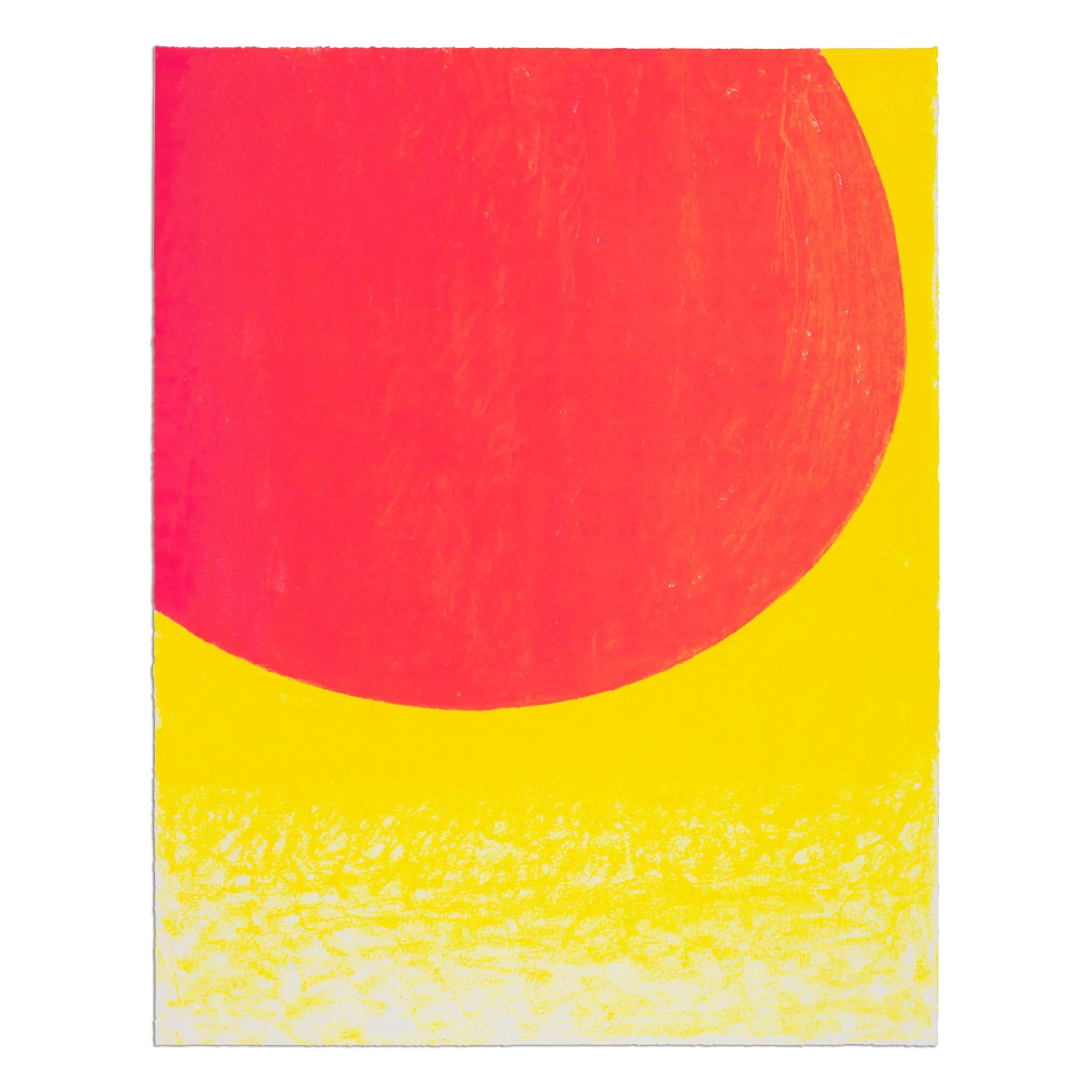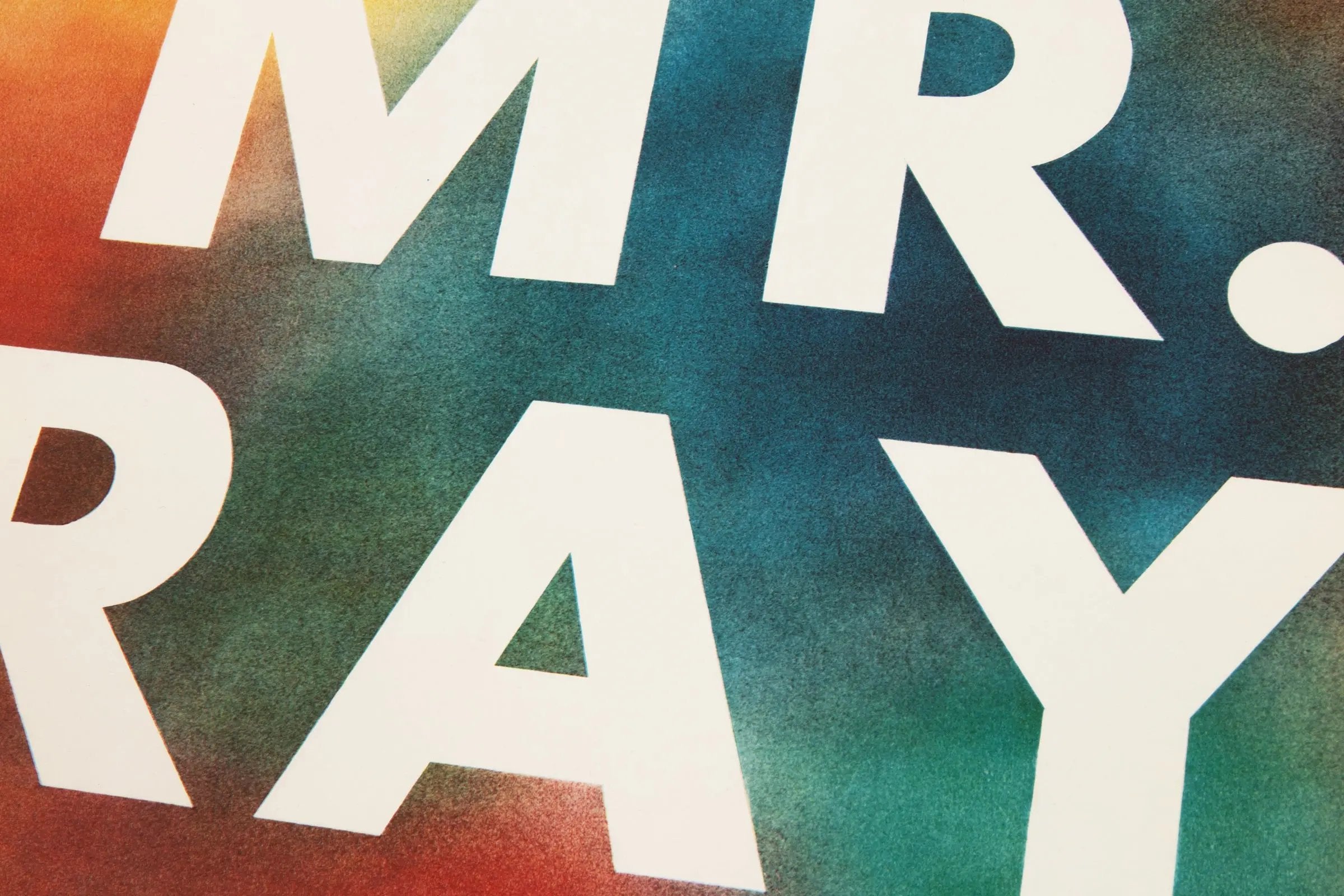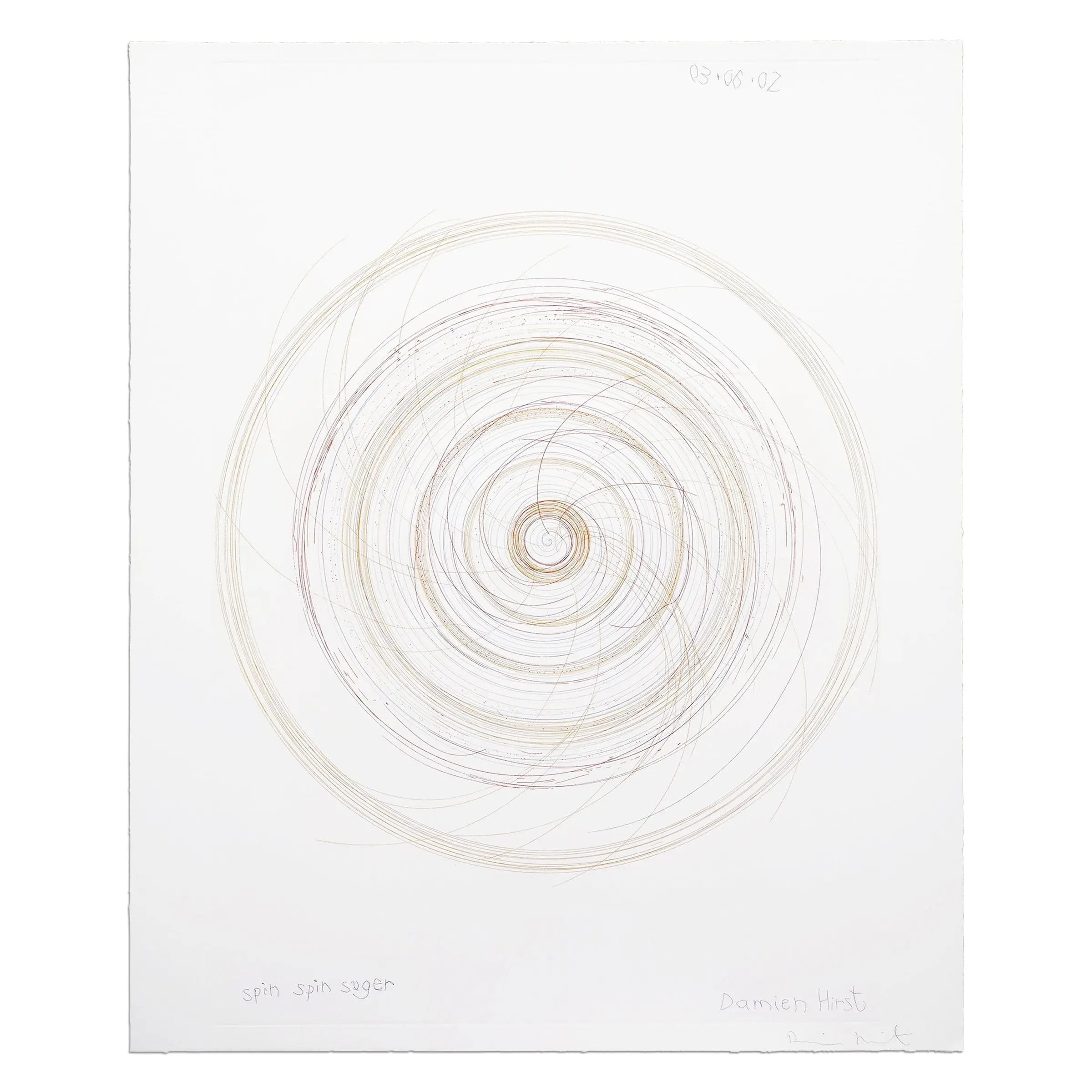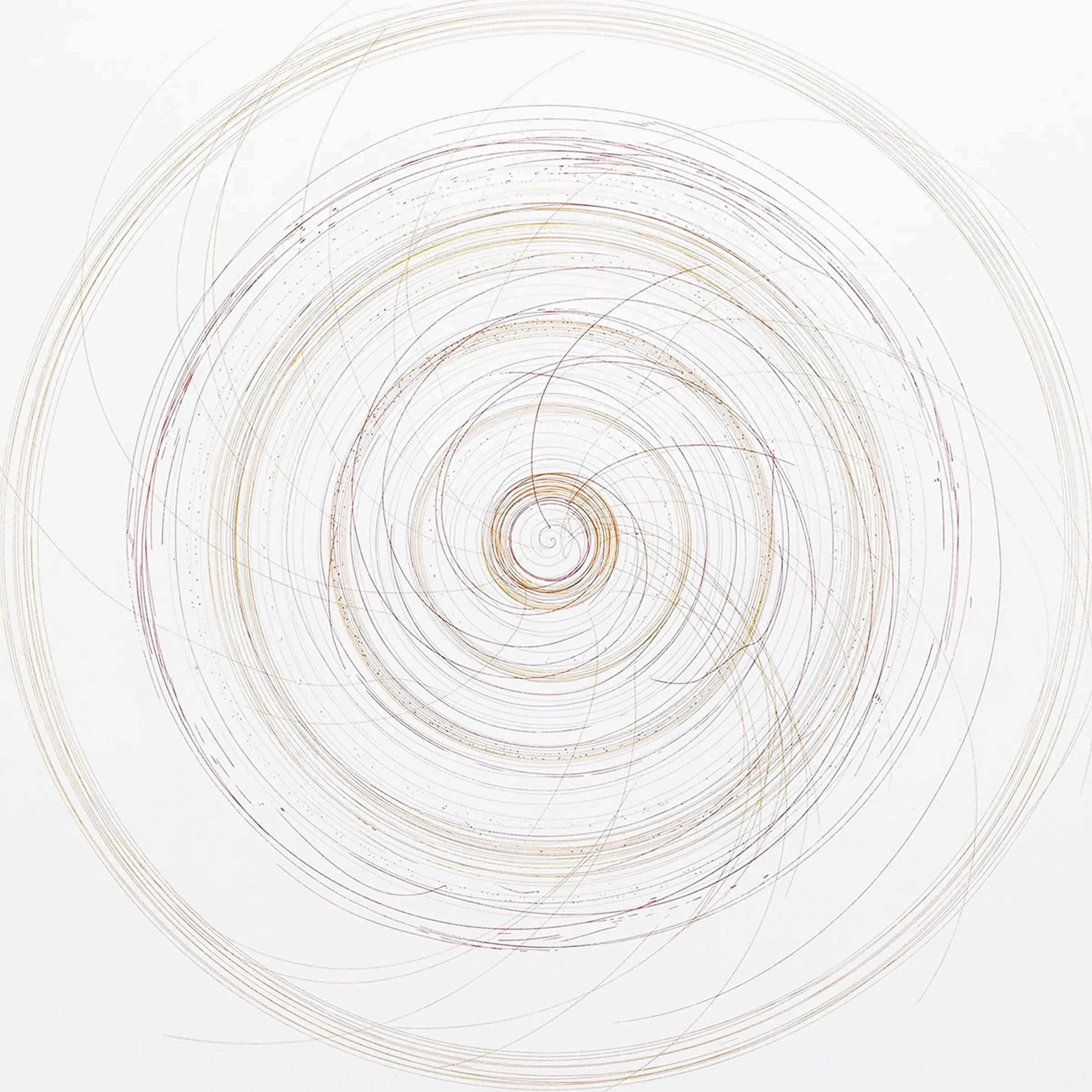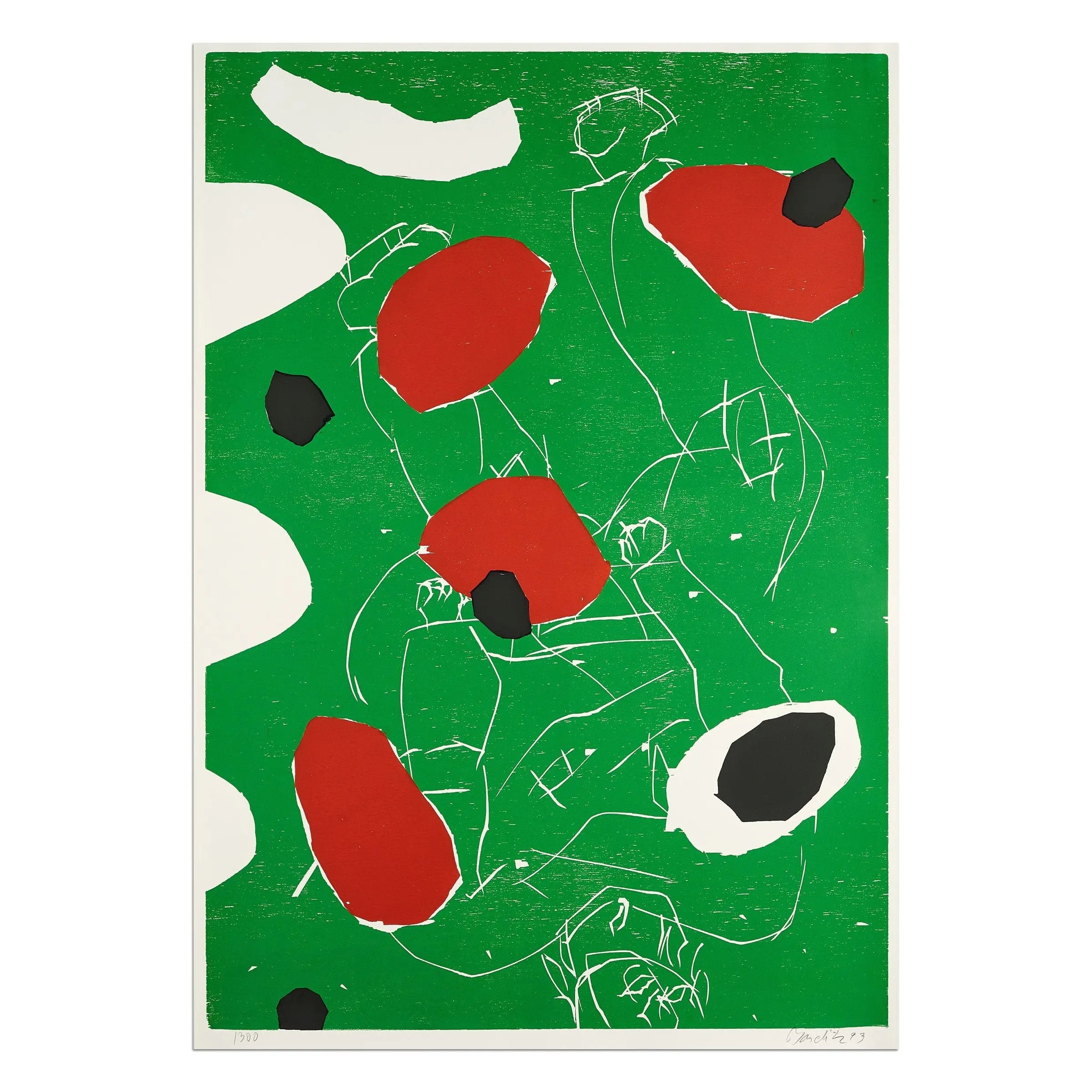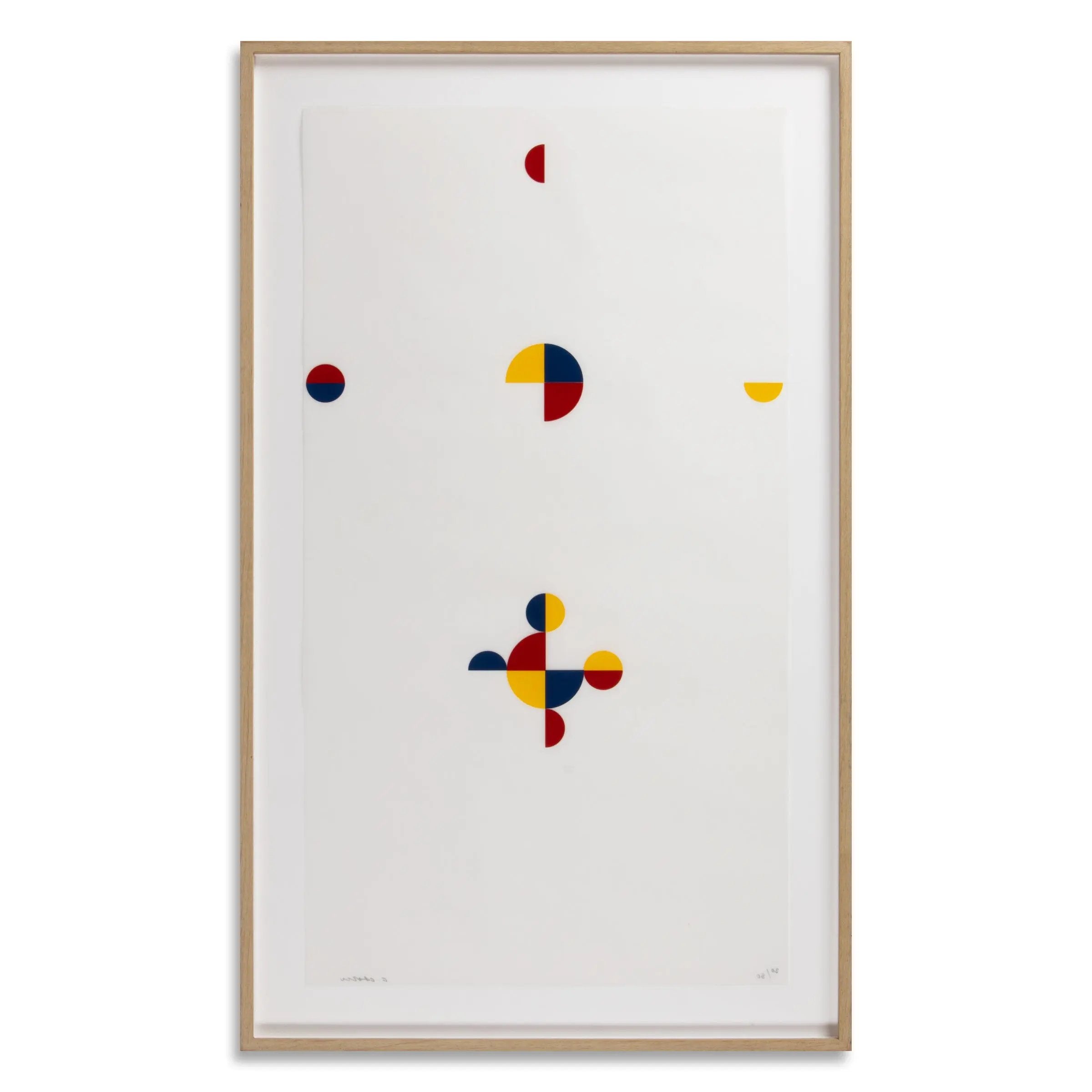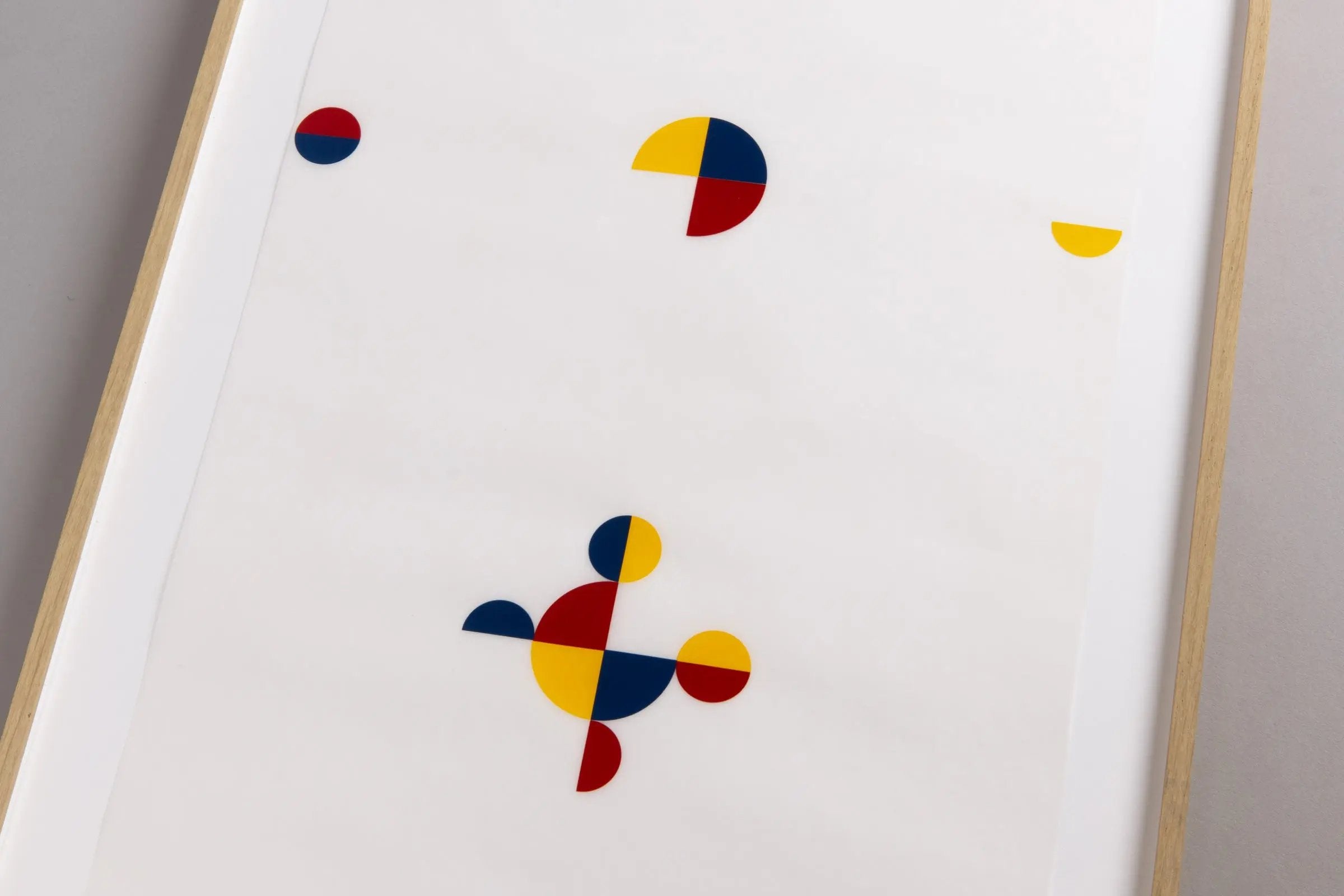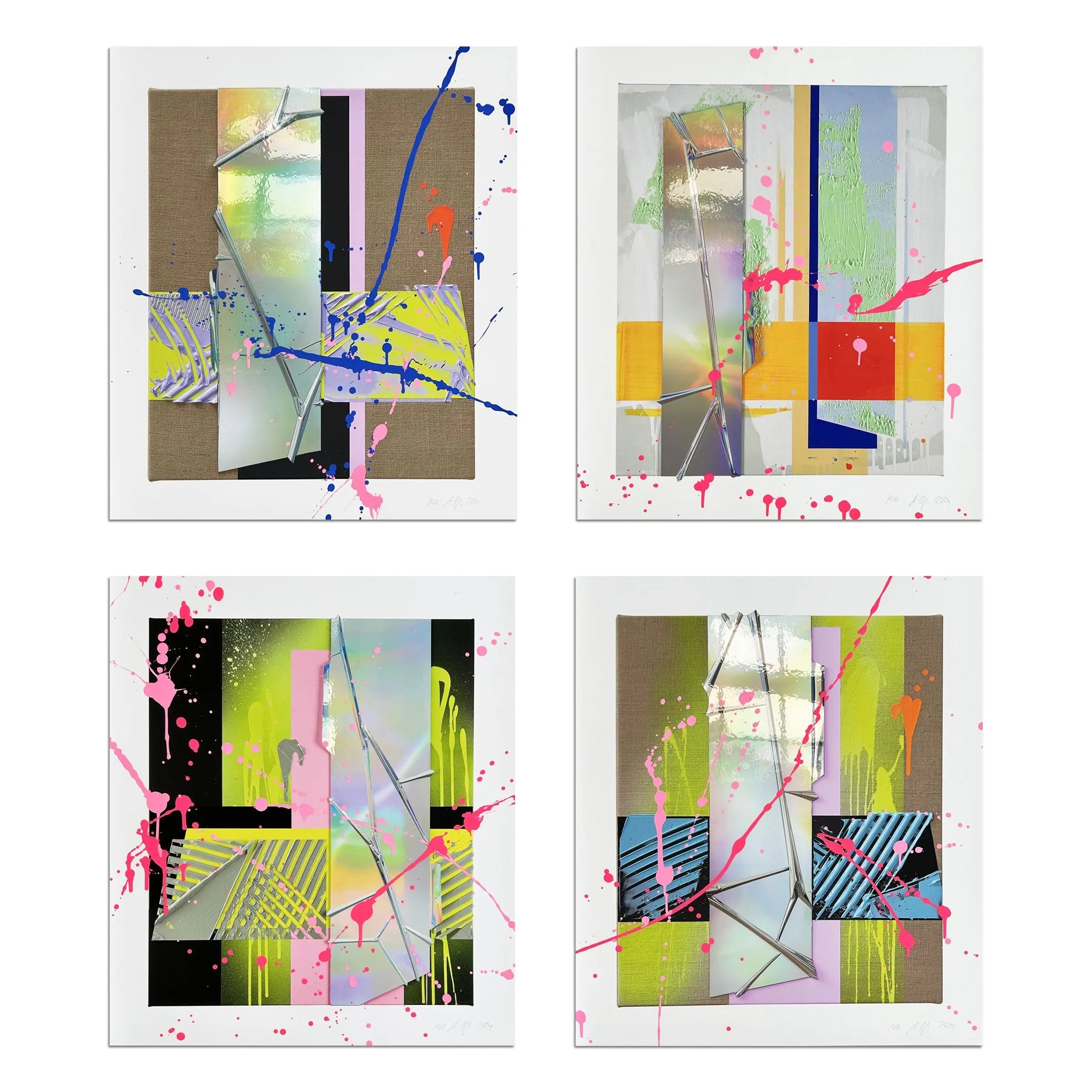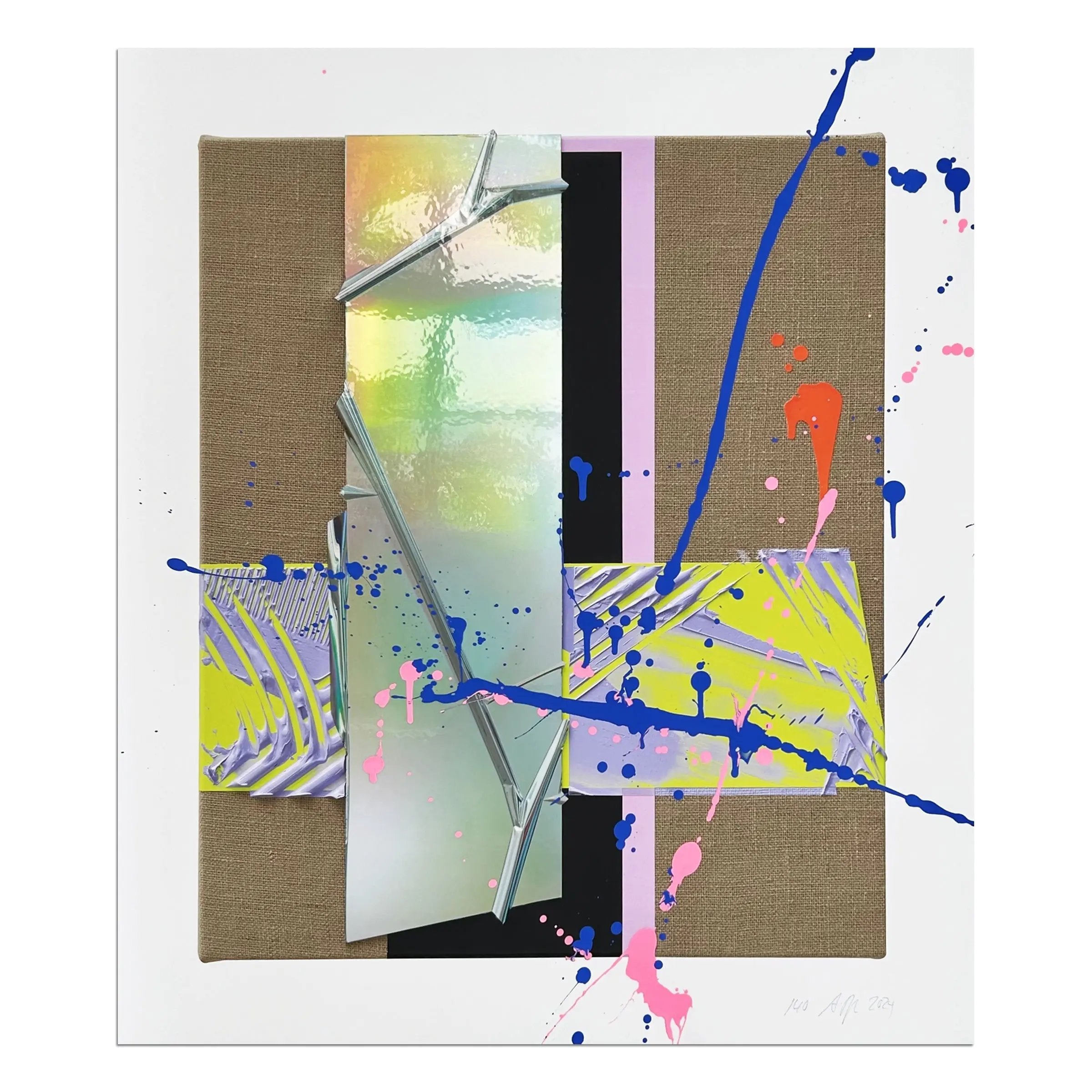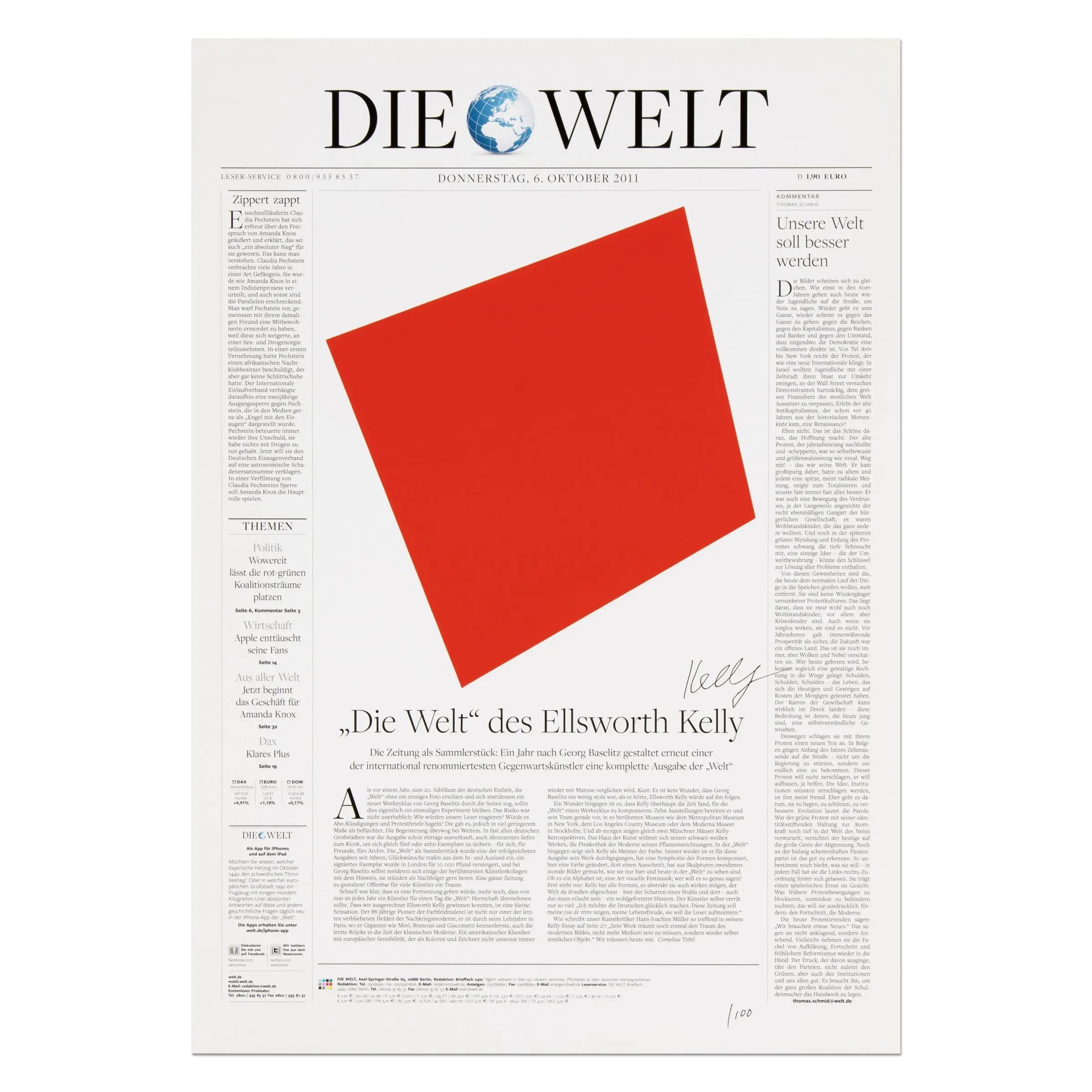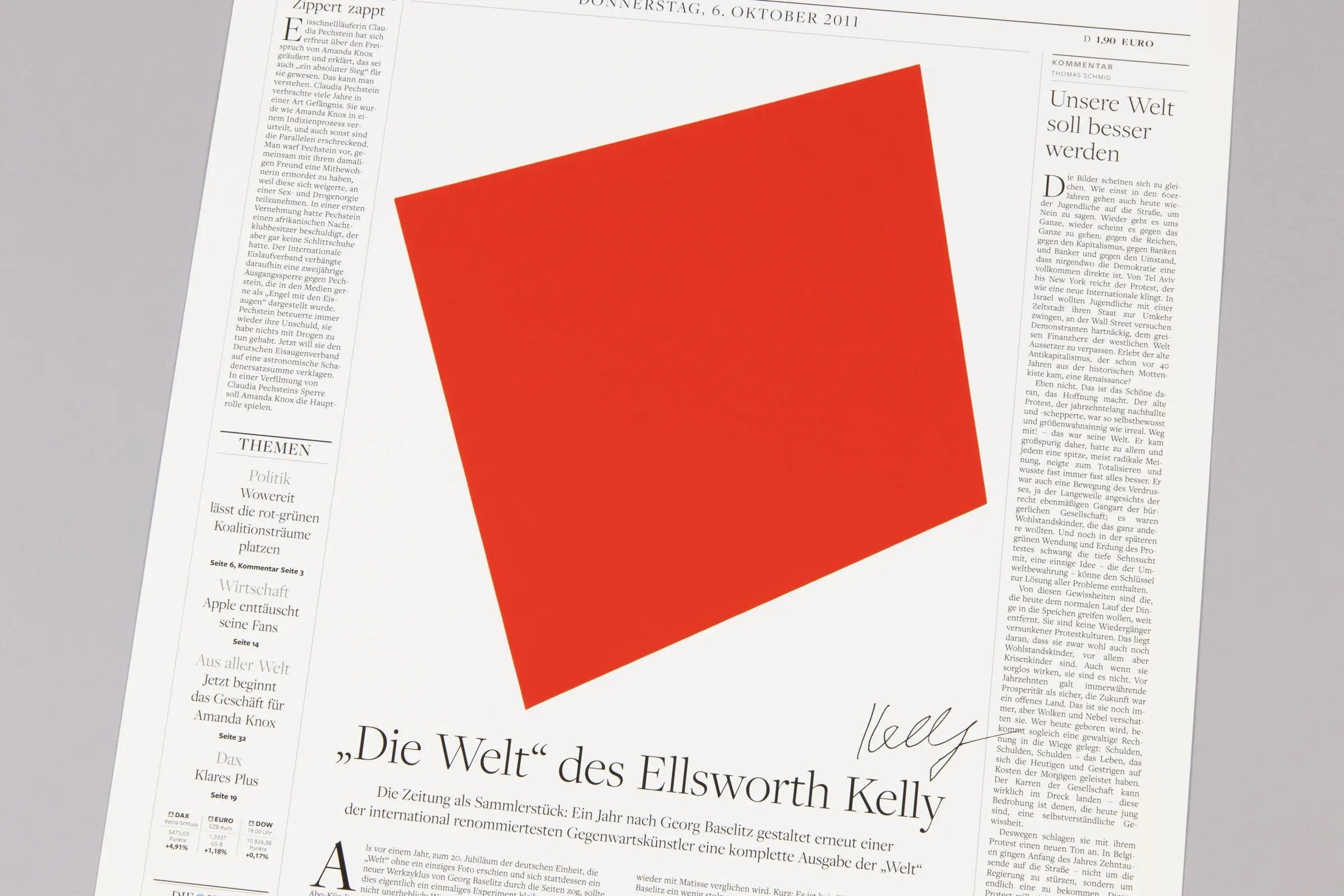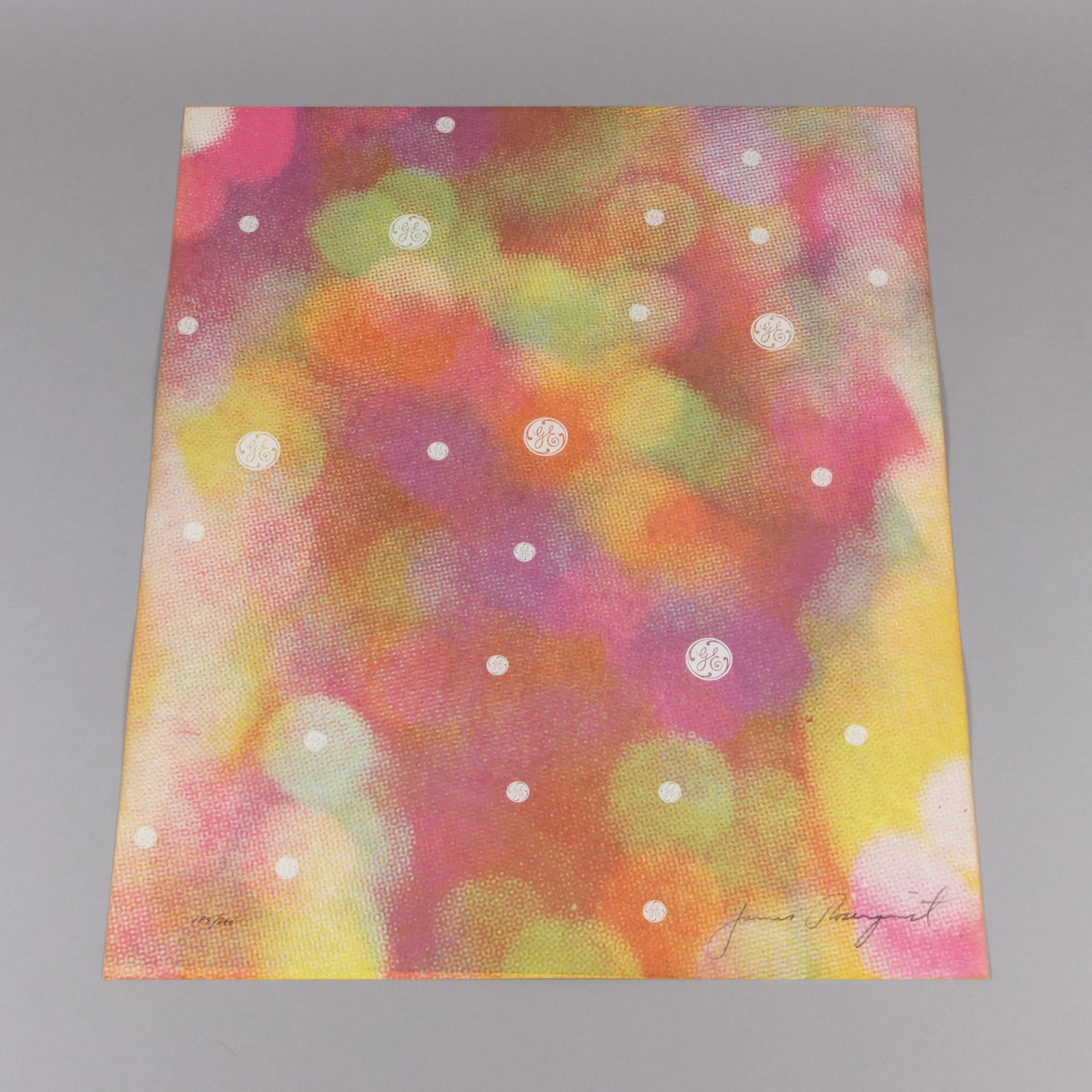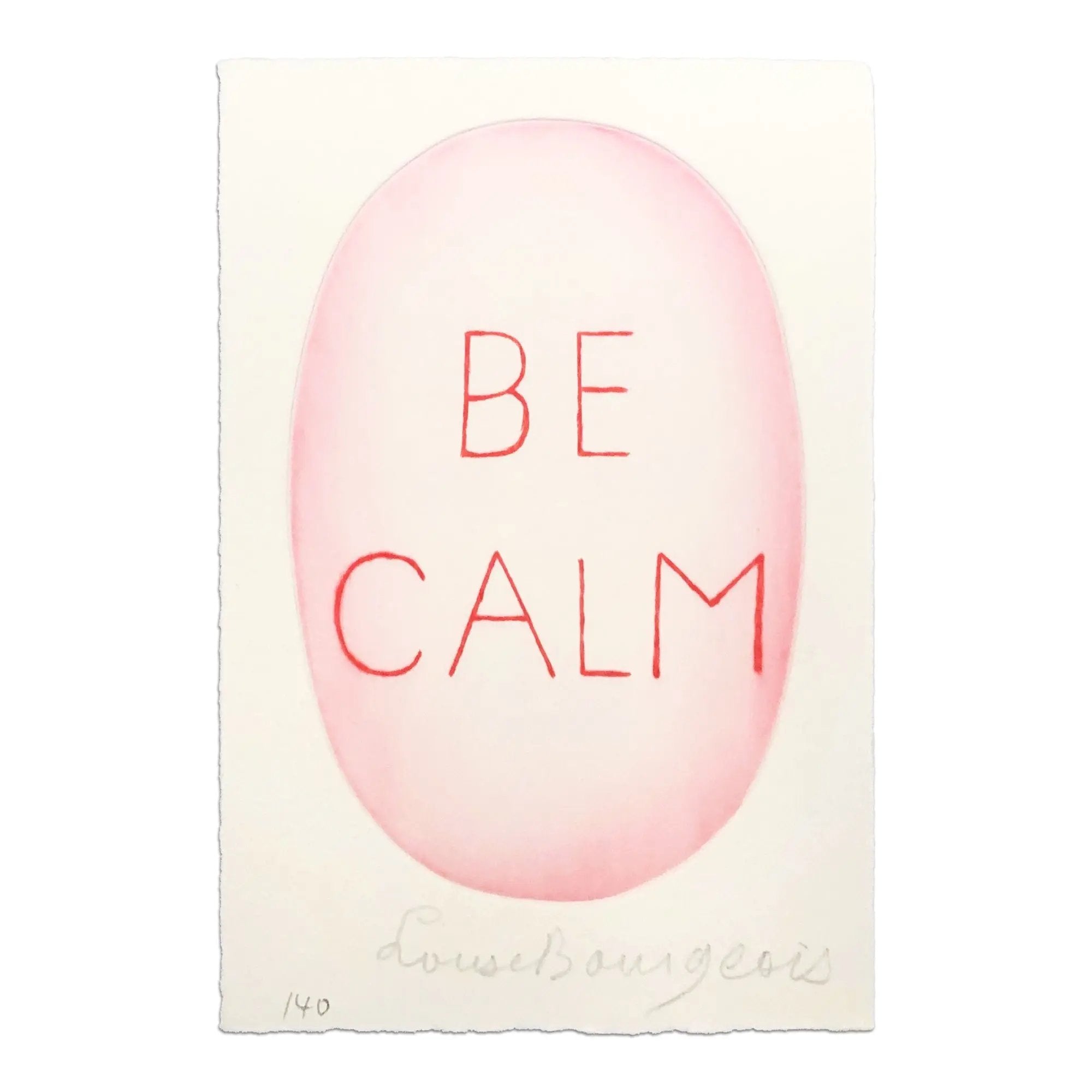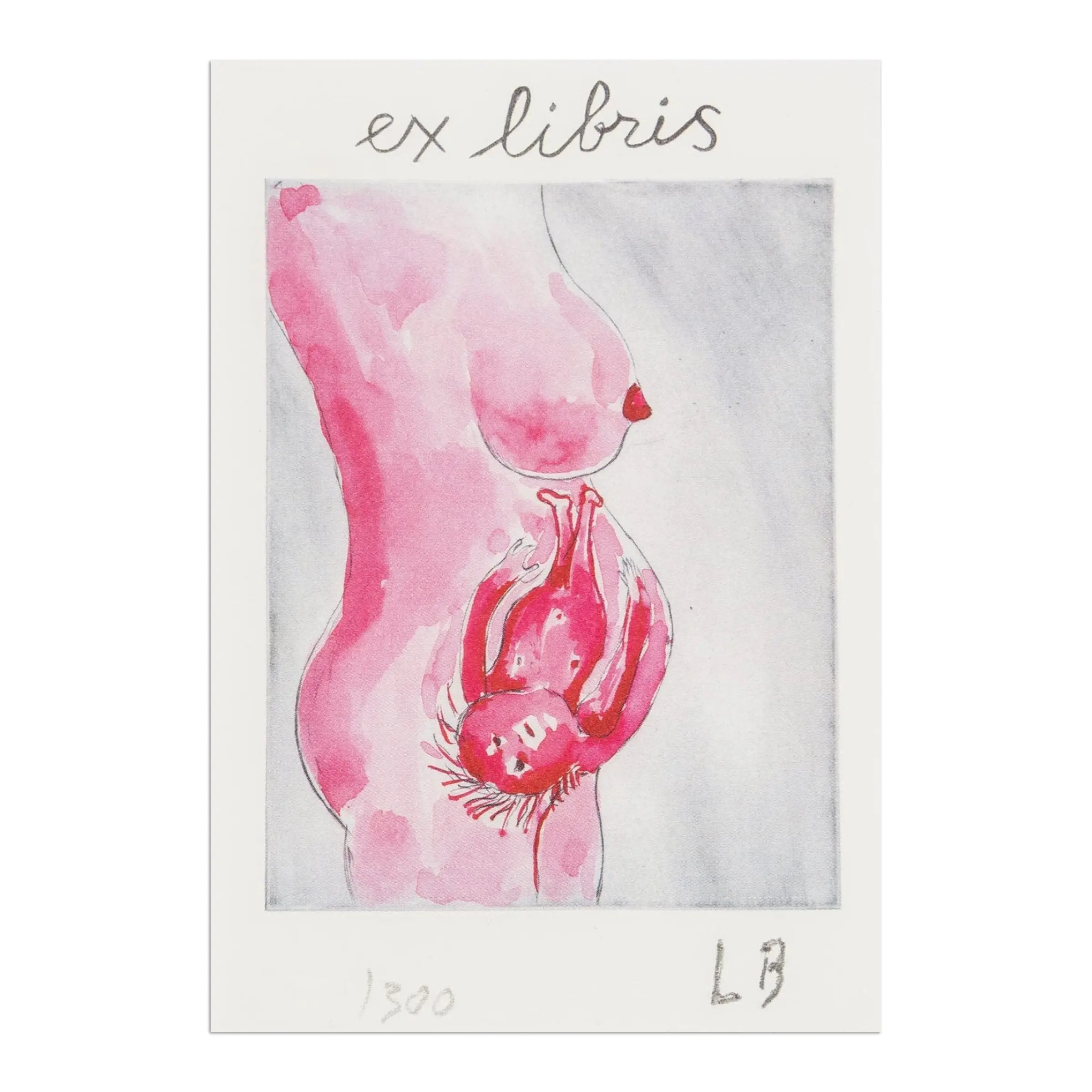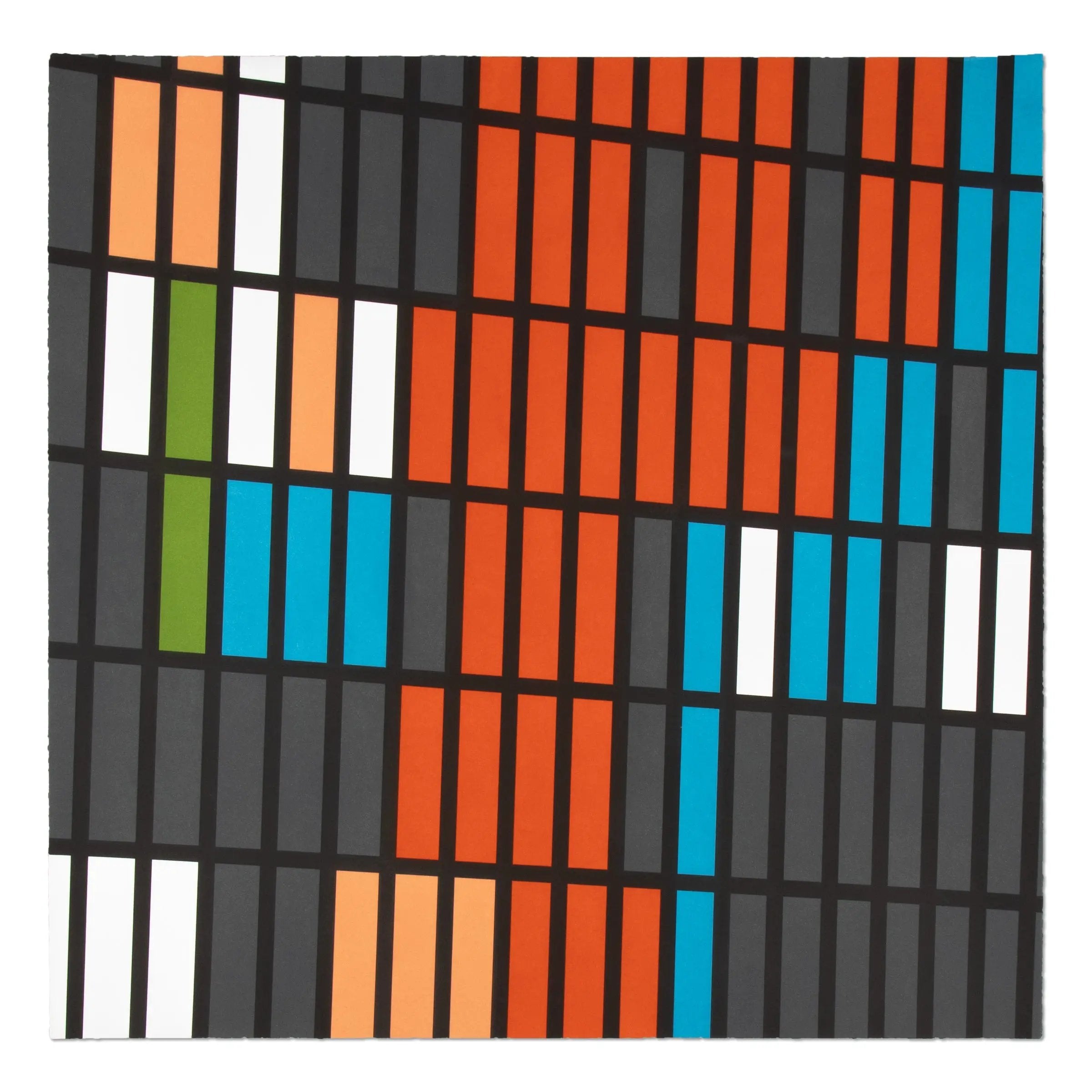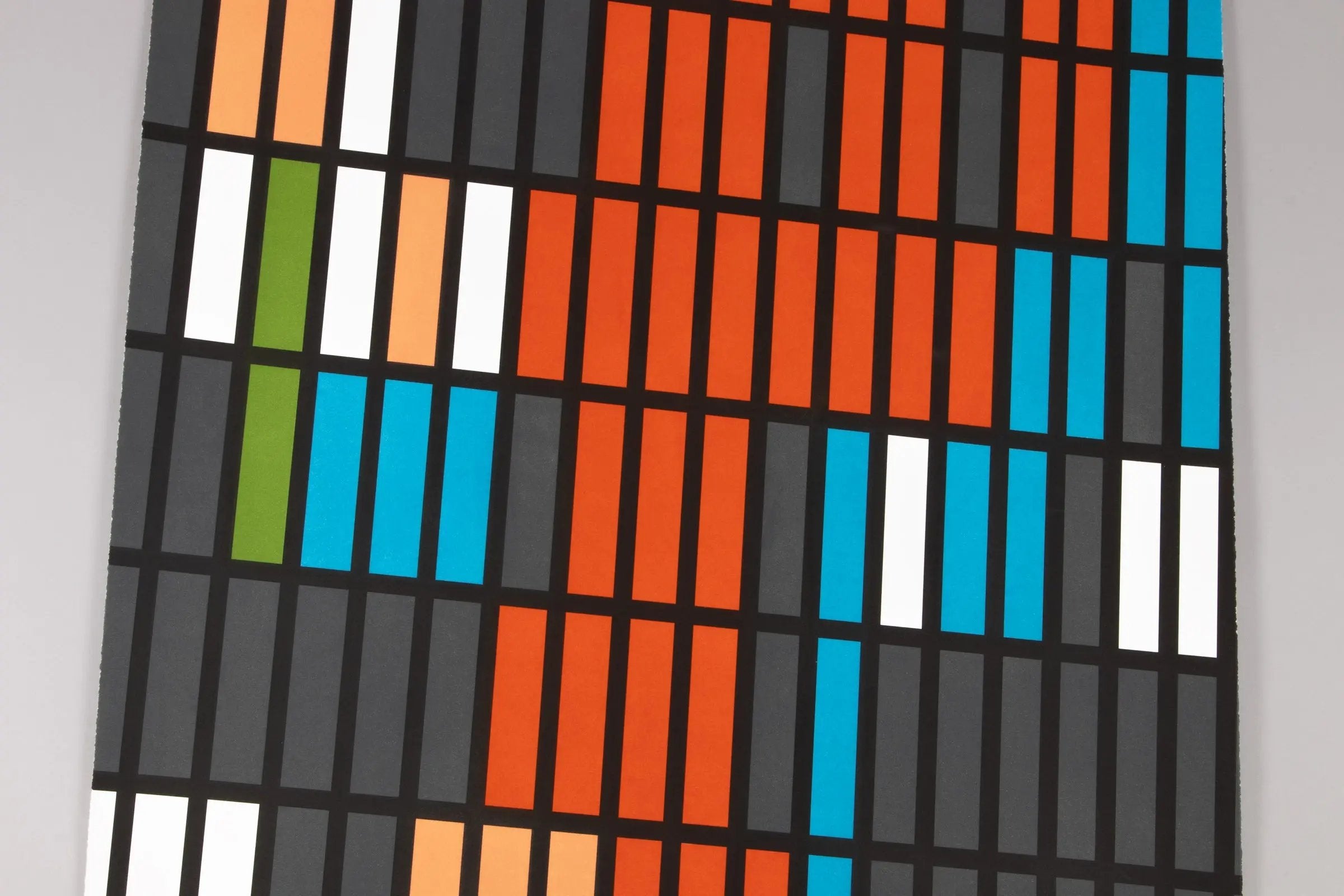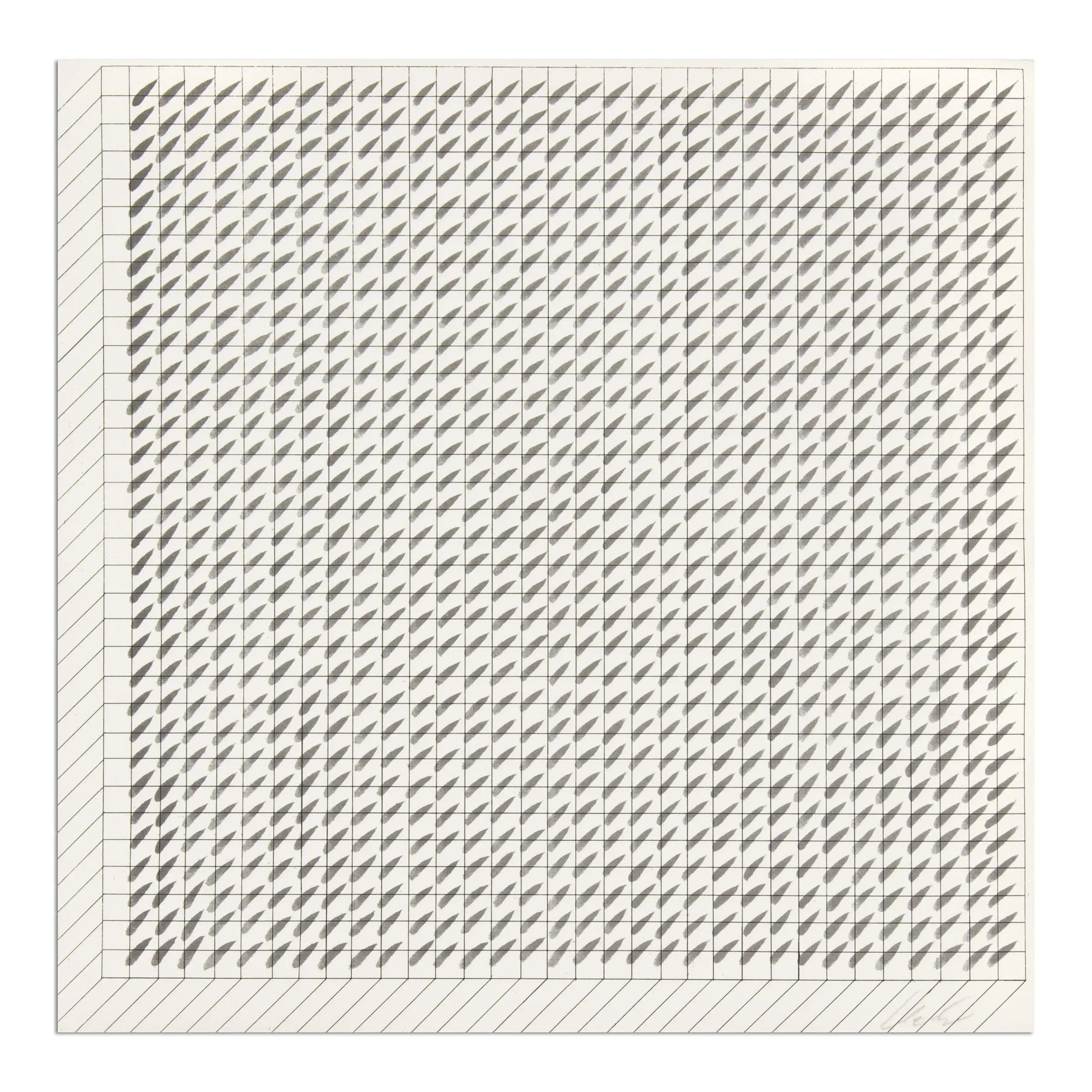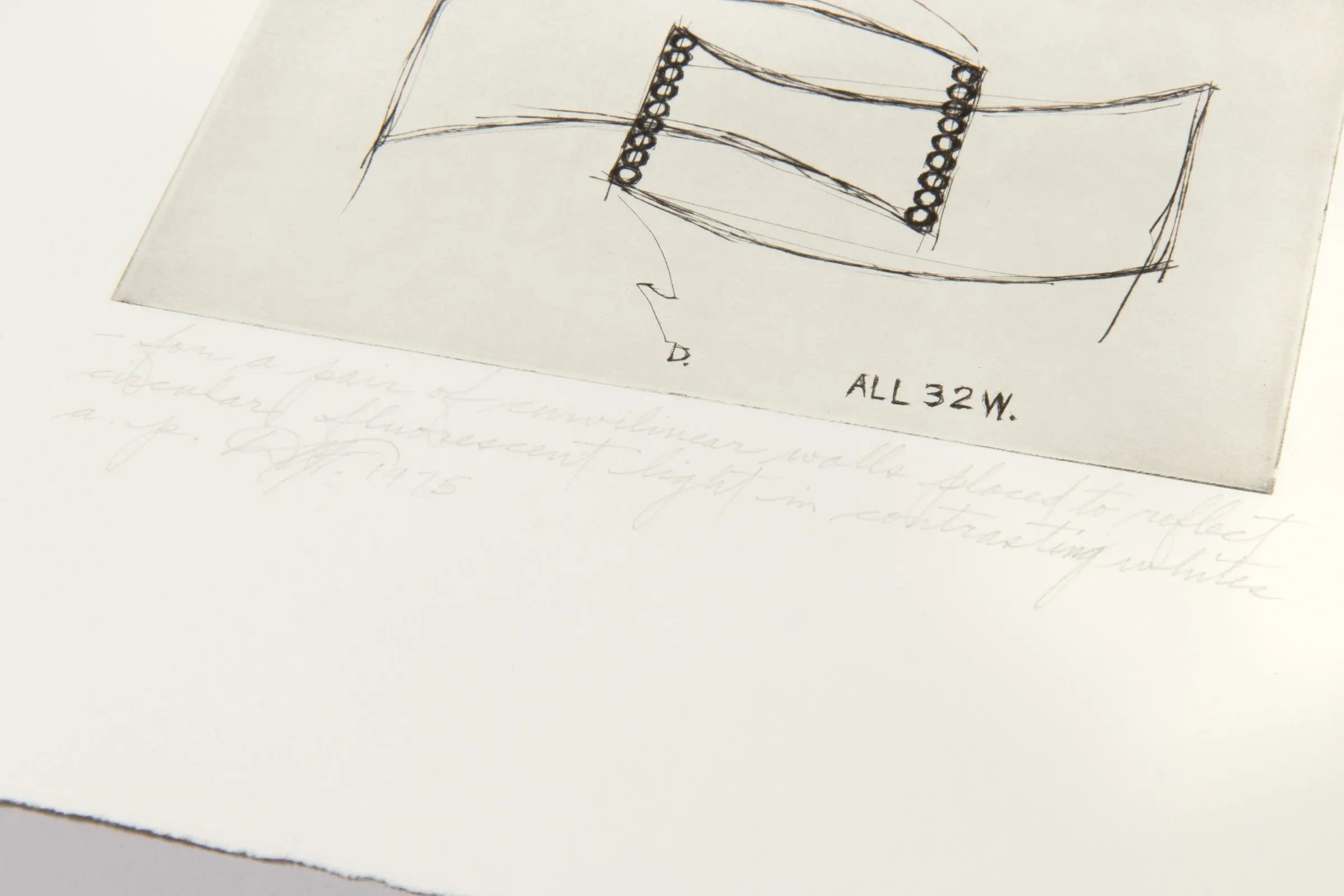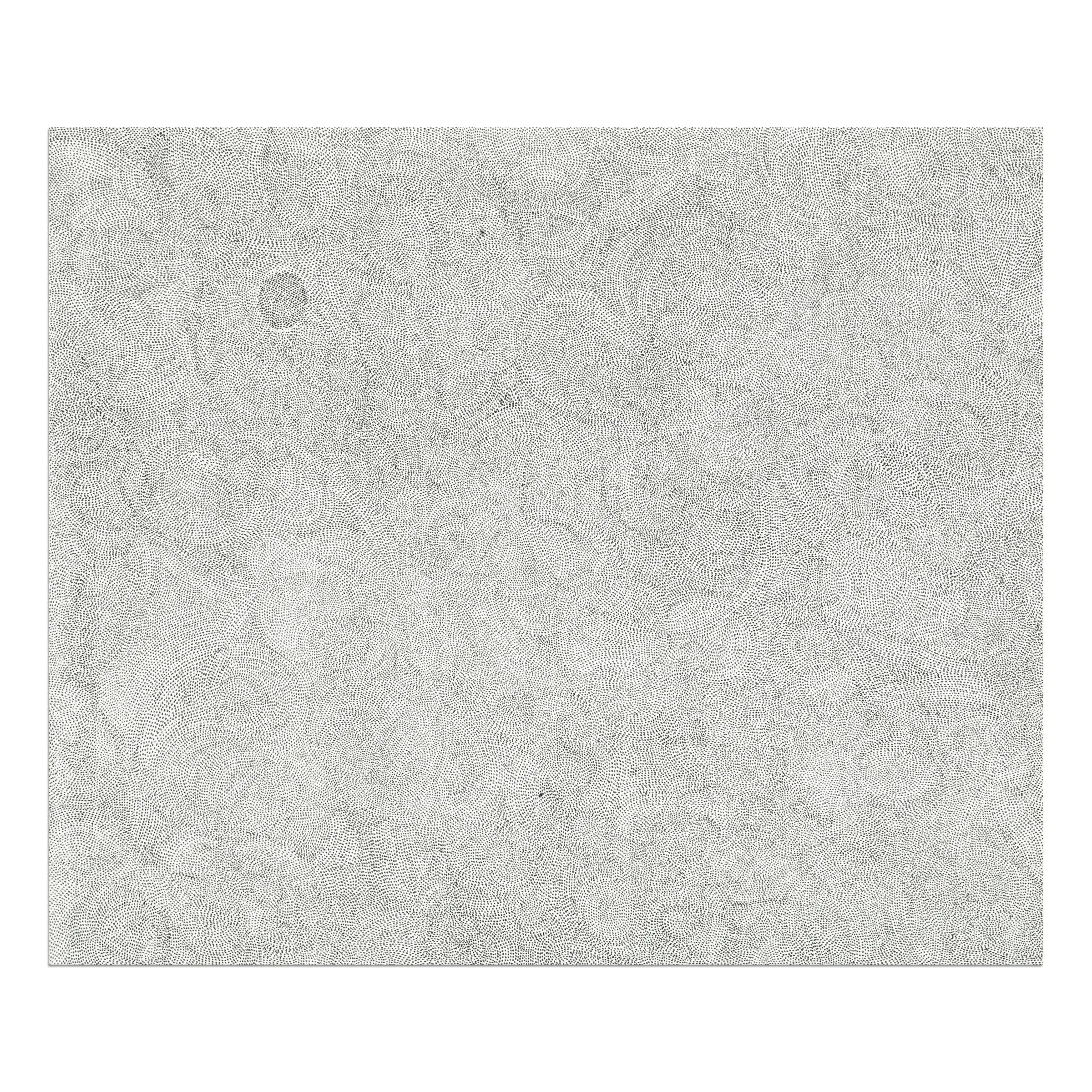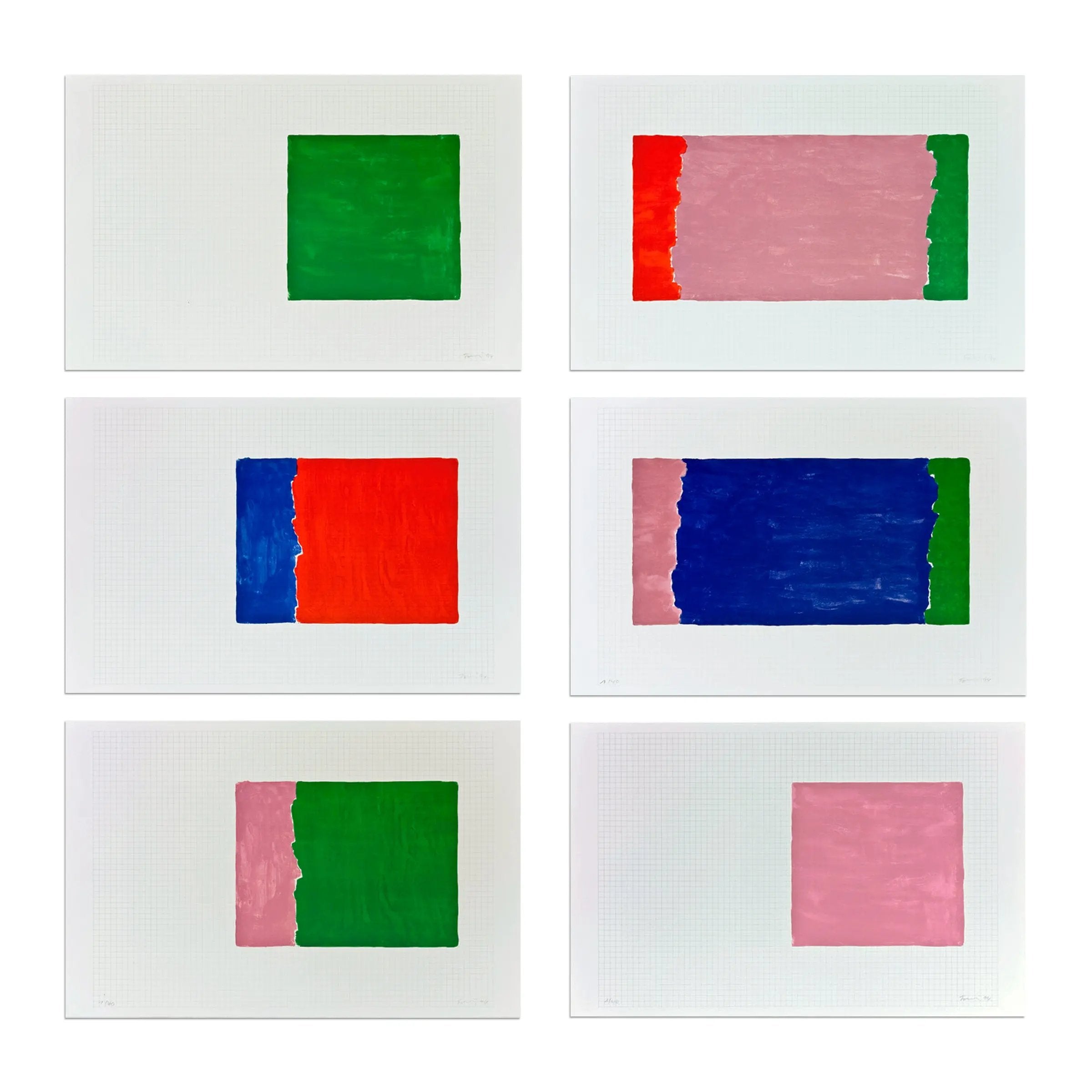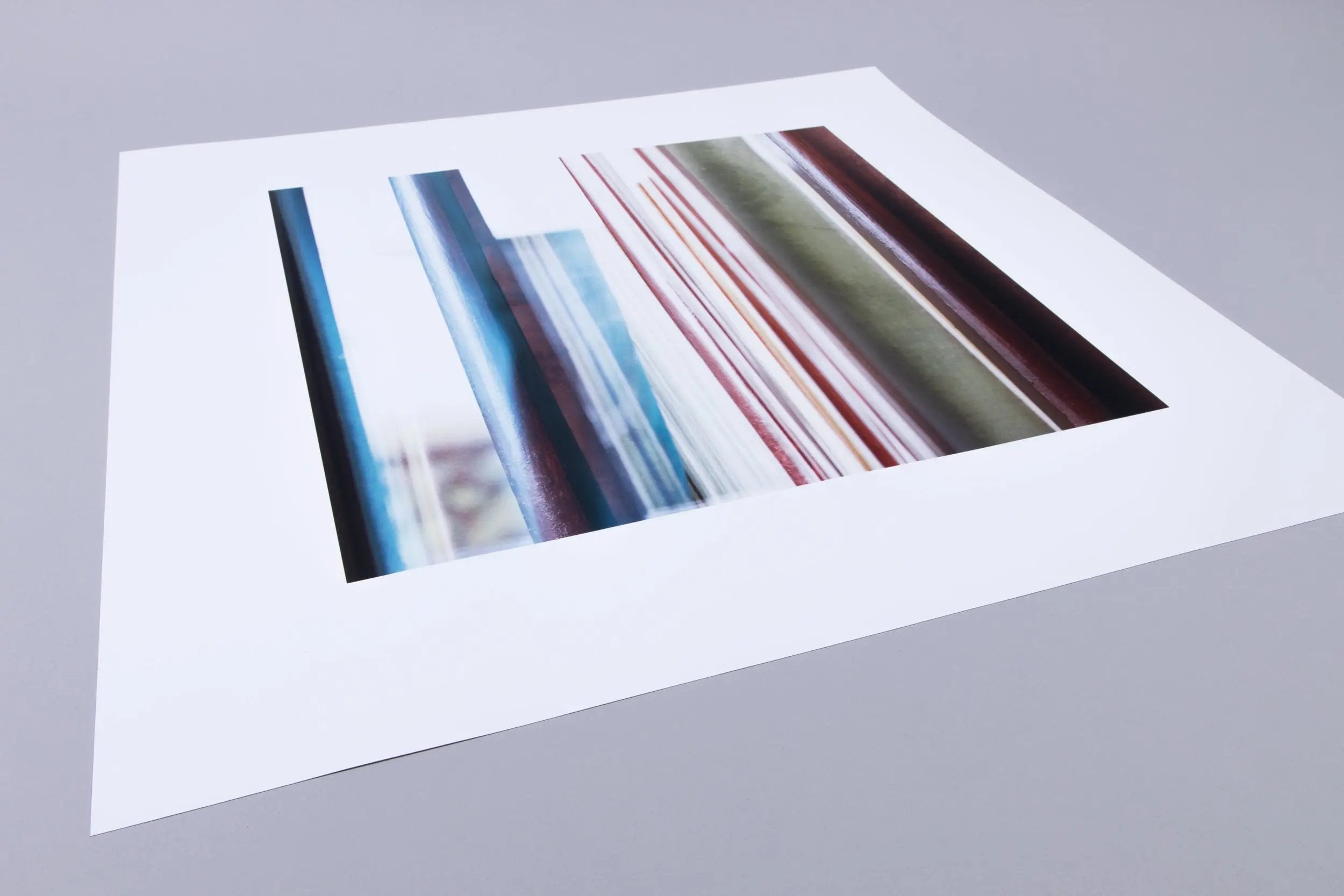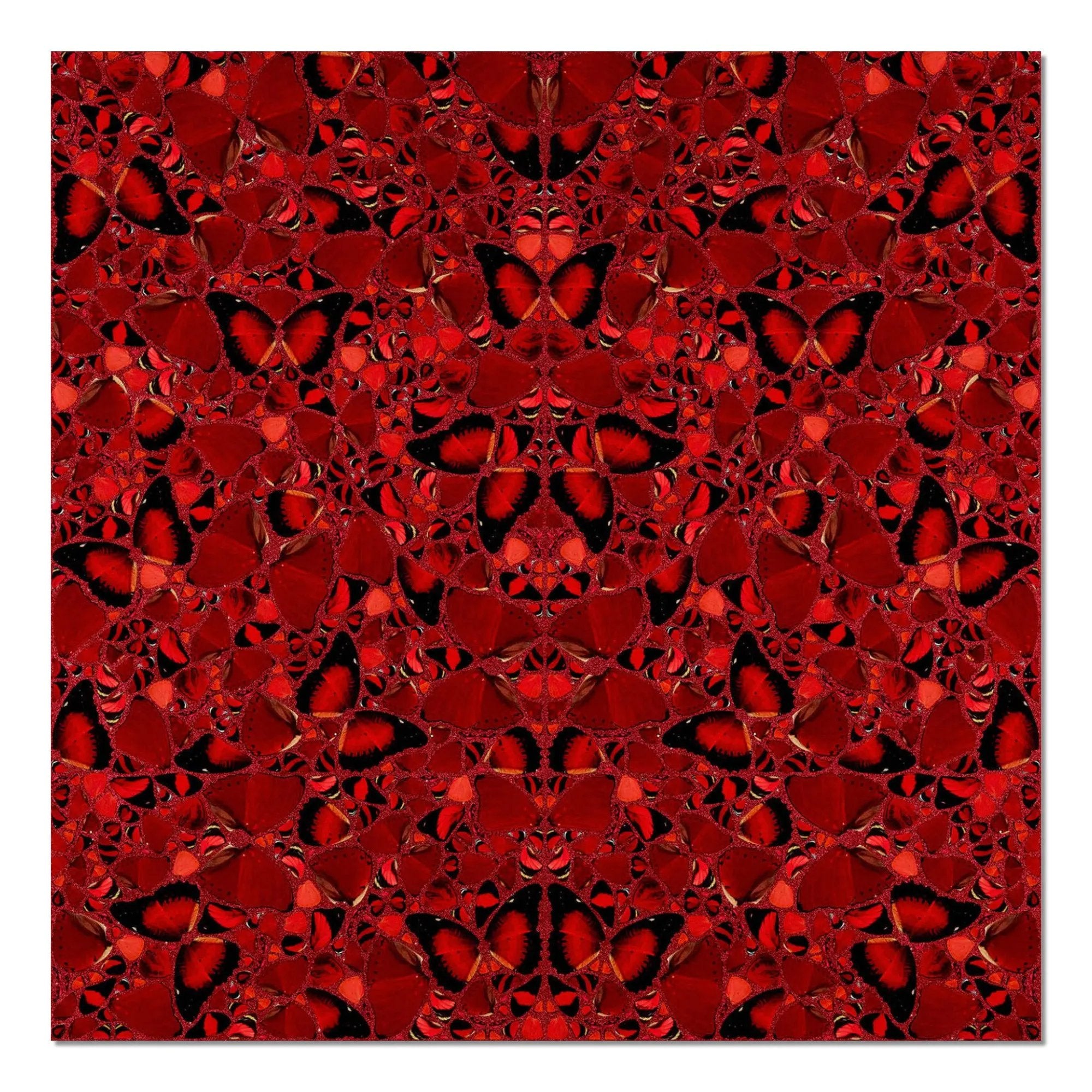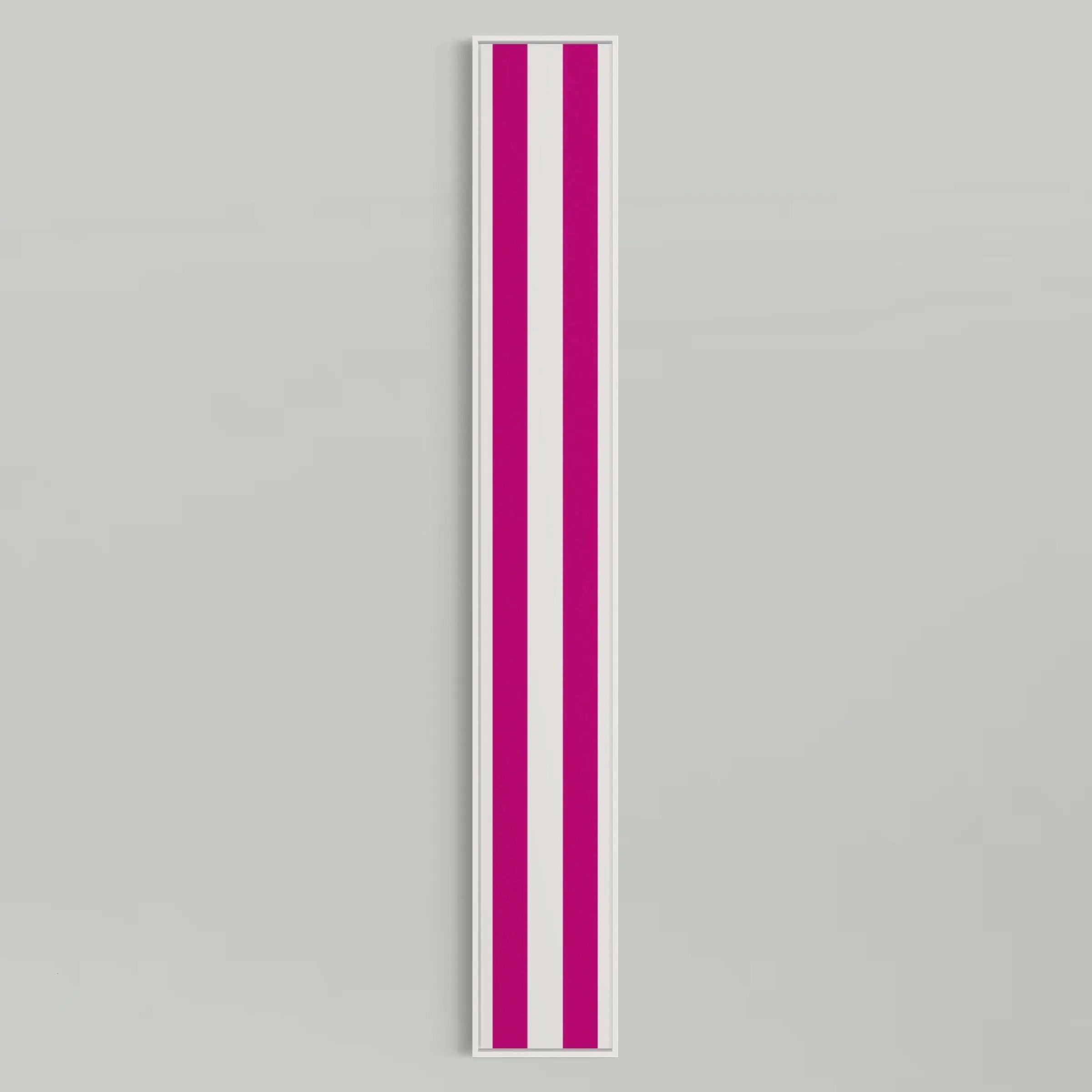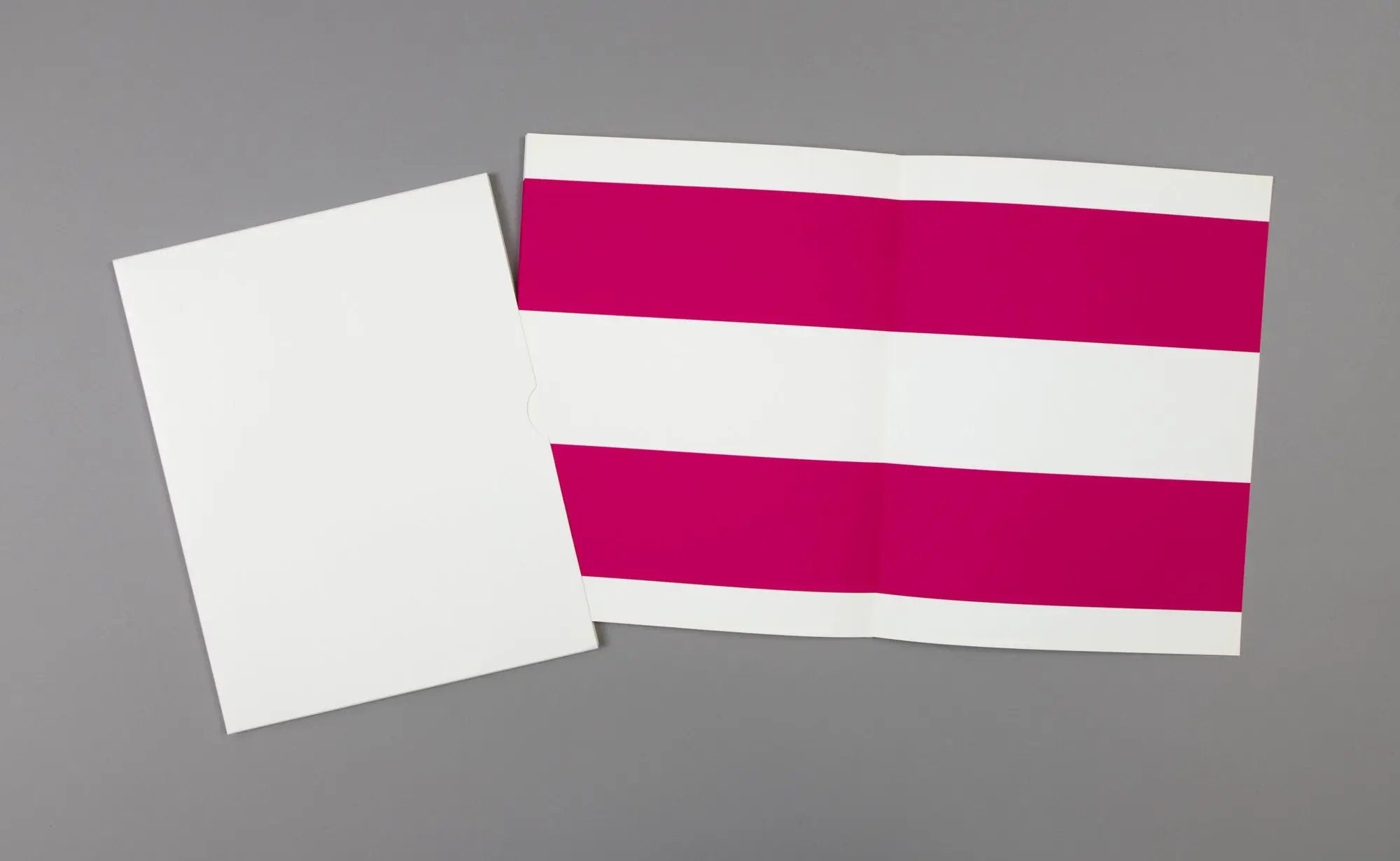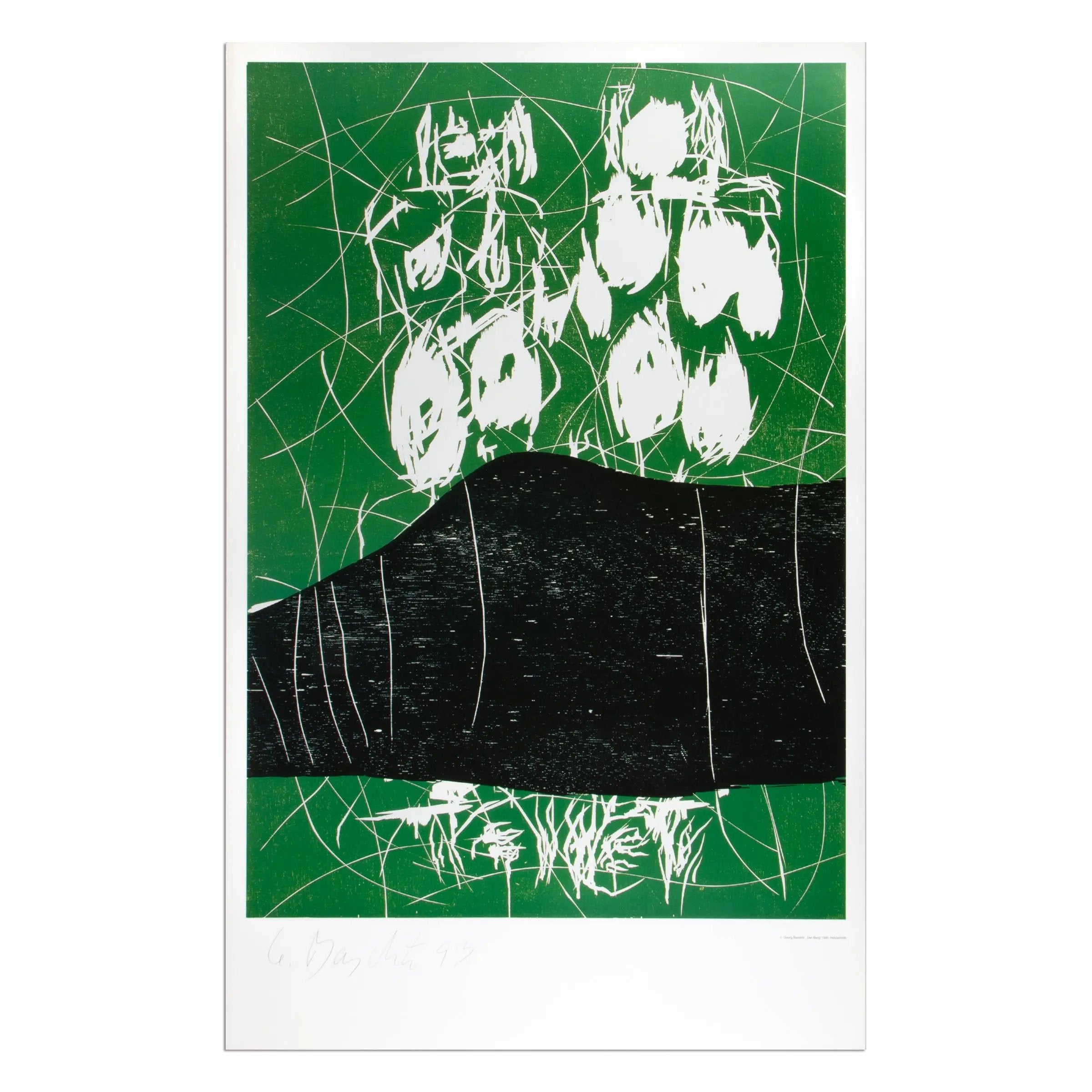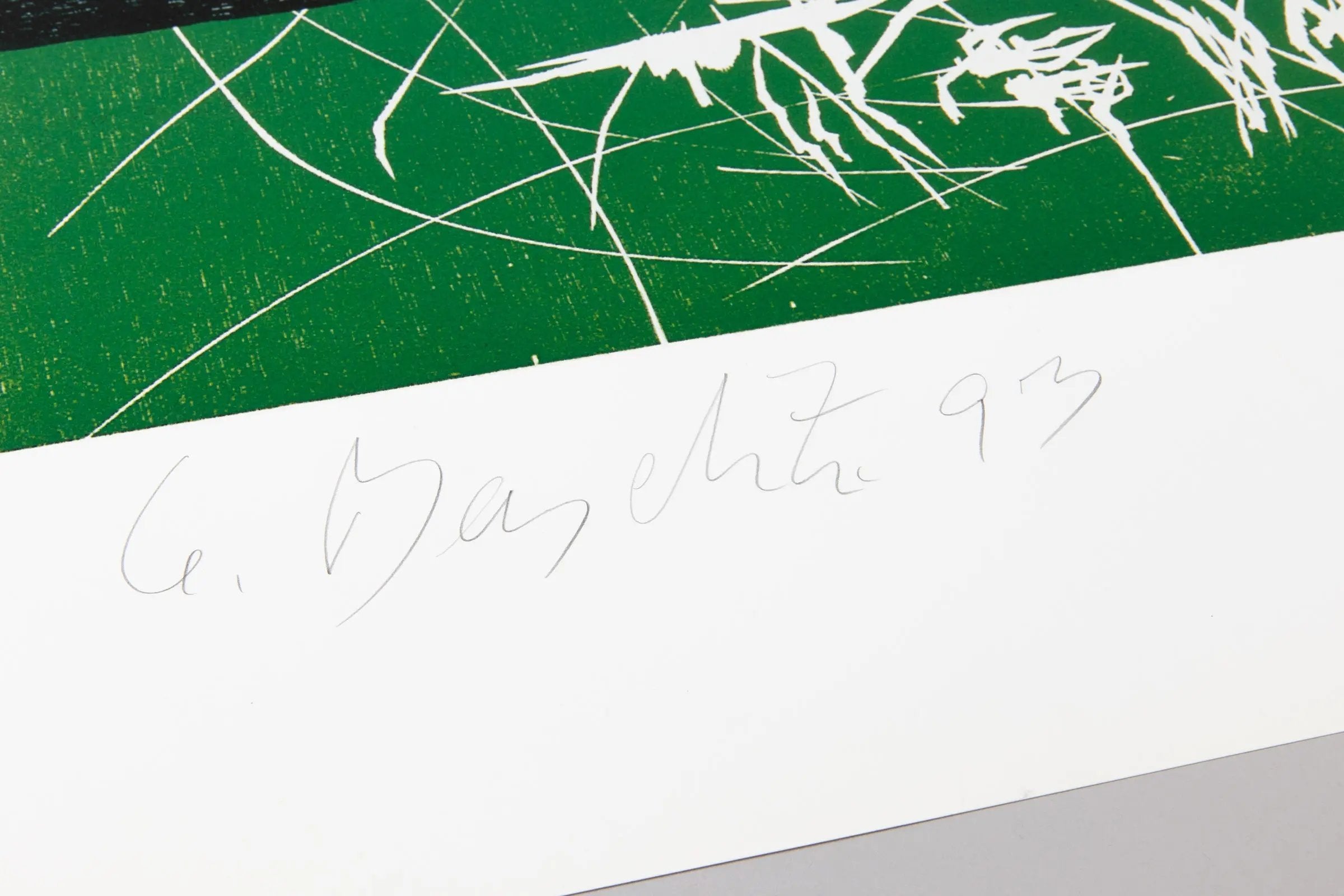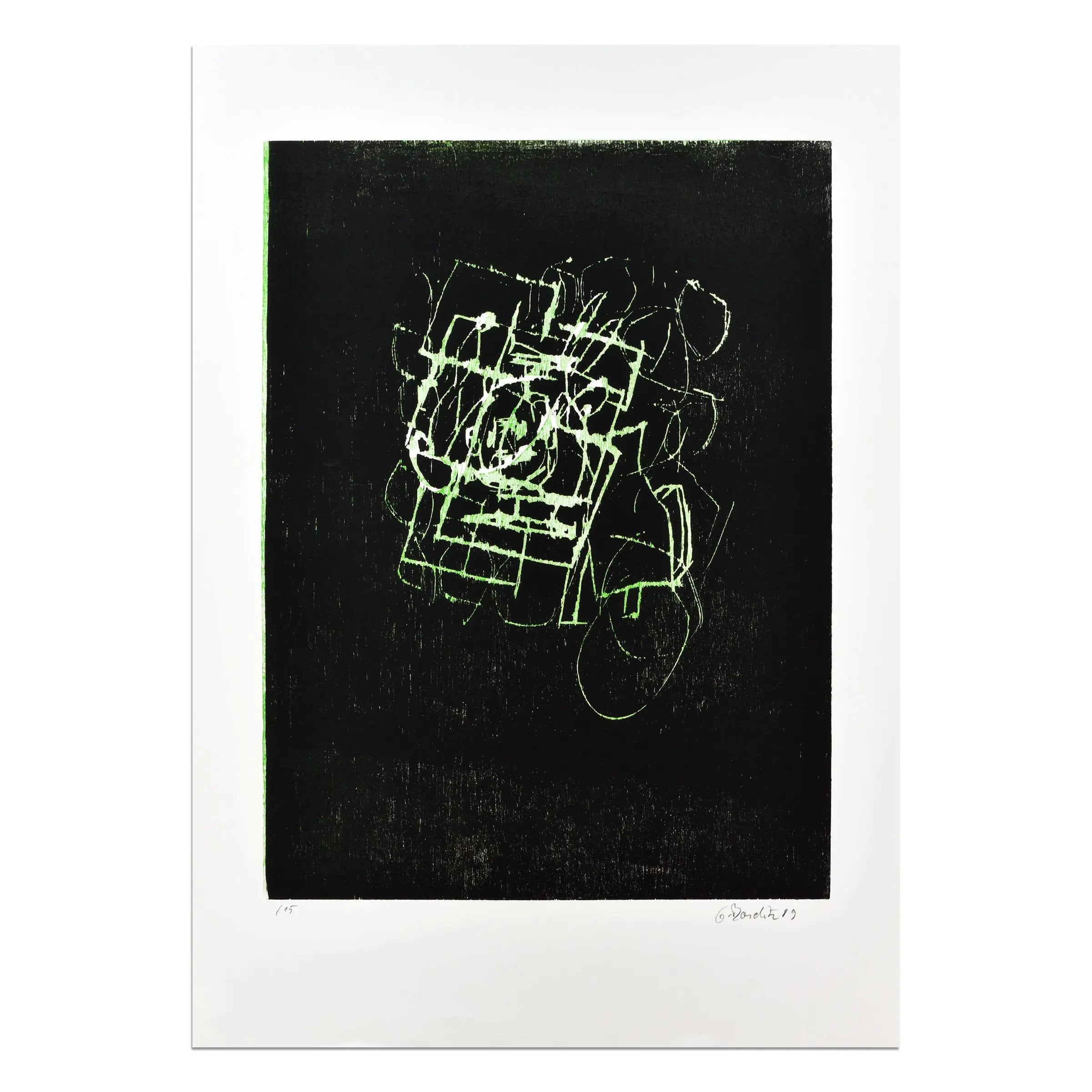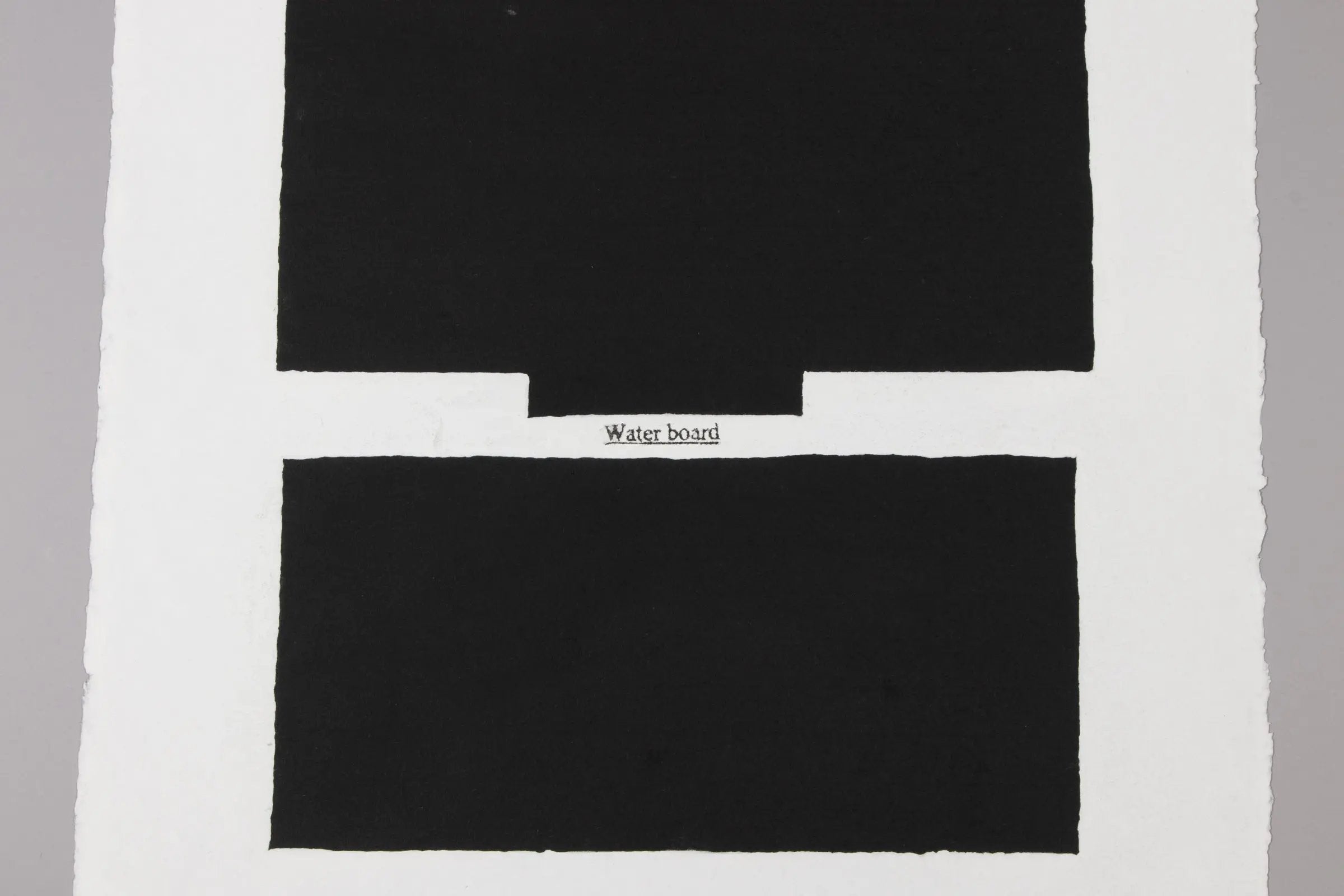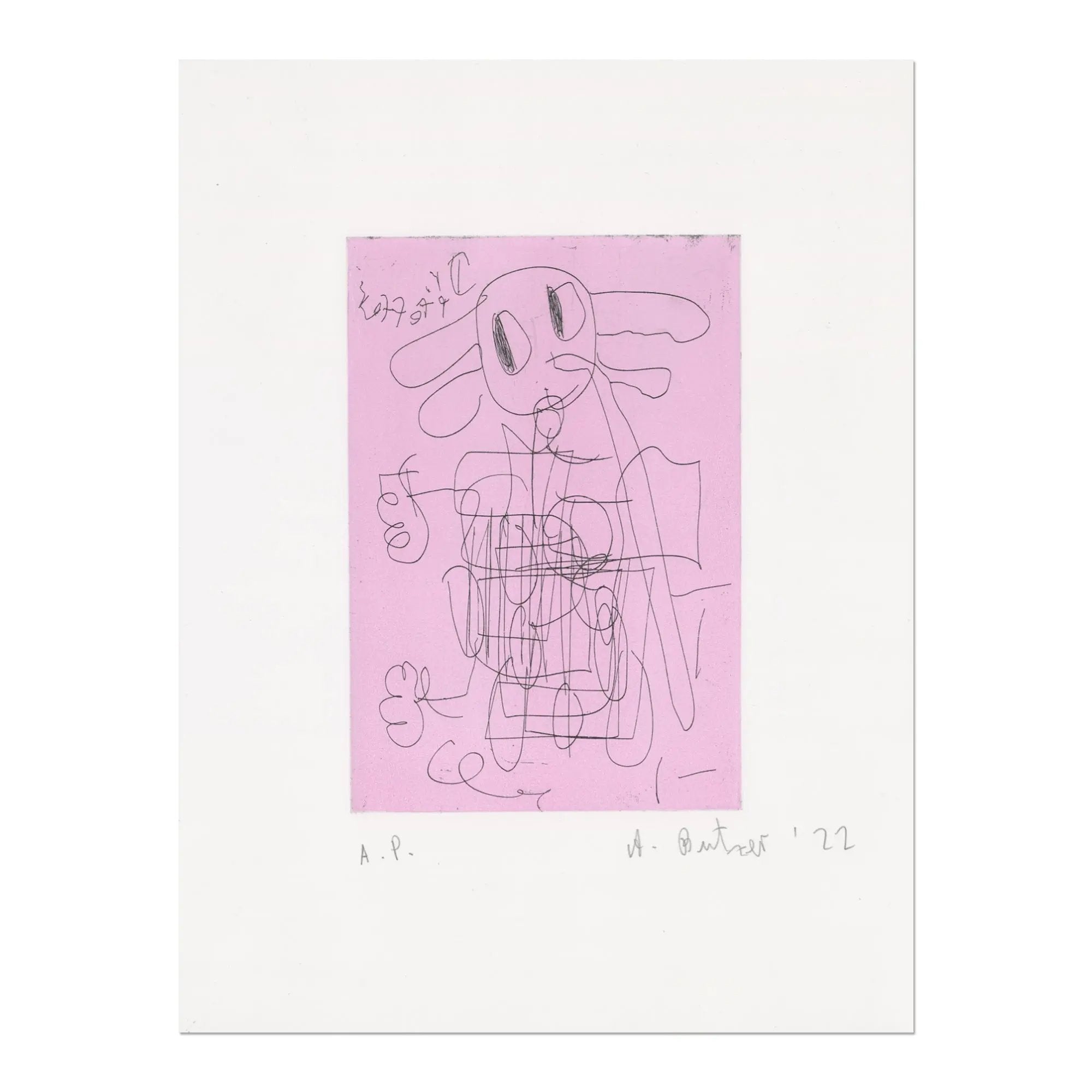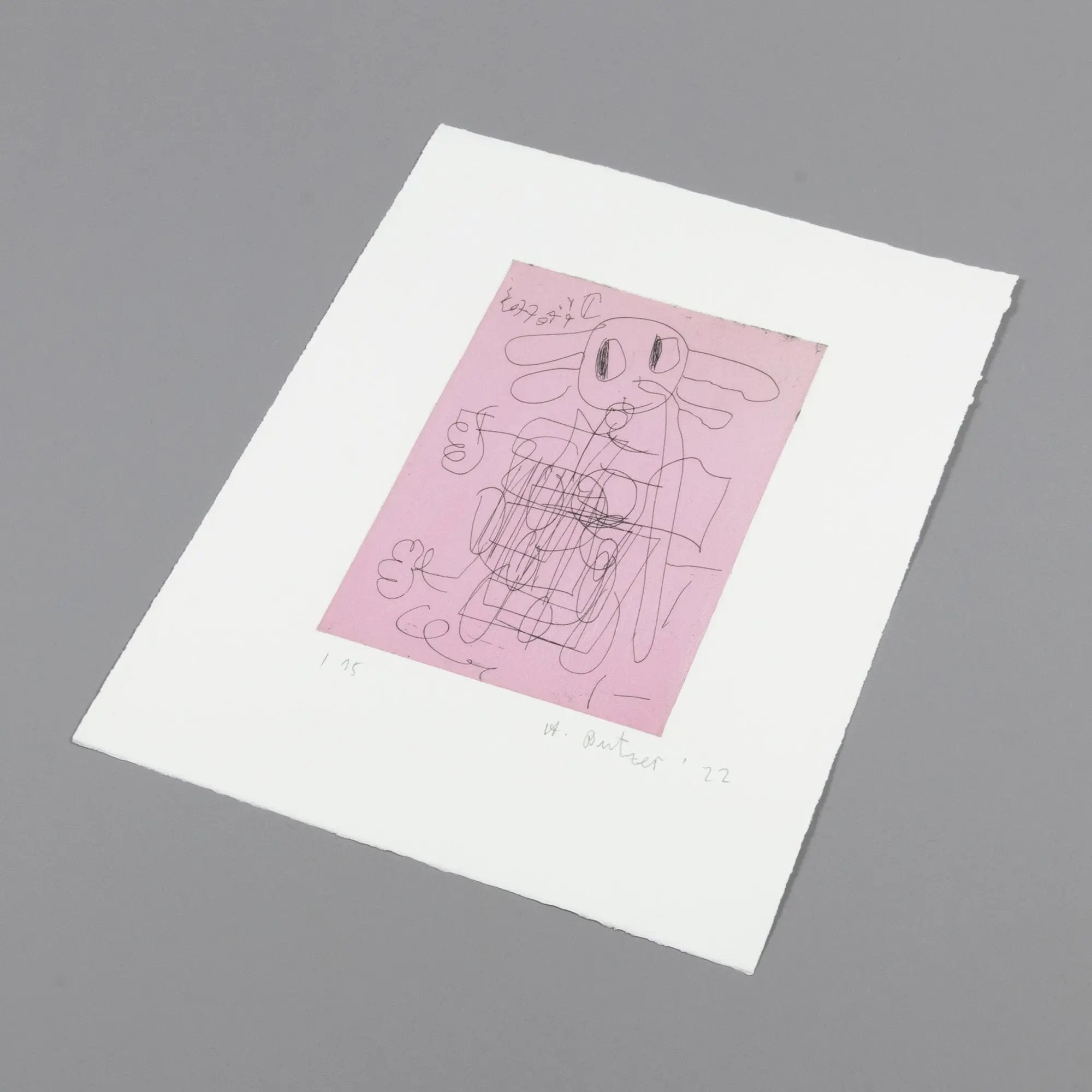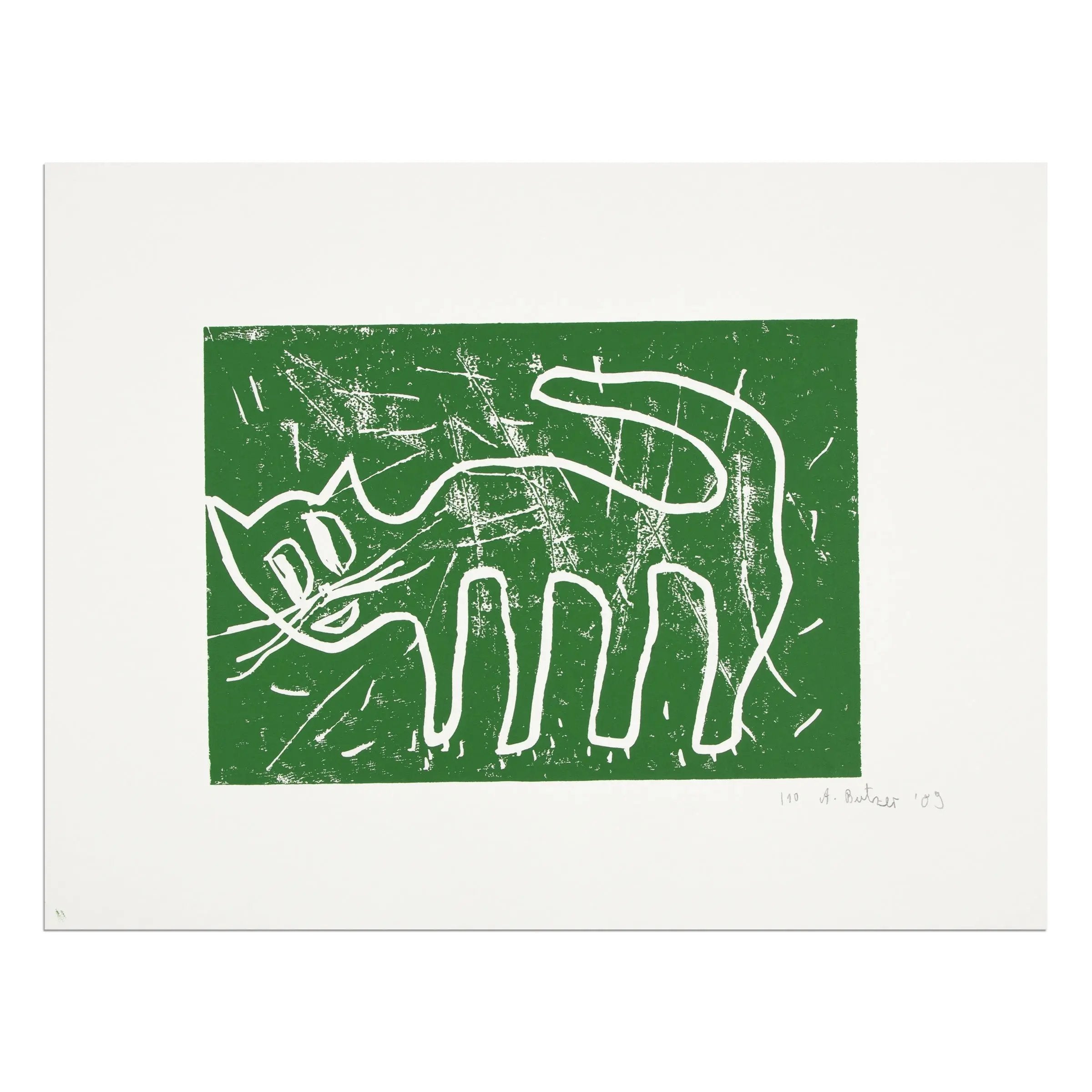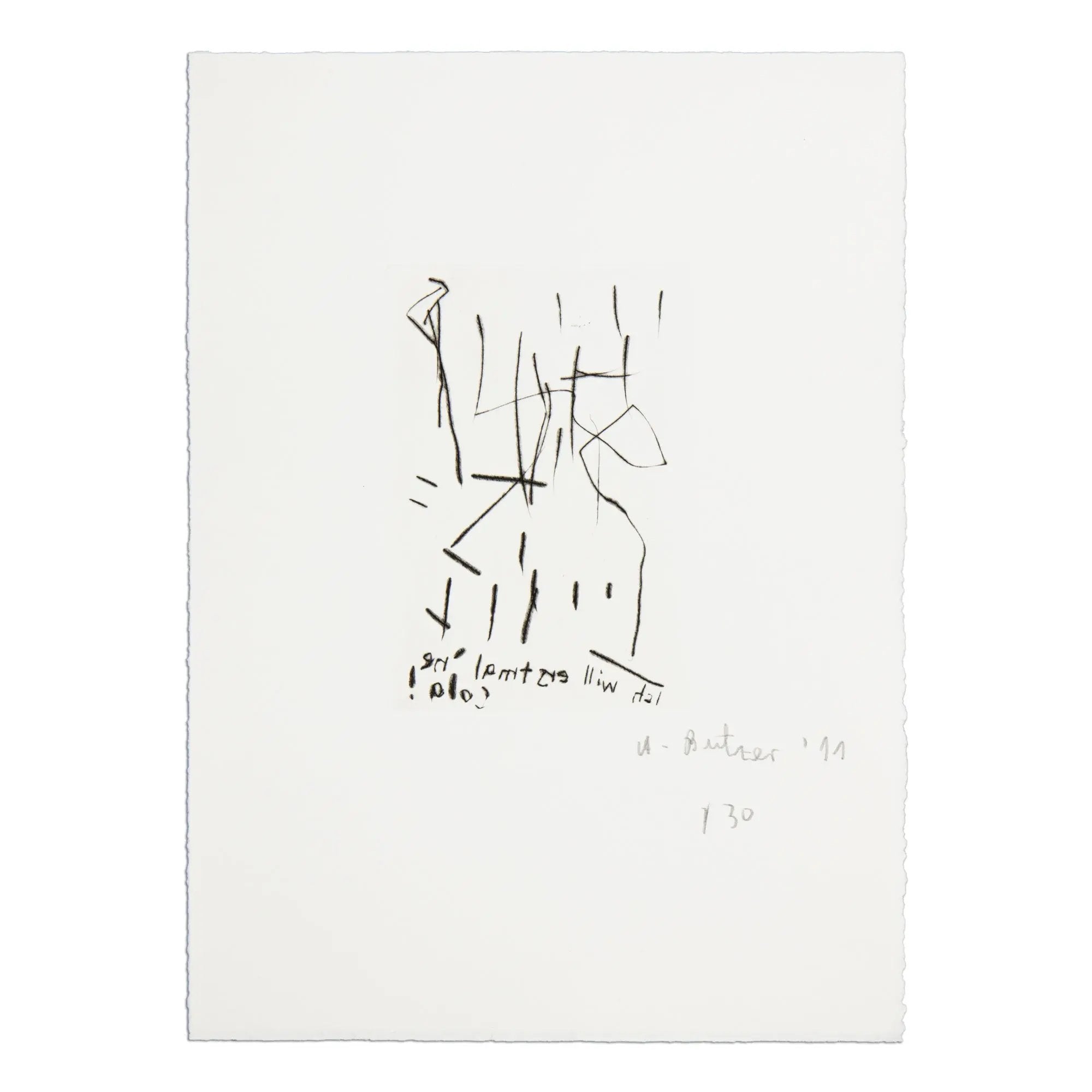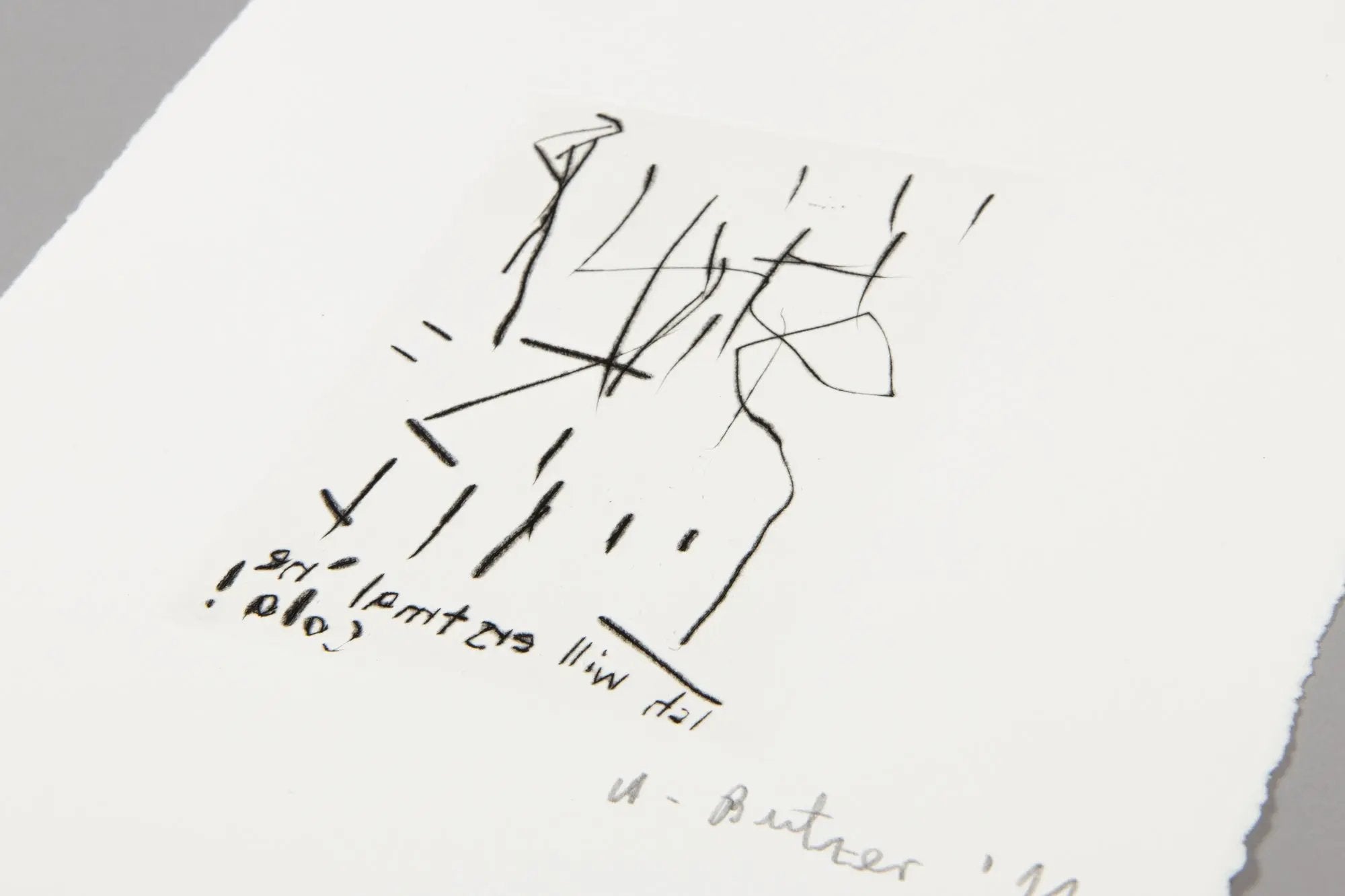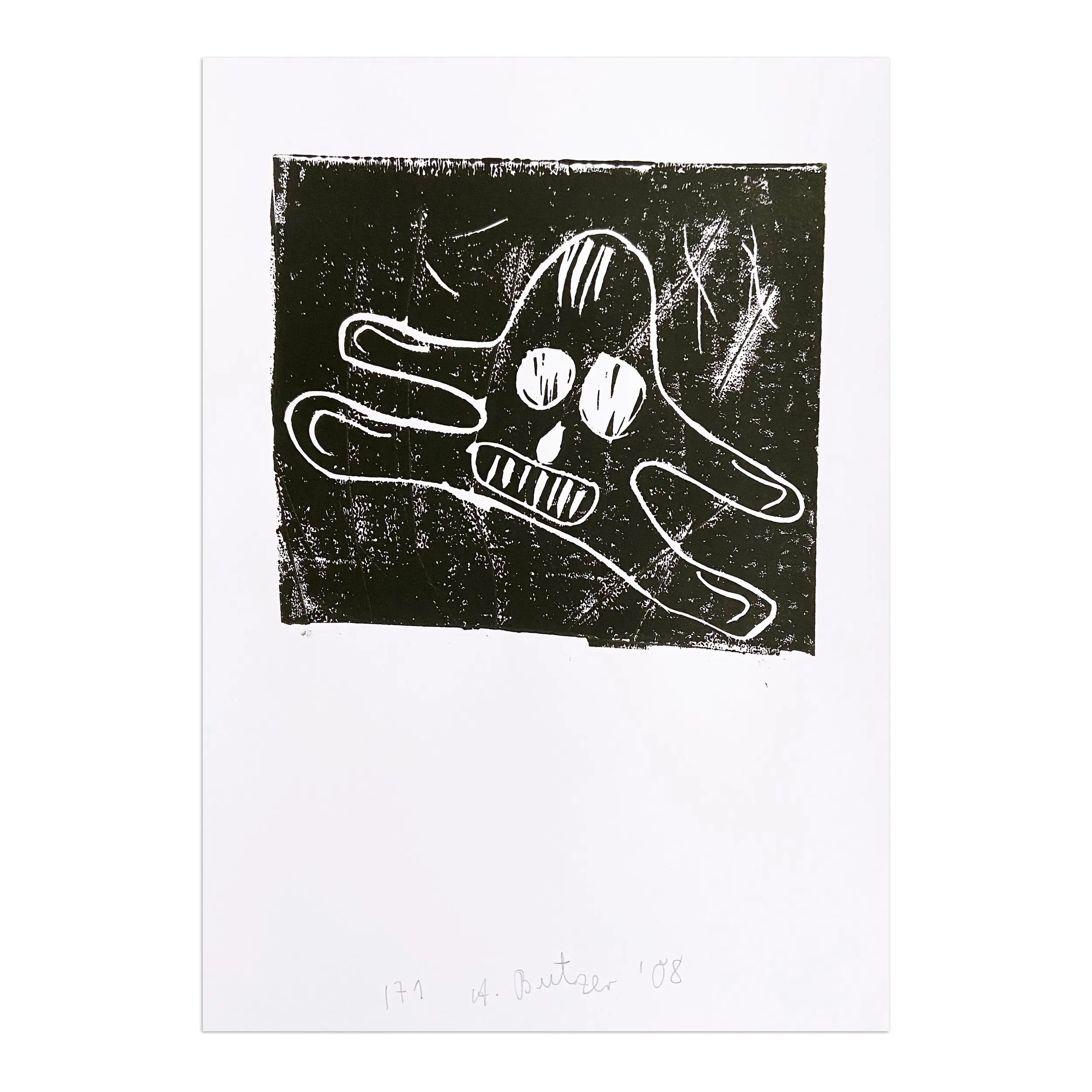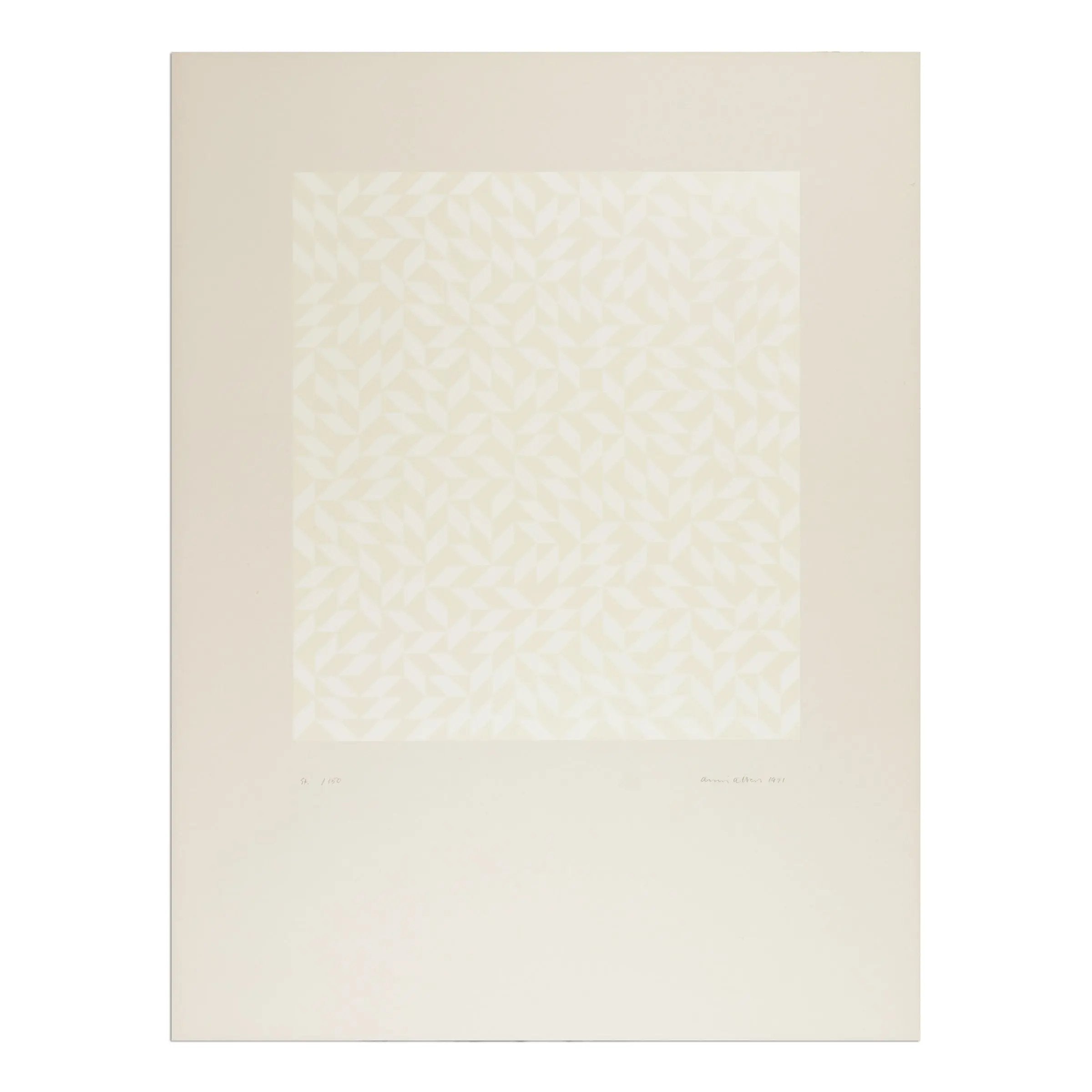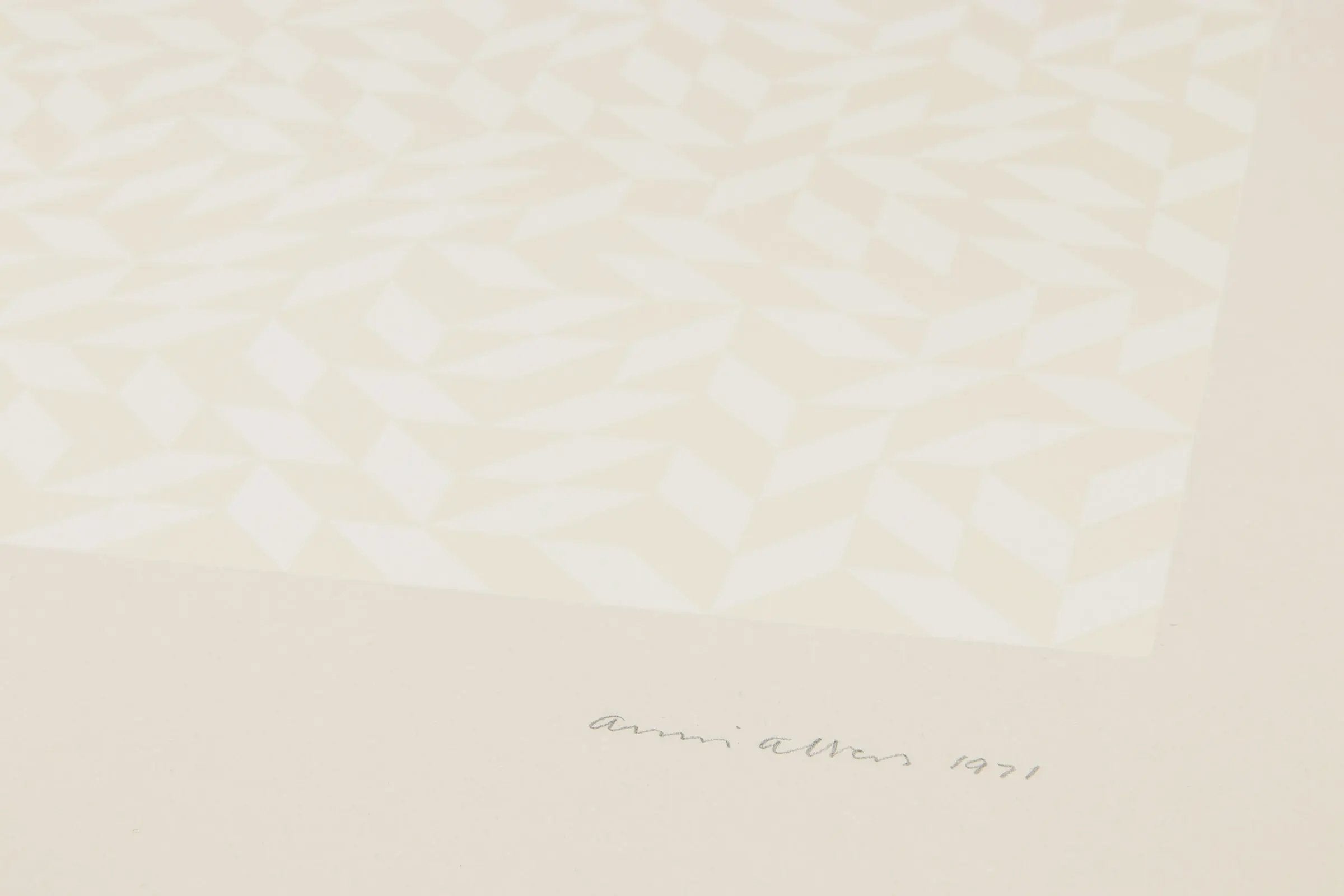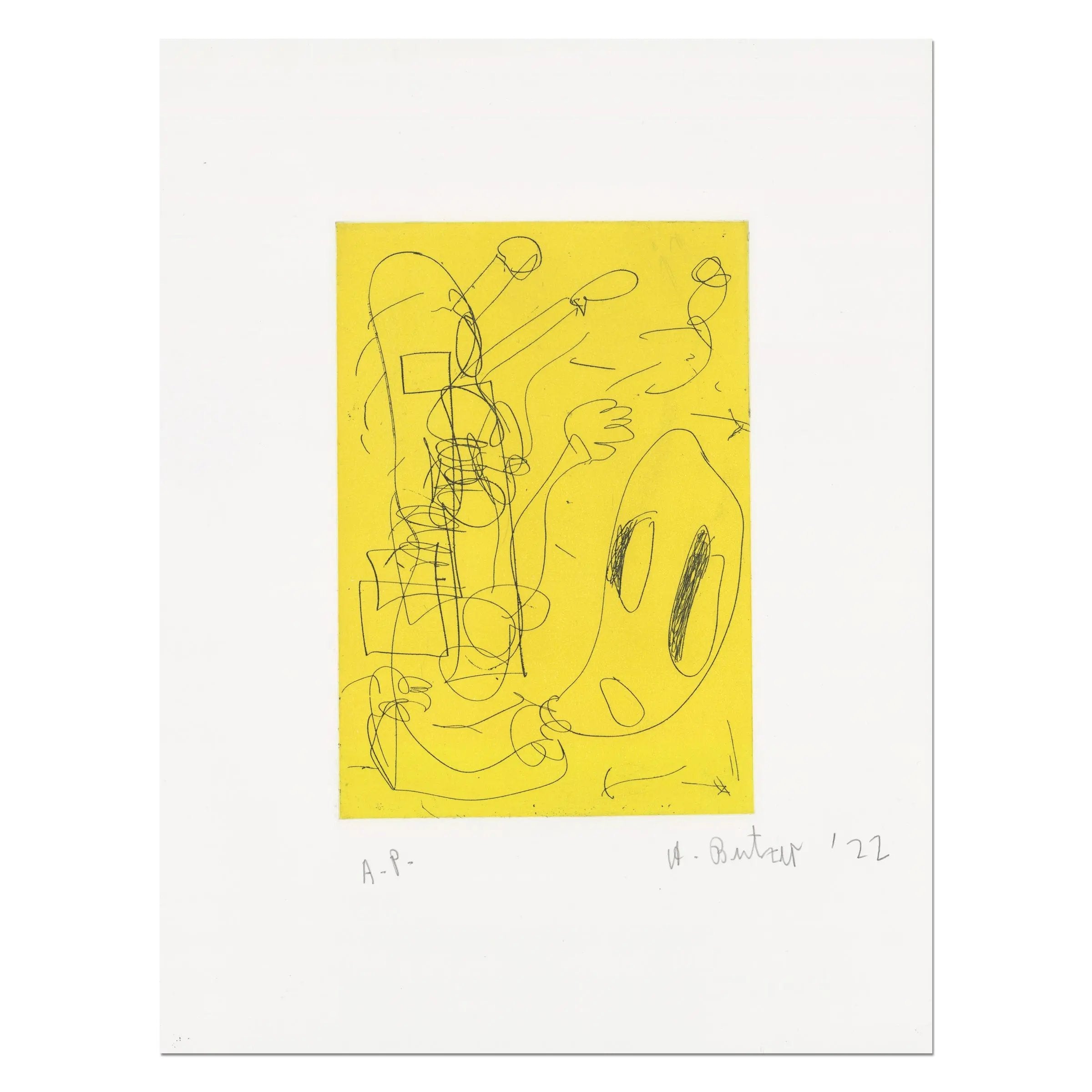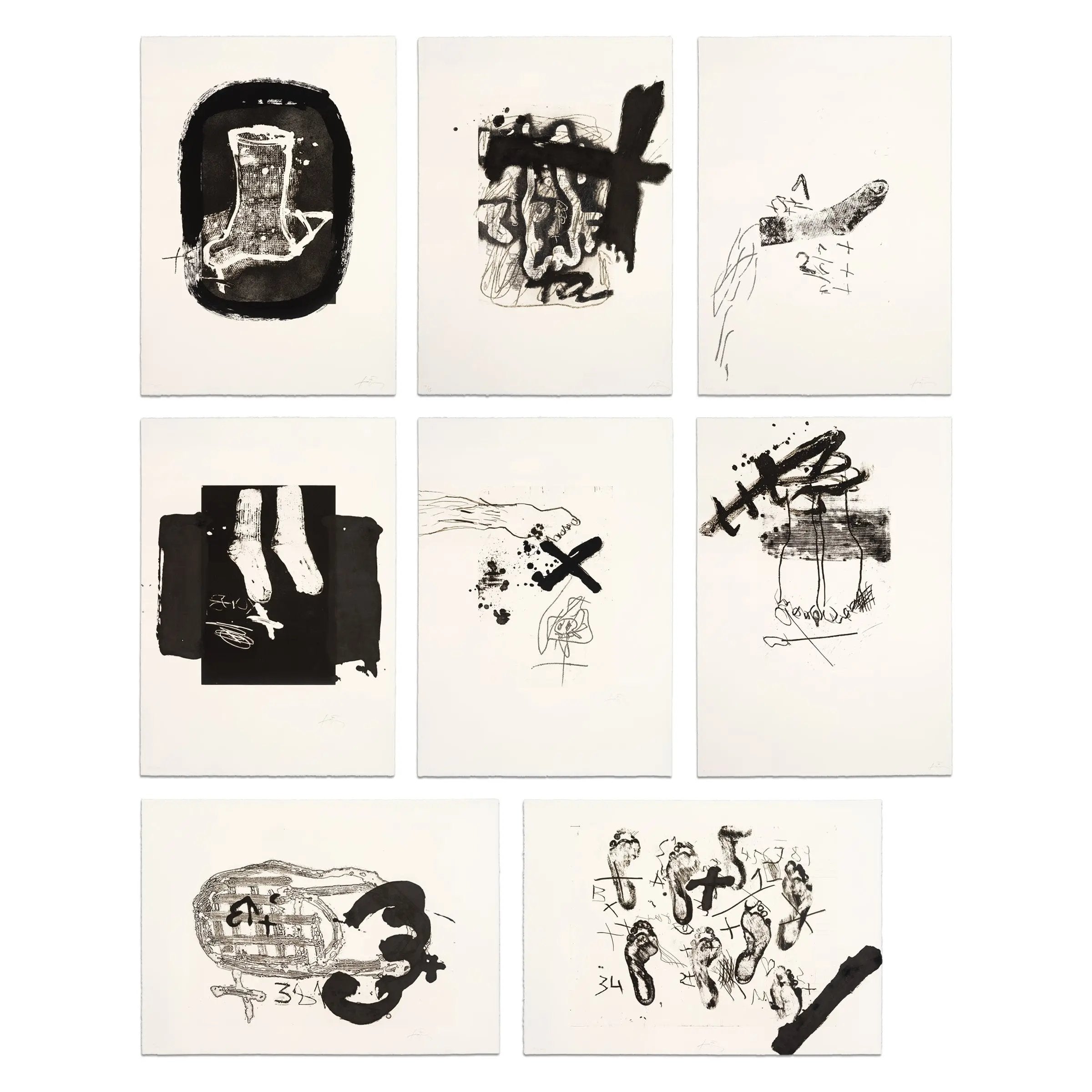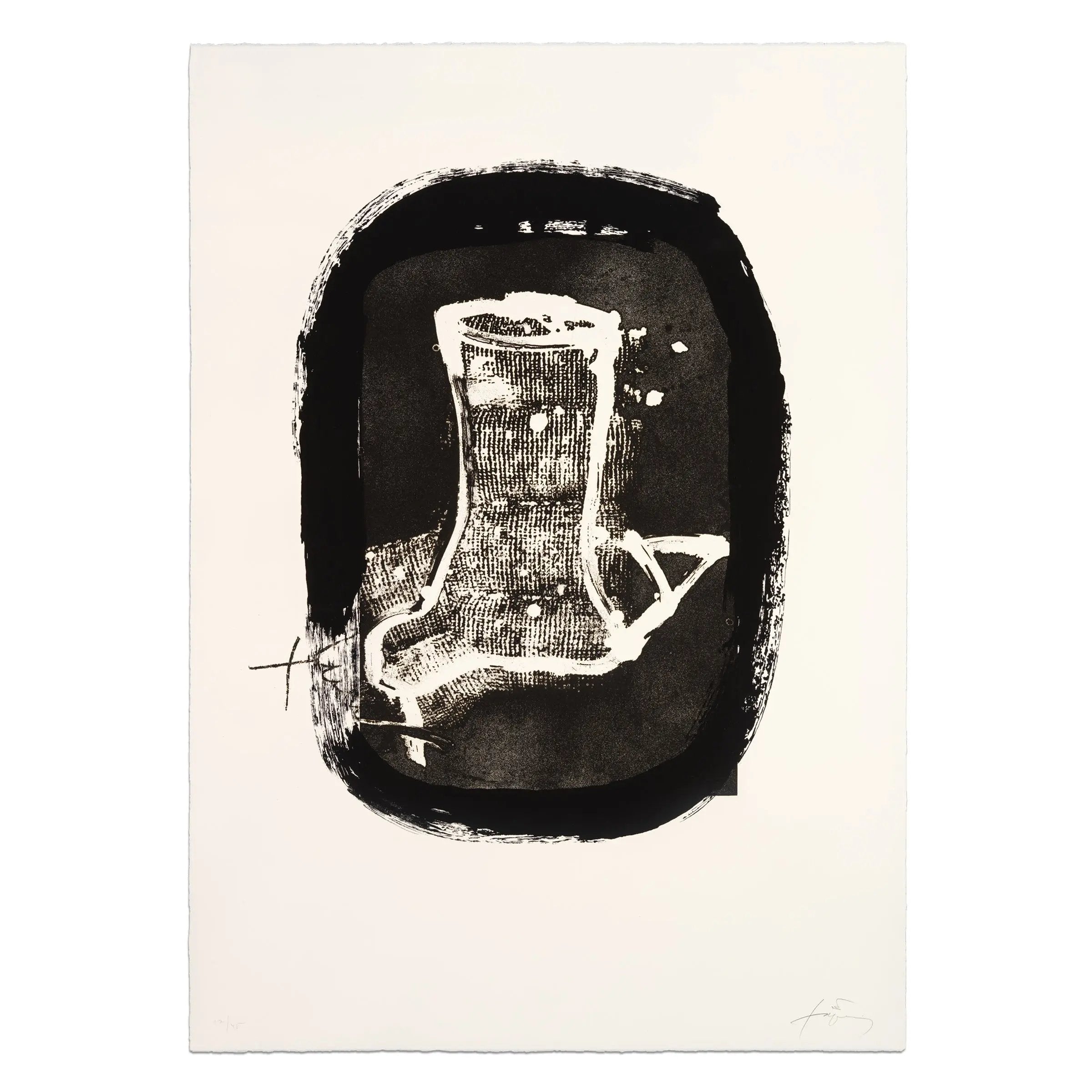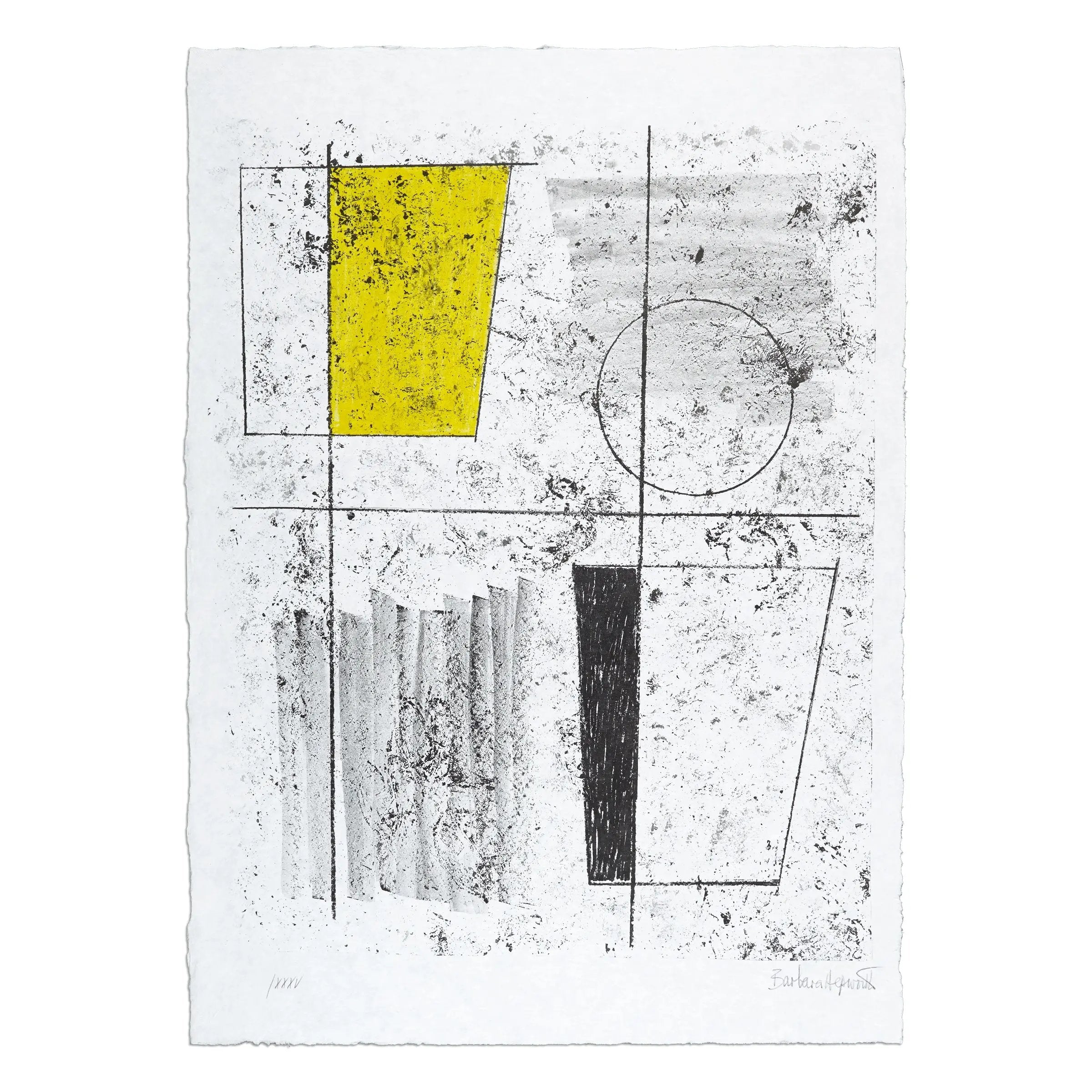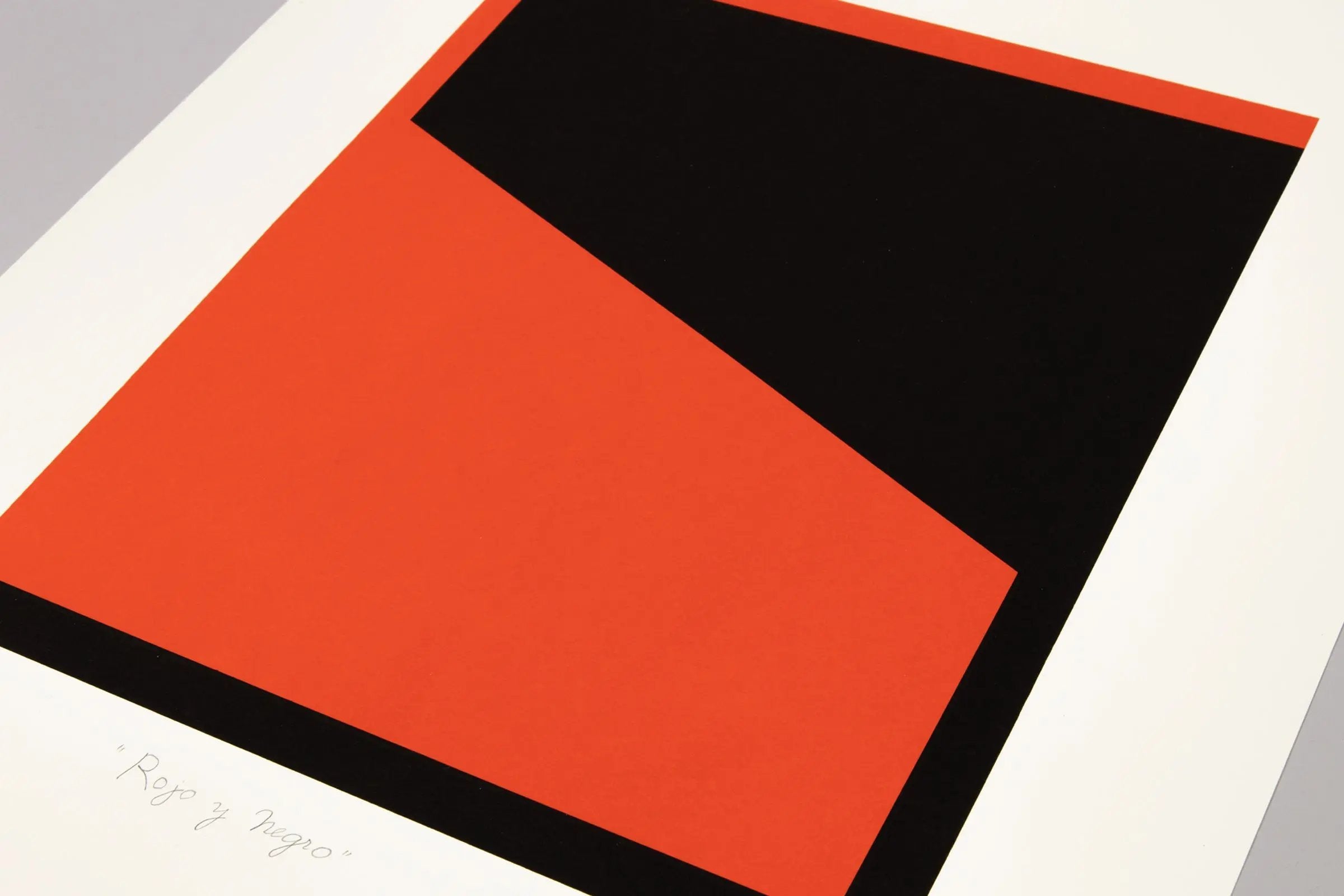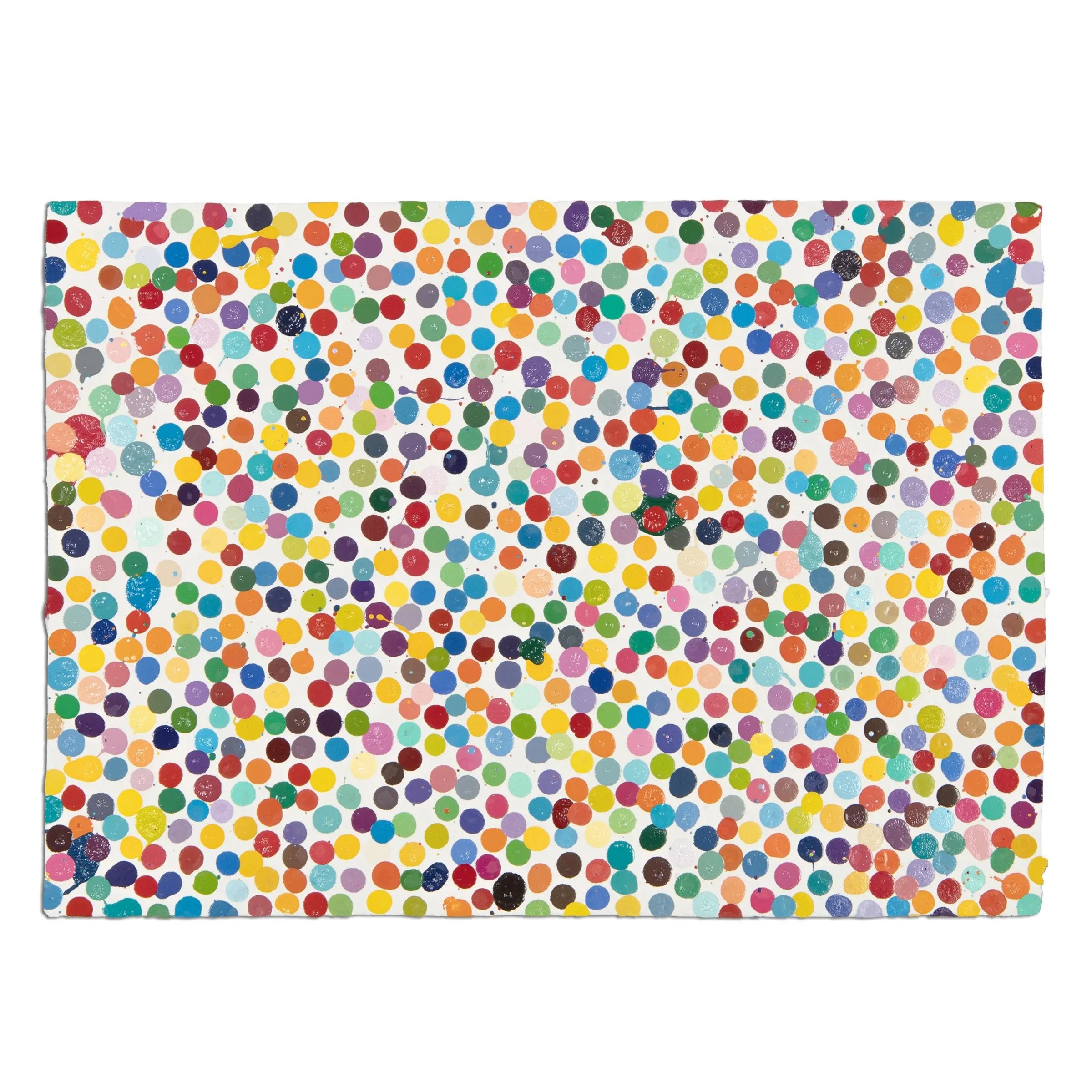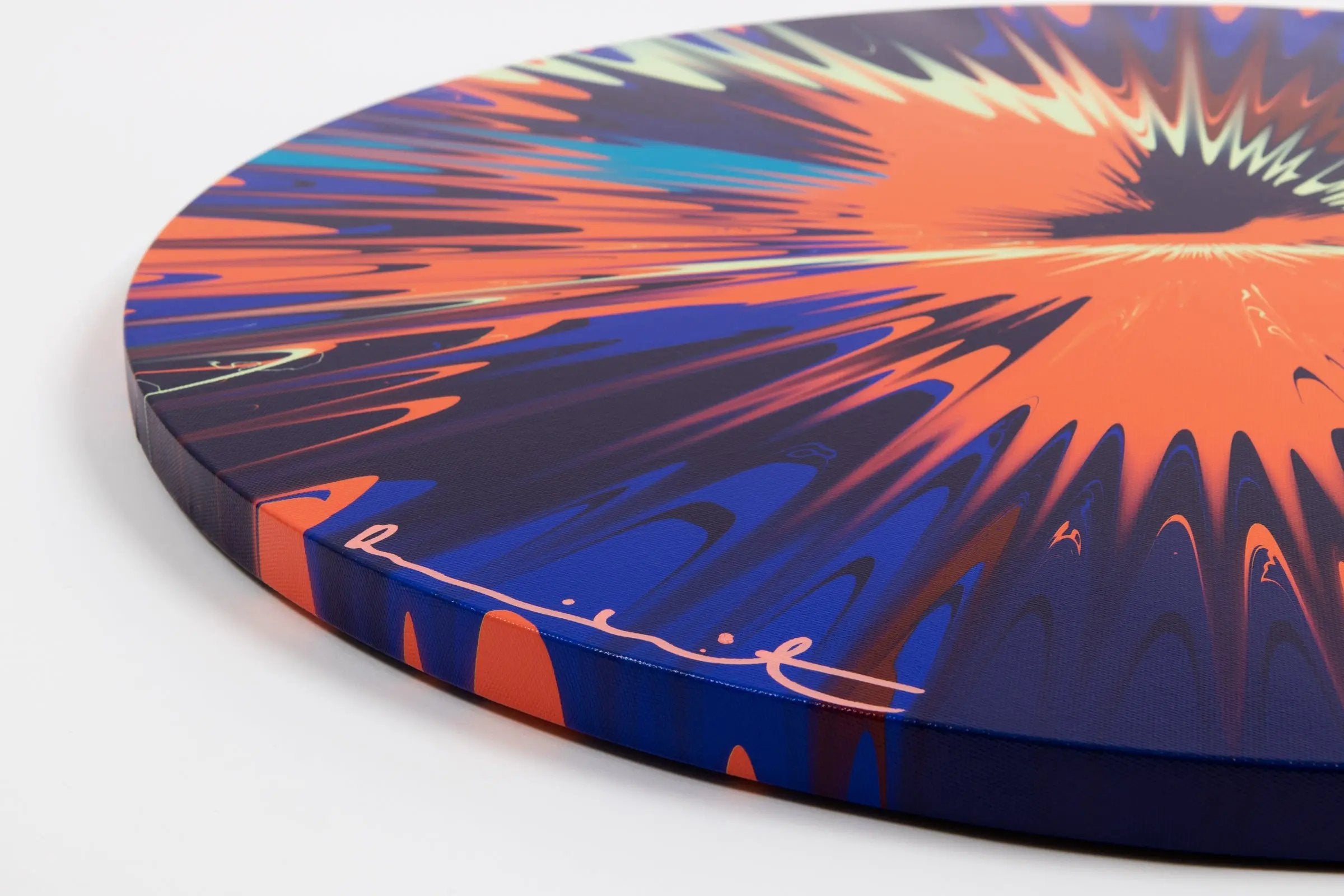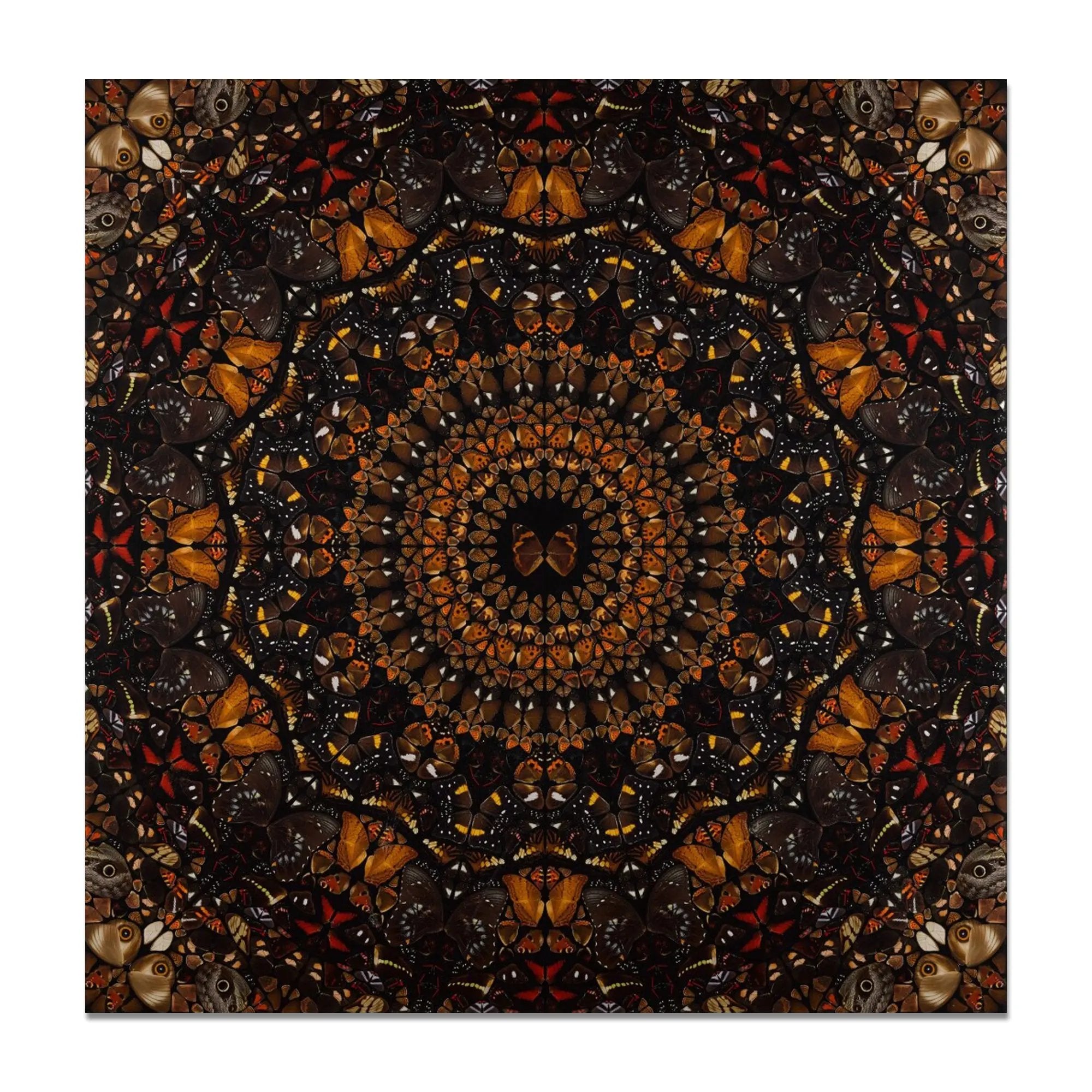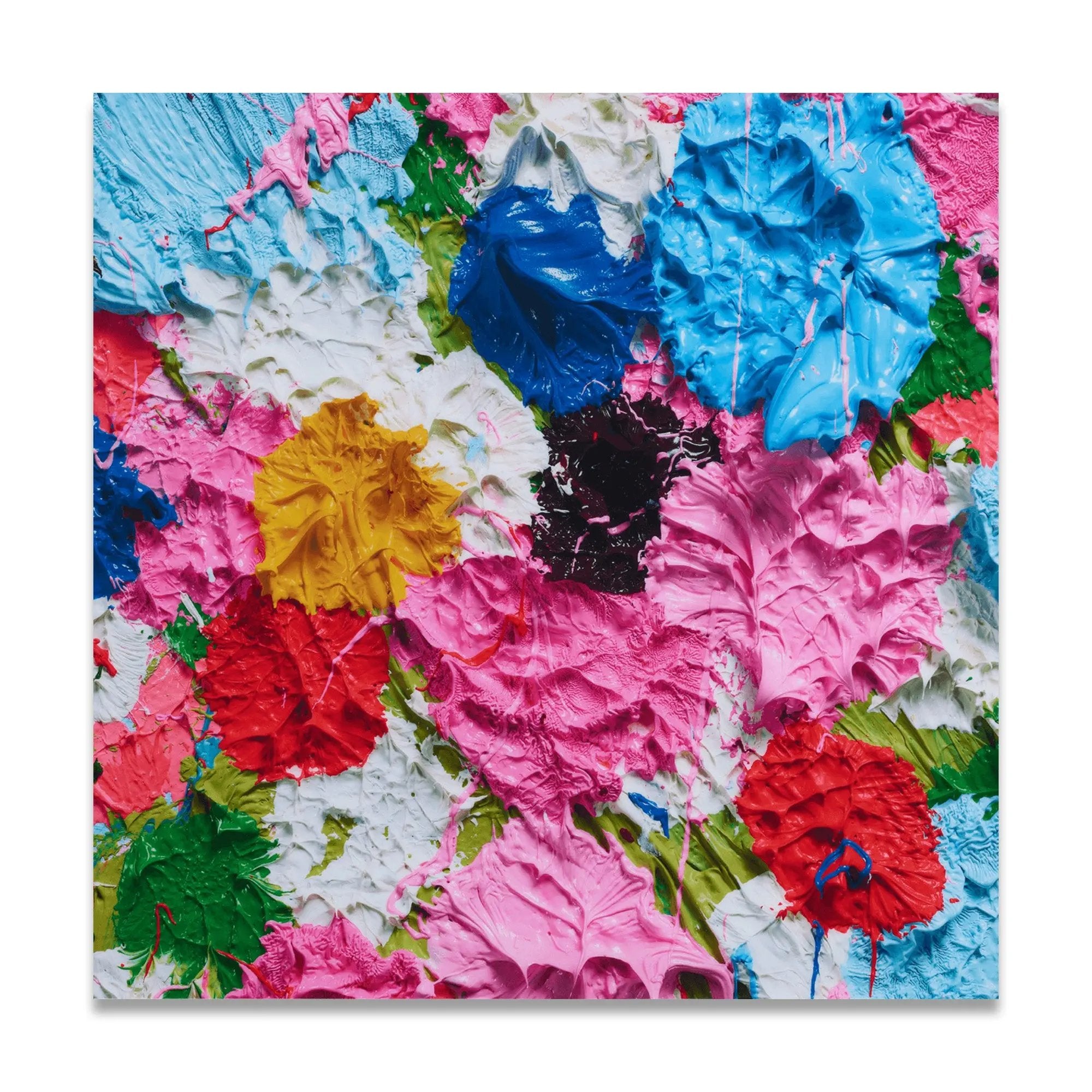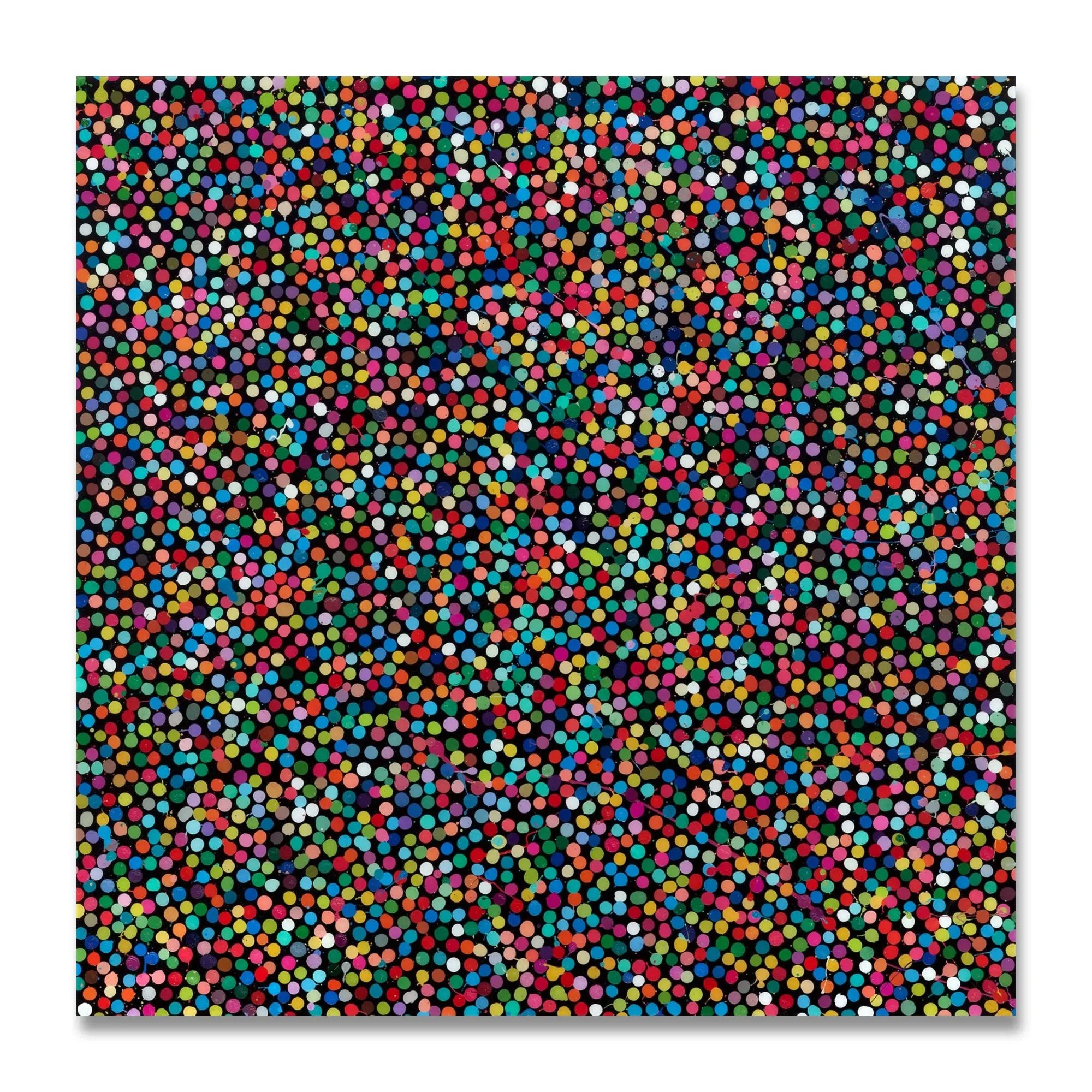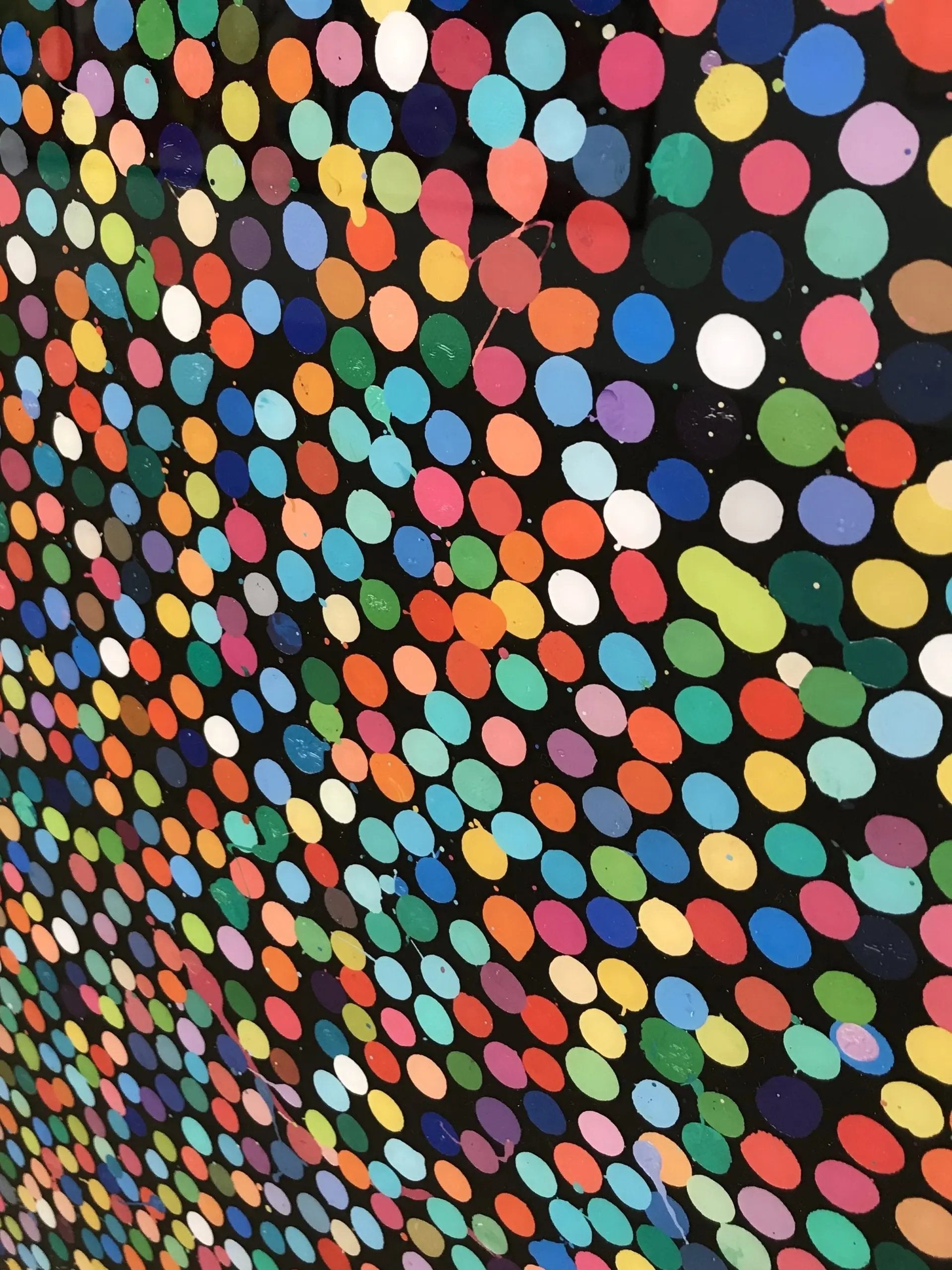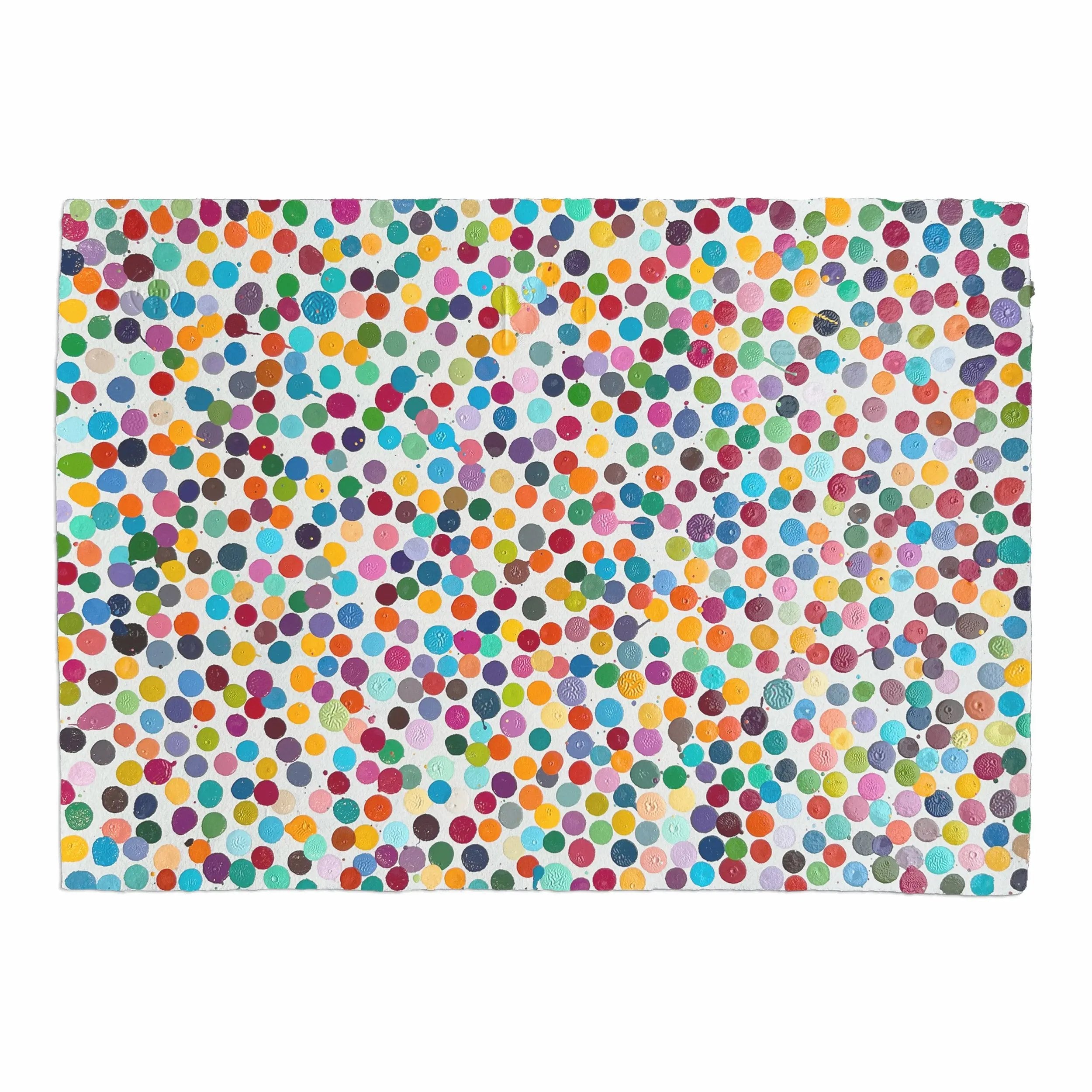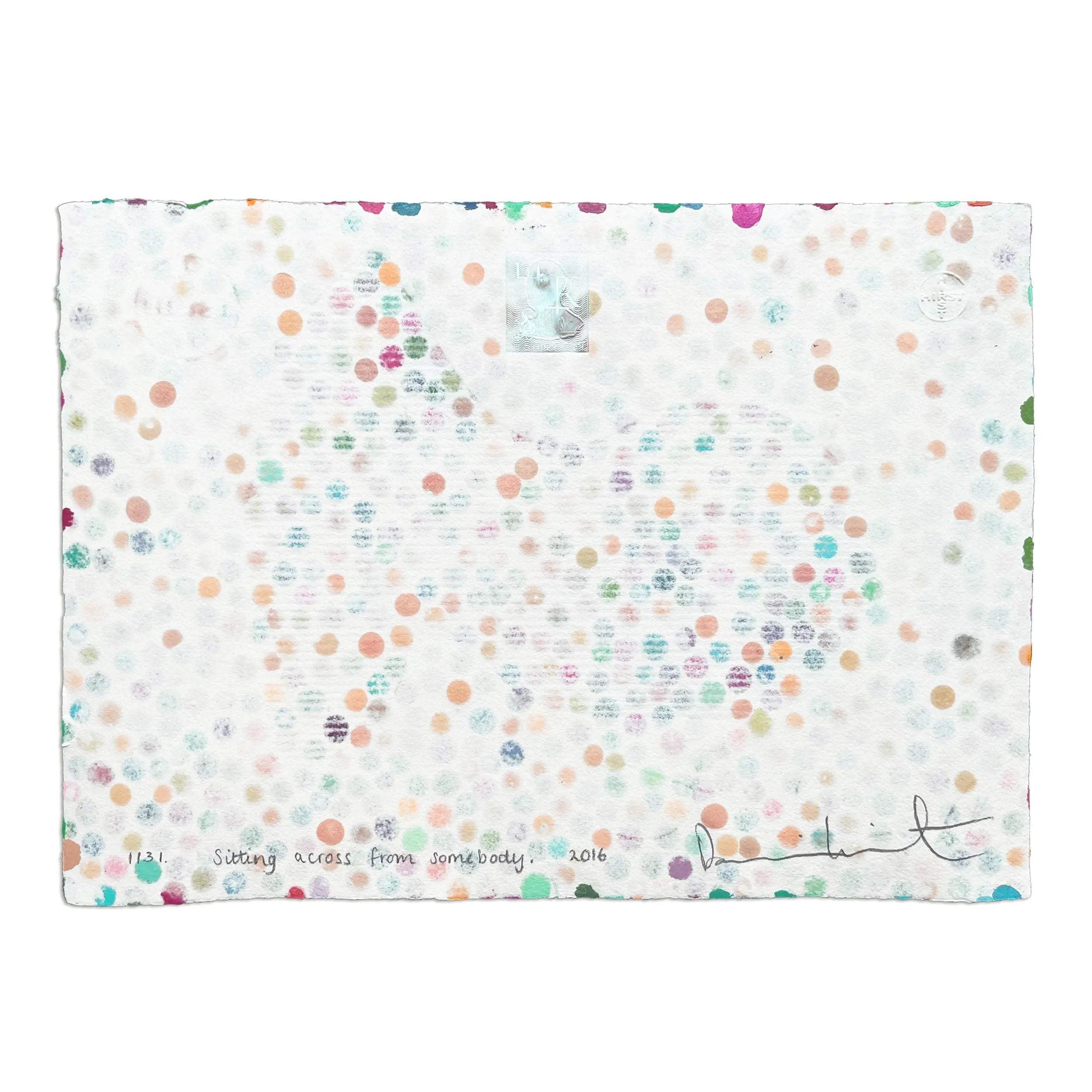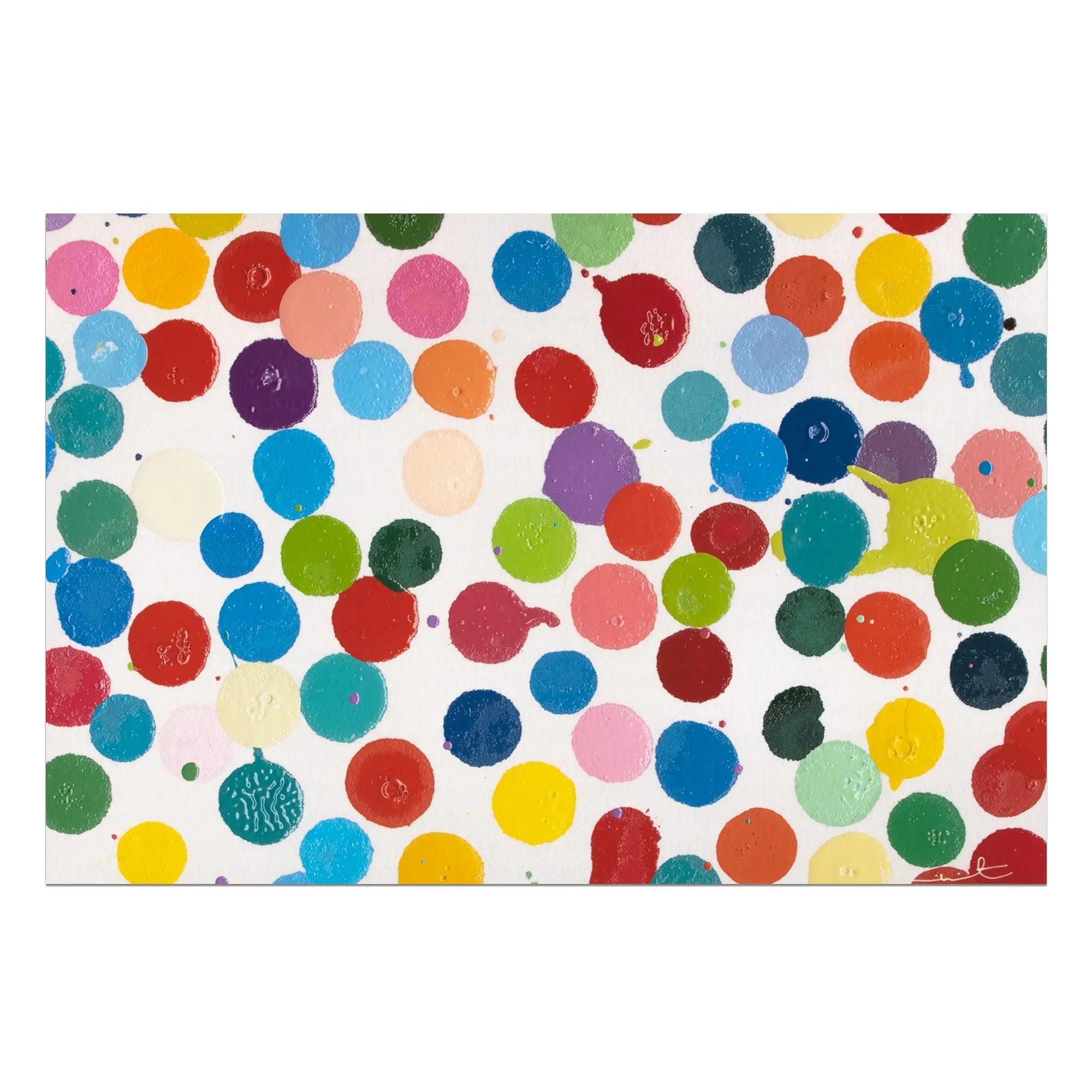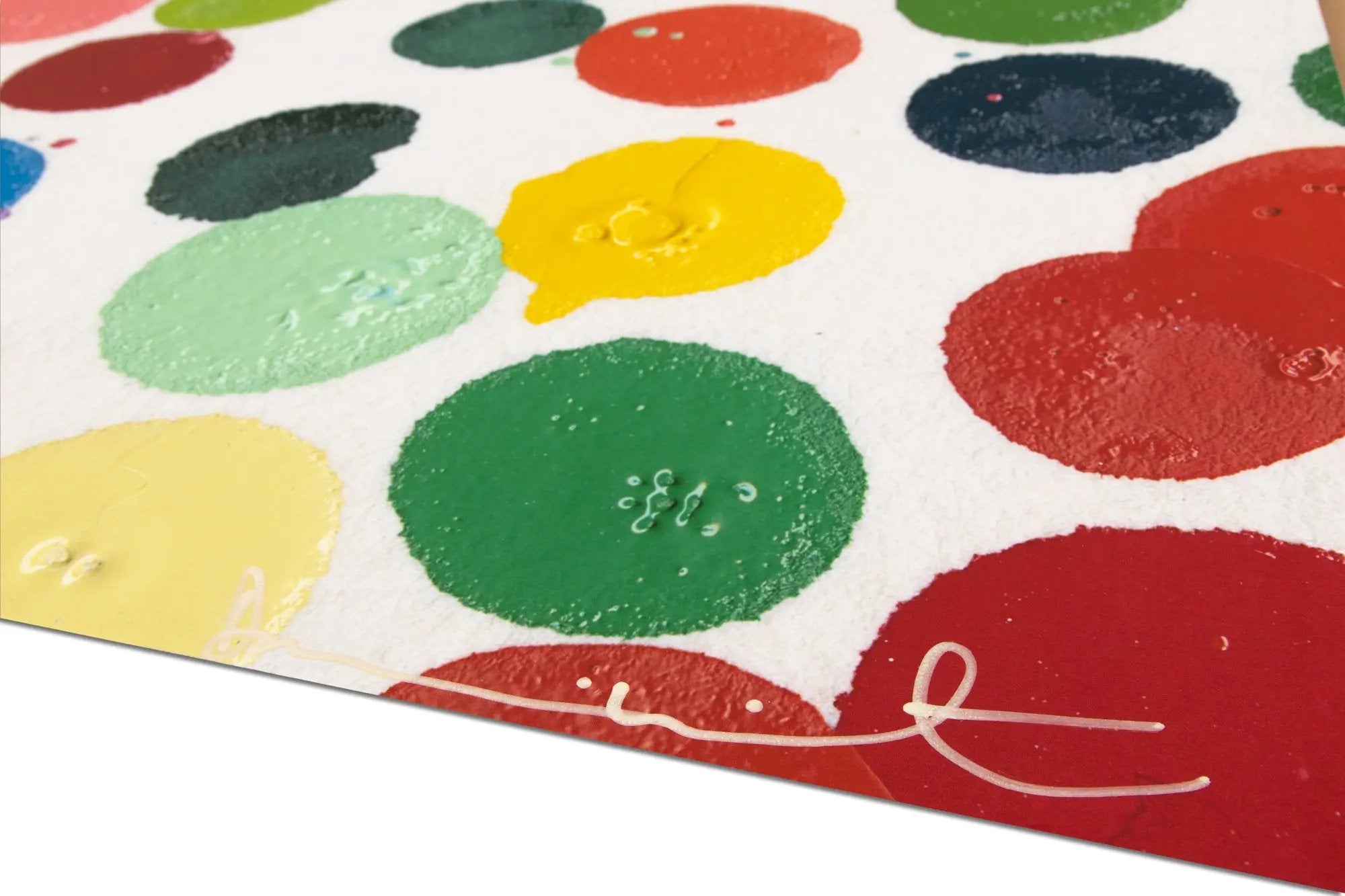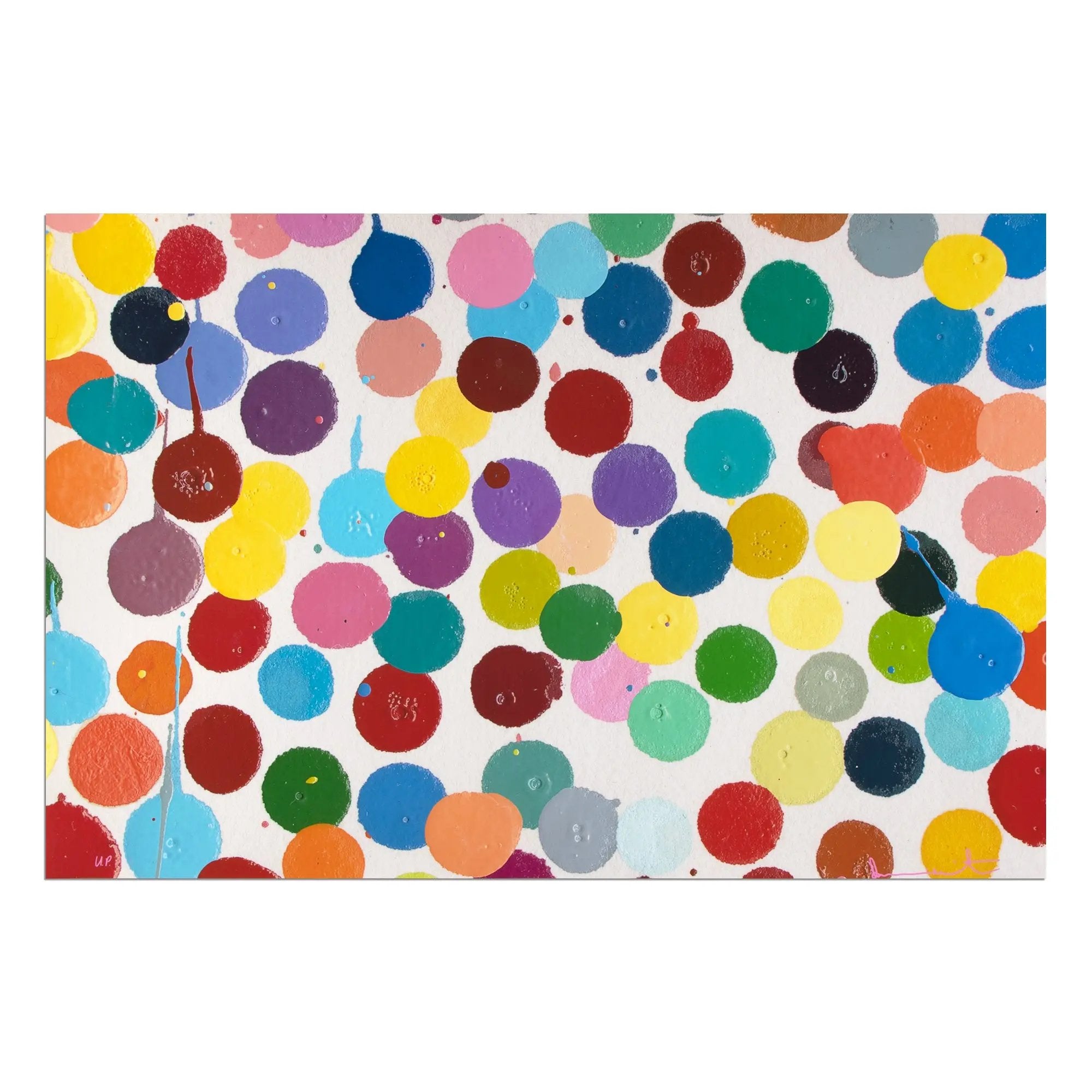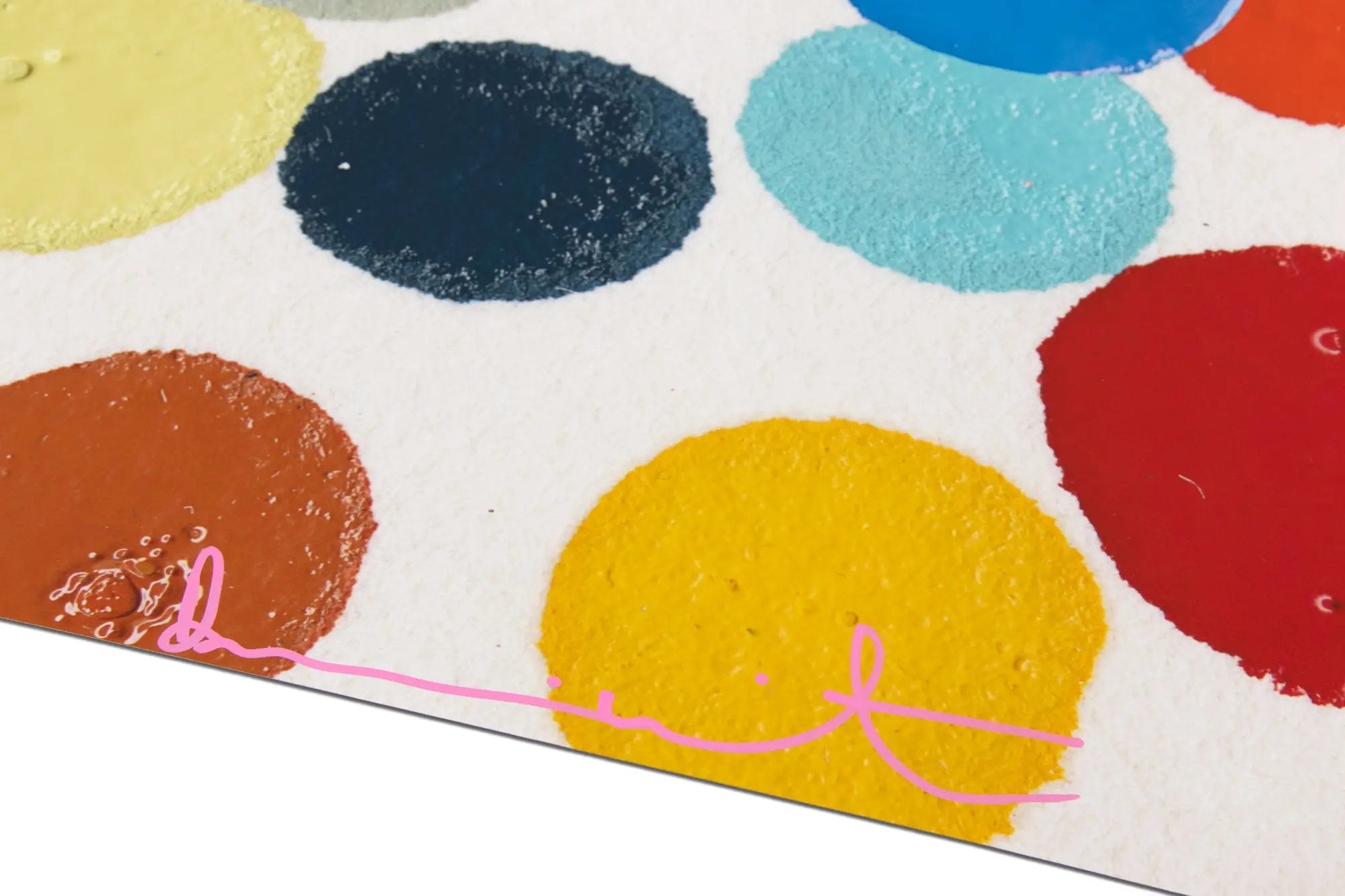Filters
129 products
Georg Baselitz - Abe
Sale price€3.000,00
Rupprecht Geiger - Rot zu Gelb
Sale price€3.800,00
Ed Ruscha – Mr. Ray
Sale price€12.500,00
Damien Hirst – Spin Spin Sugar
Sale price€5.900,00
Günther Förg – Untitled Monotype
Sale price€6.400,00
Georg Baselitz – Puck
Sale price€3.900,00
Gabriel Orozco – Untitled Print
Sale price€3.300,00
Anselm Reyle – Untitled (Suite of 4 Works)
Sale price€11.000,00
Ellsworth Kelly – Die Welt
Sale price€3.400,00
James Rosenquist – Circles of Confusion
Sale price€1.900,00
Richard Anuszkiewicz – 6 Seritypien
Sale price€7.600,00
Sarah Morris – Midtown – Viacom
Sale price€2.900,00
Günther Uecker – Lithograph from Nagelbuch
Sale price€1.900,00
Dan Flavin – For a pair of curvilinear walls
Sale price€2.400,00
Richard Anuszkiewicz – Untitled (Kölner Kunstmarkt 68)
Sale price€1.400,00
Chris Ofili – Untitled (from Stütz-Mappe)
Sale price€1.900,00
Günther Förg - Capri – 6 Cantos
Sale price€18.000,00
Candida Höfer - Colored Wood
Sale price€2.600,00
Damien Hirst - Theodora (H10-3)
Sale price€4.600,00
Daniel Buren - Untitled (Leporello)
Sale price€2.400,00
Georg Baselitz - Der Berg
Sale price€1.400,00
Georg Baselitz - Grüner Hase
Sale price€4.600,00
Georg Baselitz - Winterschlaf X
Sale price€7.700,00
Jenny Holzer - Water Board 0000090
Sale price€1.900,00
André Butzer - Dr. Pfeffer
Sale price€2.700,00
André Butzer - Pastrami
Sale price€2.700,00
André Butzer - Katze
Sale price€2.800,00
André Butzer - Untitled (Ich will erstmal 'ne Cola!)
Sale price€1.200,00
André Butzer - Untitled (Wanderer)
Sale price€1.900,00
André Butzer - Untitled (Smileys)
Sale price€2.700,00
André Butzer - Untitled (Purple)
Sale price€2.700,00
Anni Albers - ST
Sale price€3.600,00
André Butzer - Untitled (Yellow)
Sale price€2.700,00
Antoni Tàpies - La Llum
Sale price€9.600,00
Barbara Hepworth - Three Forms Assembling
Sale price€7.000,00
Carmen Herrera - Rojo y Negro
Sale price€7.000,00
Carmen Herrera - Untitled (NRW)
Sale price€9.500,00
Damien Hirst - And you know it? (The Currency)
Sale price€9.800,00
Damien Hirst - The Beautiful Paintings
Sale price€9.800,00
Damien Hirst - Forever (Small)
Sale price€1.300,00
Damien Hirst - Loyalty
Sale price€22.000,00
Damien Hirst - Fruitful (Small)
Sale price€1.300,00
Damien Hirst - Savoy
Sale price€14.500,00
Damien Hirst - Sitting Across from Somebody (The Currency)
Sale price€9.800,00
Damien Hirst - The Currency Unique Print (H11)
Sale price€9.400,00
Damien Hirst - The Currency Unique Print (H11)
Sale price€9.400,00

01
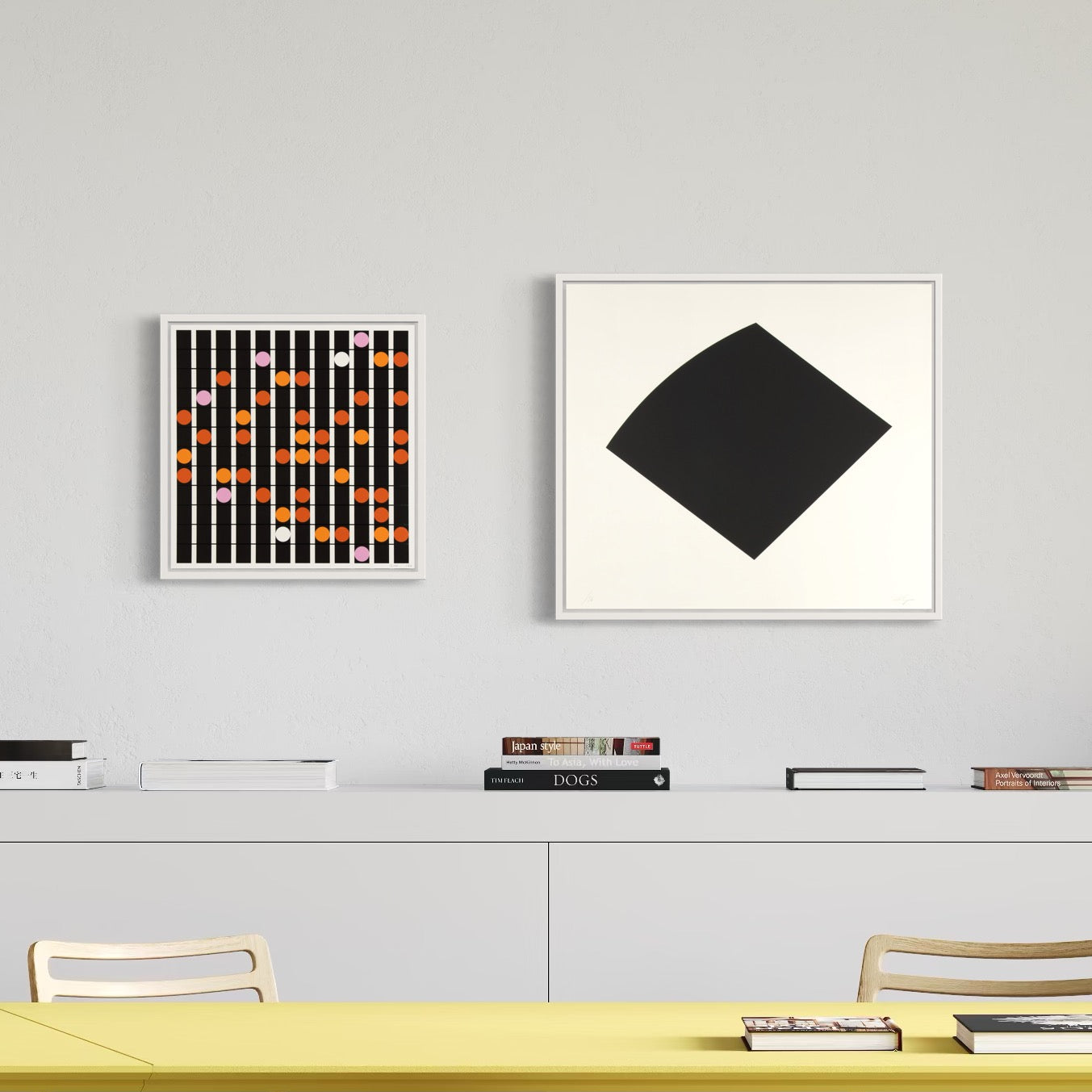
02
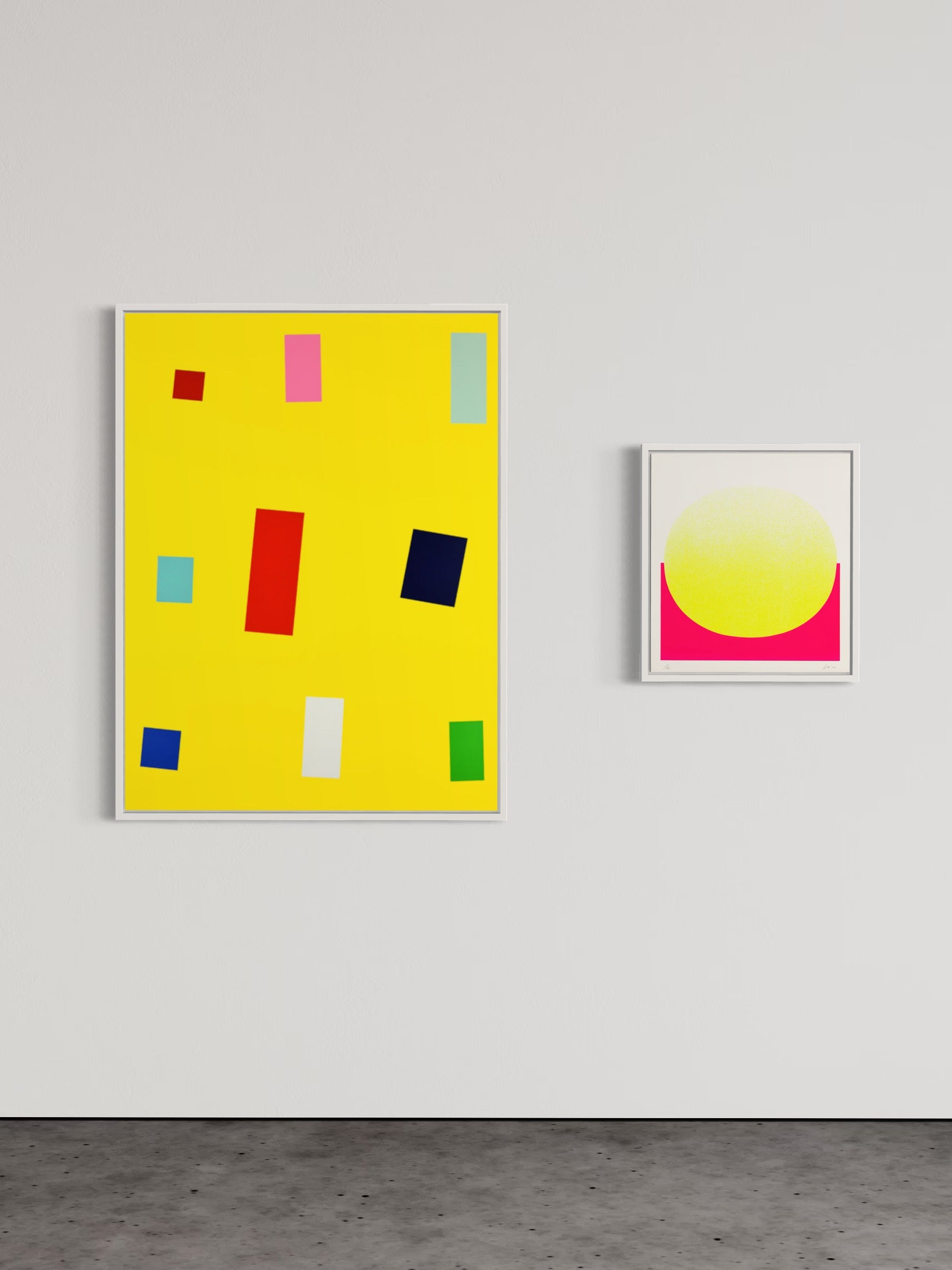
03
01
02
03



